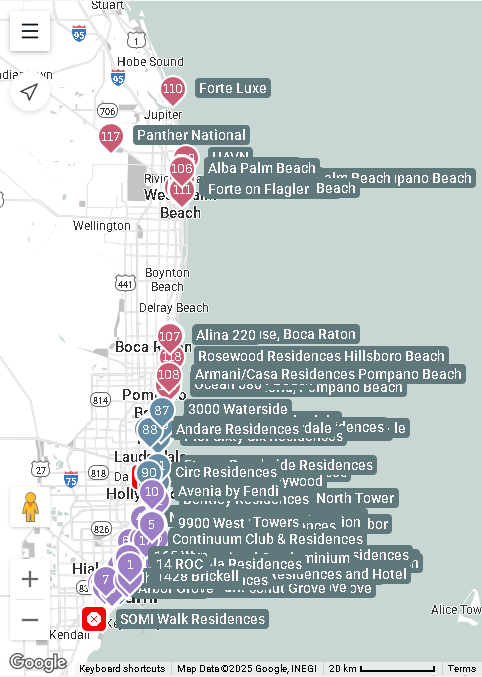Contact
Office
20200 W Dixie Hwy #604
Miami FL 33180
Who we are
You deserve the best in luxury Miami real estate. Our team at Brosda & Bentley is dedicated to understanding your specific needs and working diligently to achieve them. With decades of experience, we are Miami’s premier real estate professionals, specializing in identifying and securing the most exquisite luxury properties for our esteemed clients. Buying, selling, or renting, Brosda & Bentley provides all the resources you need.
1009
TOTAL SALES
$1.5B
TOTAL VALUE
$525K-$89M
PRICE RANGE
$2.2M
AVERAGE PRICE
22+
YEARS OF EXPERIENCE

Ekaterina Brosda is a renowned Luxury Real Estate Agent in South Florida, known for her exceptional expertise and unparalleled commitment to her clients. With a deep understanding of the market and a proven track record in negotiation, Ekaterina consistently delivers outstanding results. Since 2003, she has been ranked in the top 1% of real estate agent, receiving prestigious accolades, including the Masters Diamond Award and the Double Centurion® Platinum Producer honor.
Brosda and Bentley is known for its meticulous attention to detail, strategic market insights, and personalized approach. It ensures that each client's needs are not only met but exceeded. Katerina Brosda’s reputation as a trusted advisor and her commitment to delivering unparalleled service have established her as a leading figure in South Florida's luxury real estate market.





















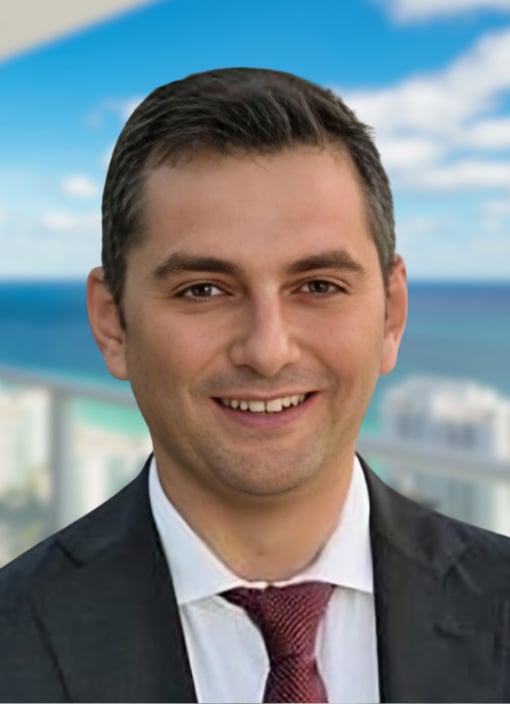
Browse Our

$115,000,000

$45,000,000

$39,490,000

$37,000,000

$32,000,000

$31,500,000

$31,000,000

$29,900,000

$28,950,000

$27,550,000

$27,500,000

$26,000,000
Have an expert help you find out what your home is really worth.
Areas of Expertise
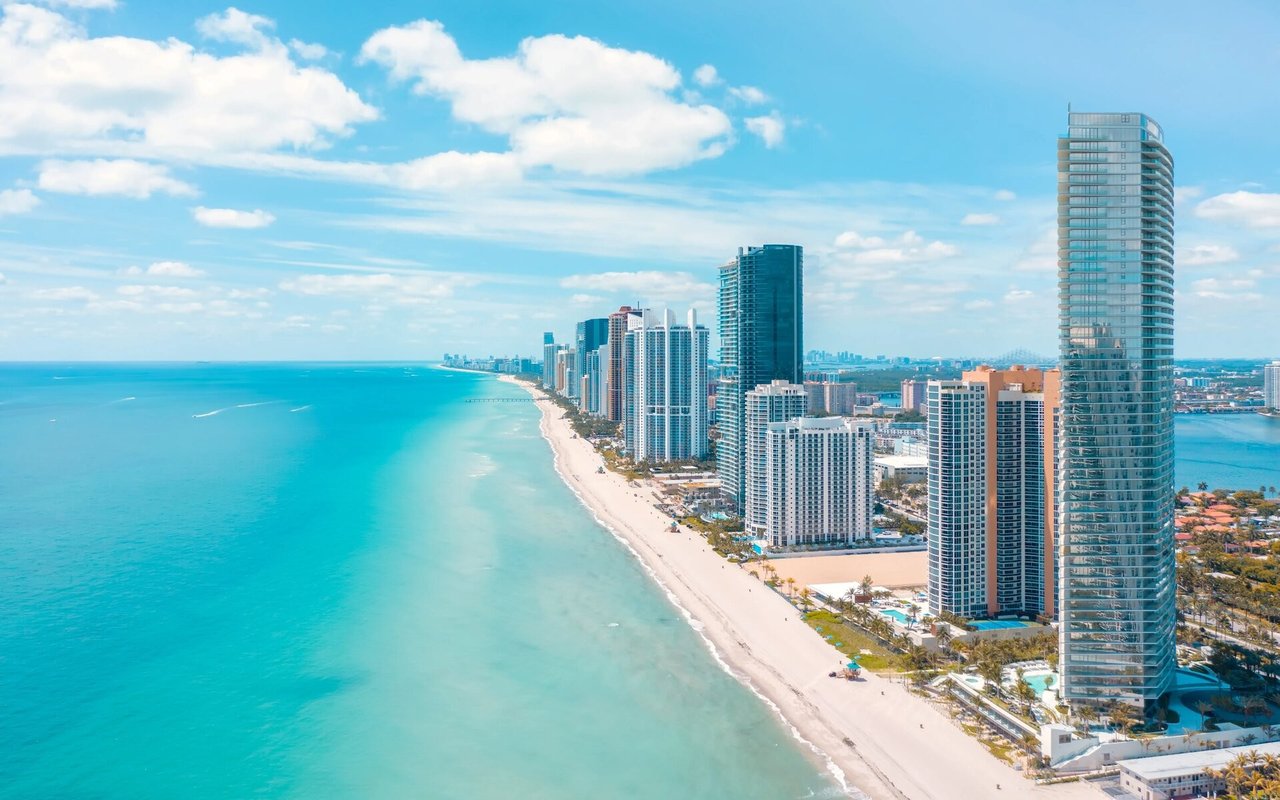
A fusion of luxury, cultural diversity, and sun-soaked tranquility.
Read More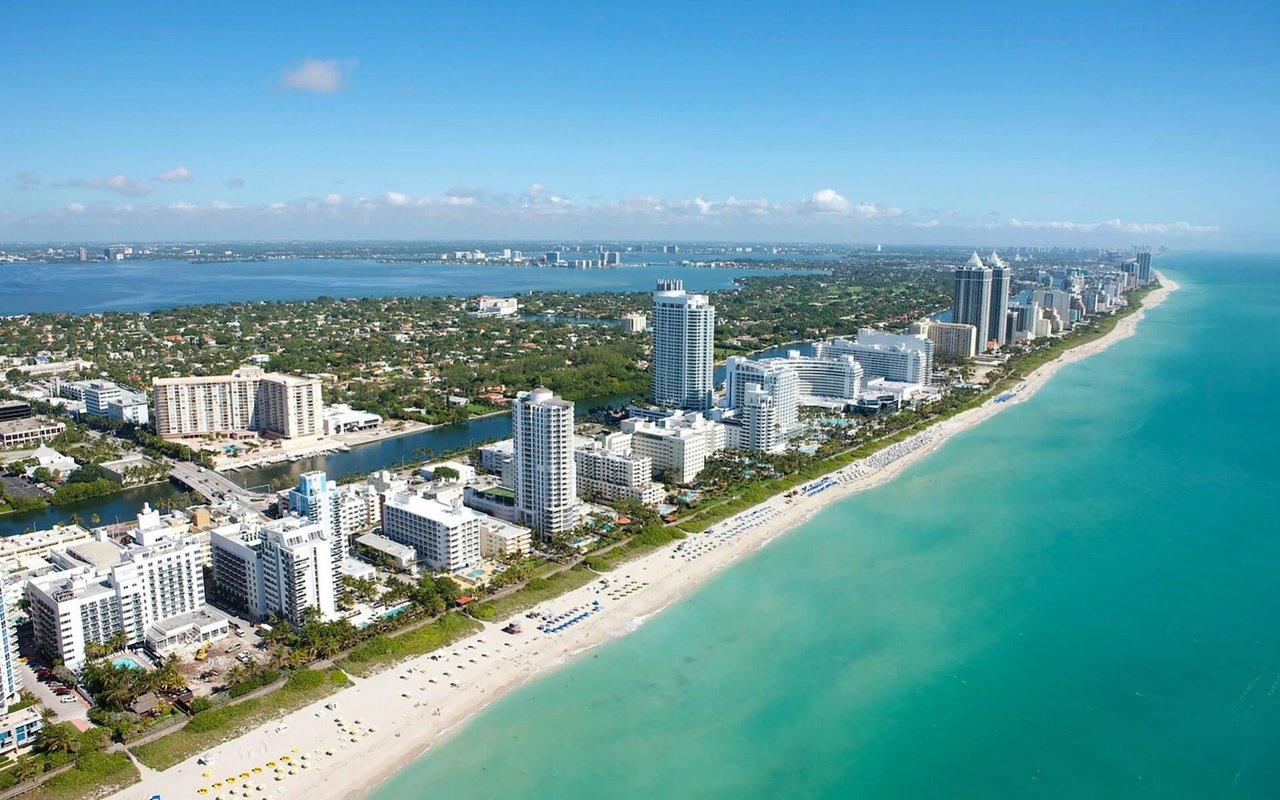
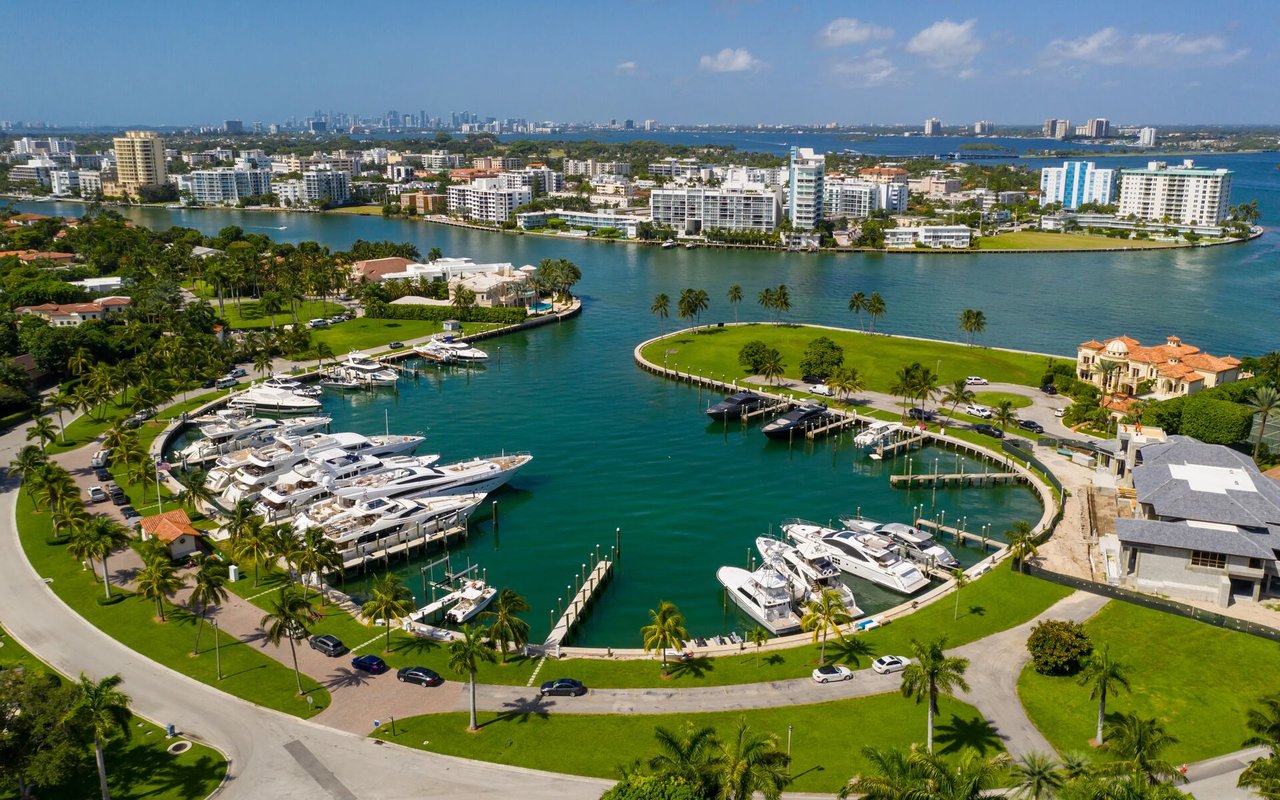
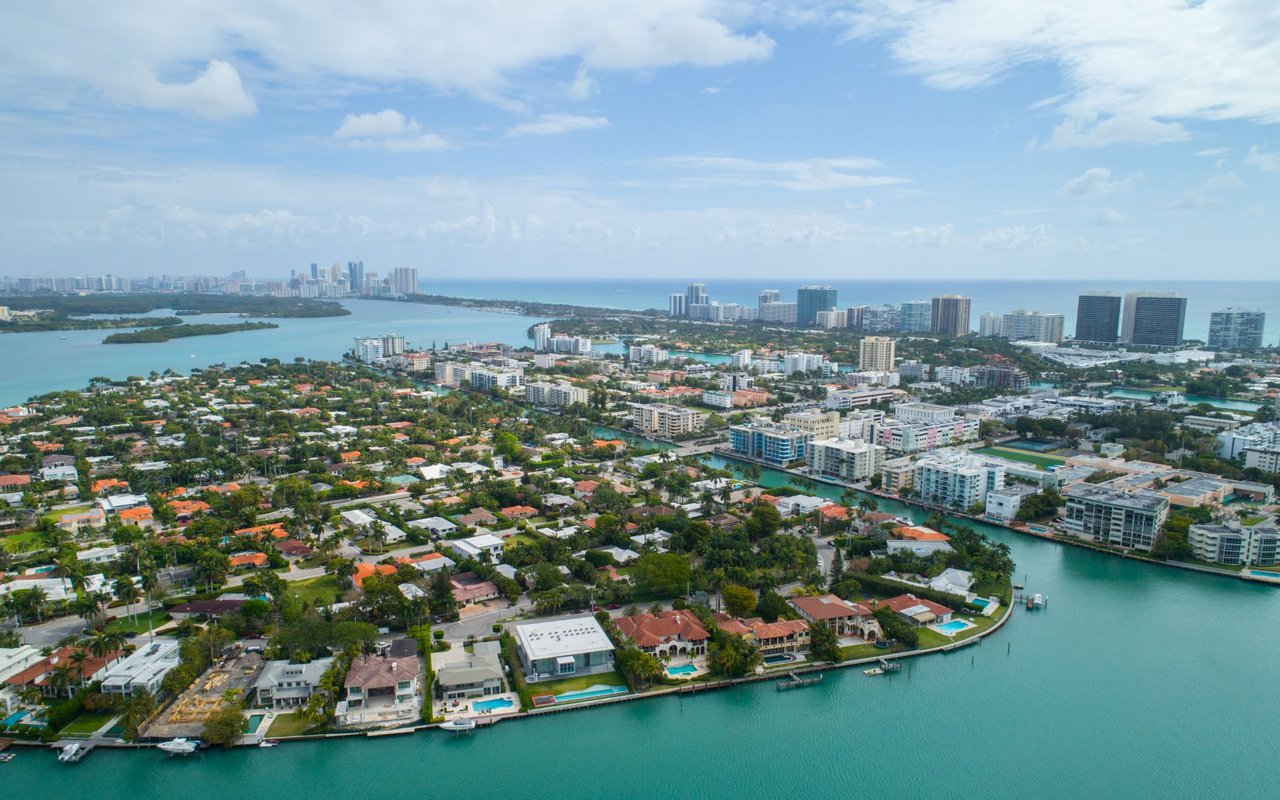
Offers a tranquil and upscale atmosphere with a range of attractions.
Read More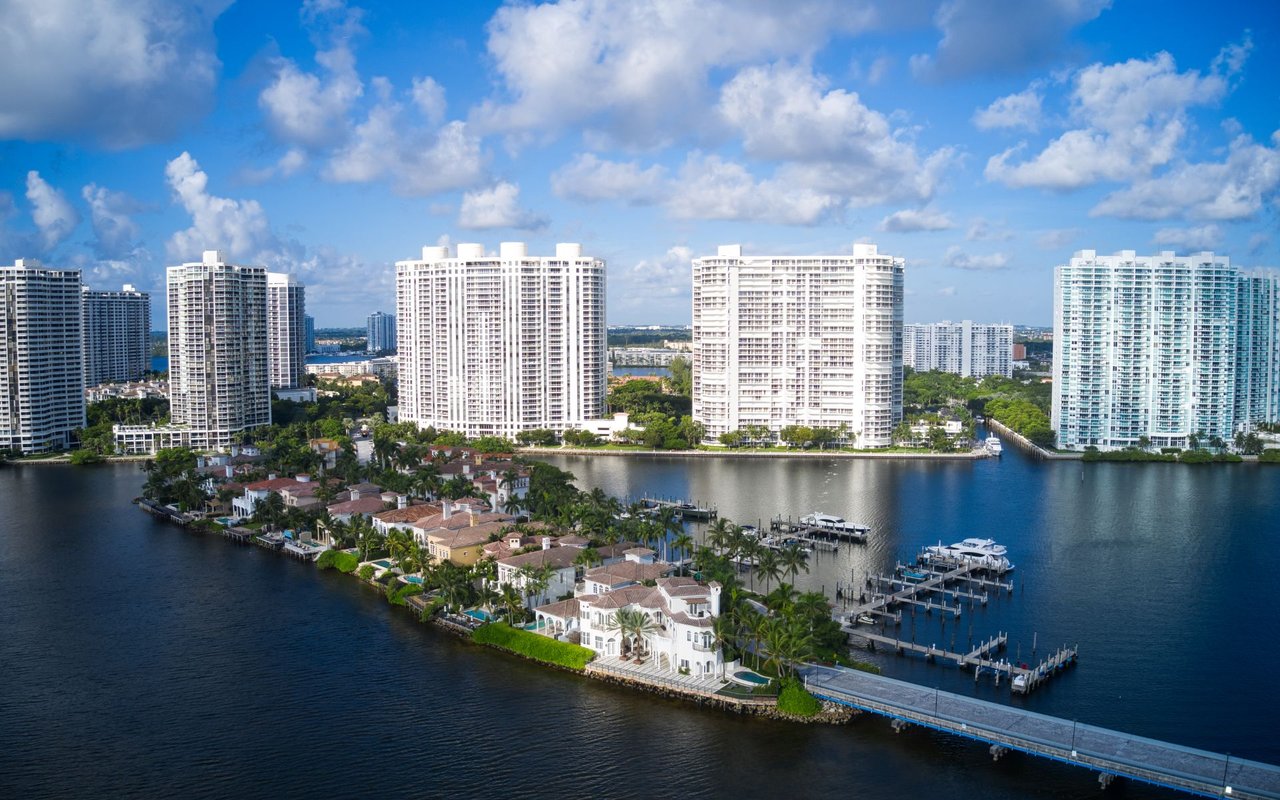
A city that seamlessly blends luxury living with vibrant urban experiences.
Read More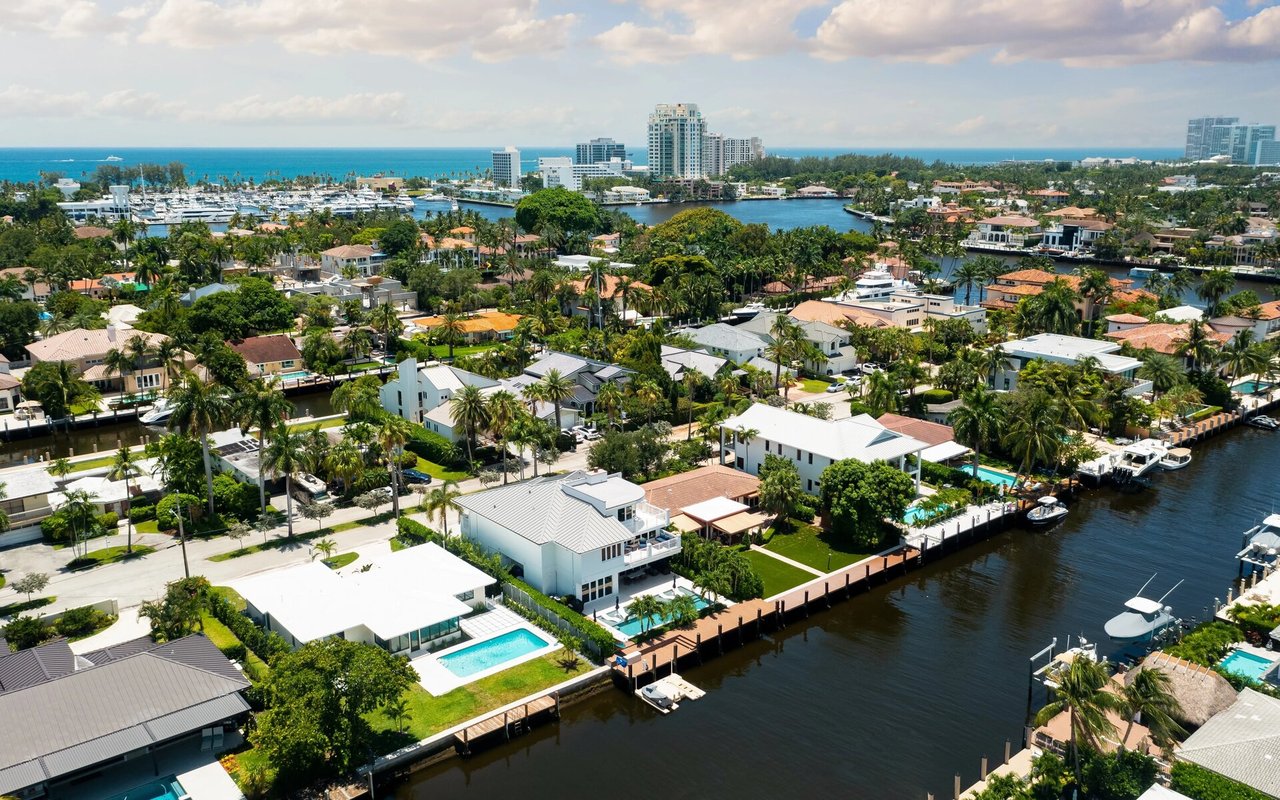
Known for its stunning beaches, cultural attractions, and lively atmosphere.
Read More
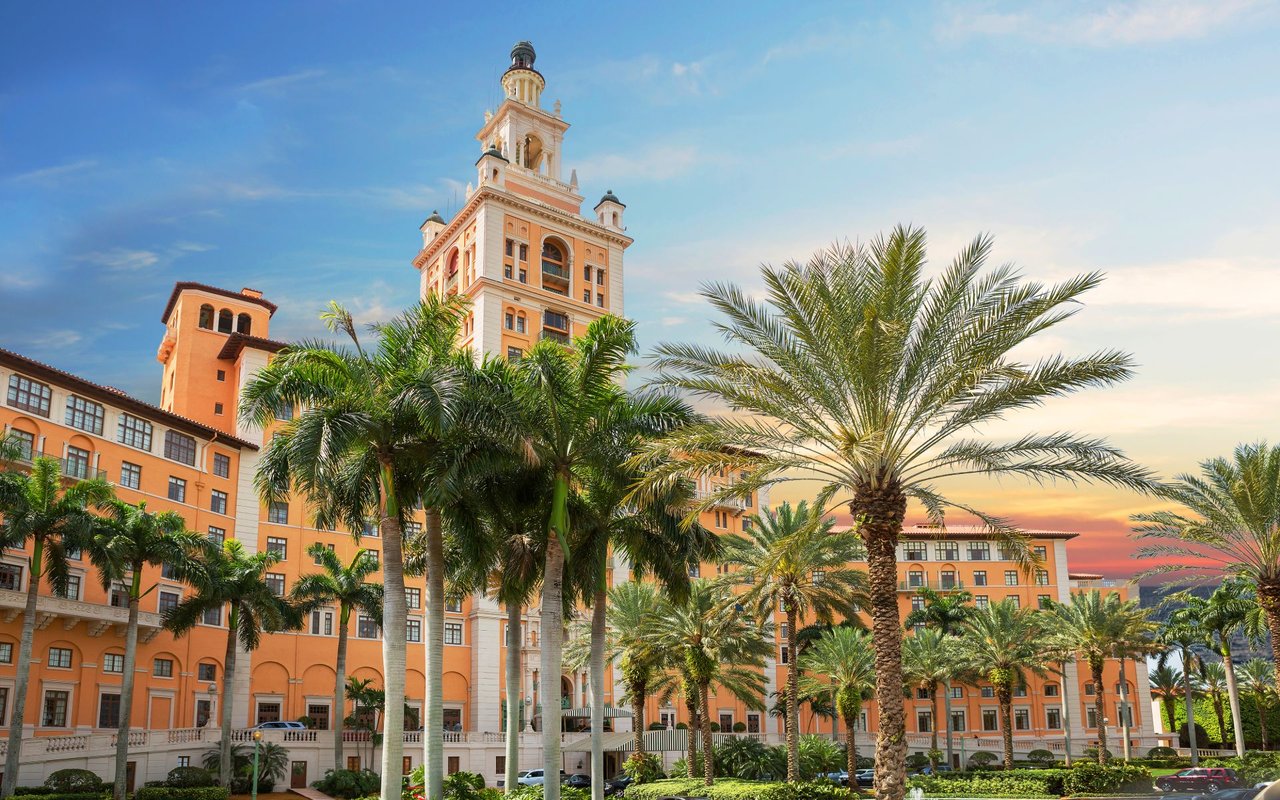
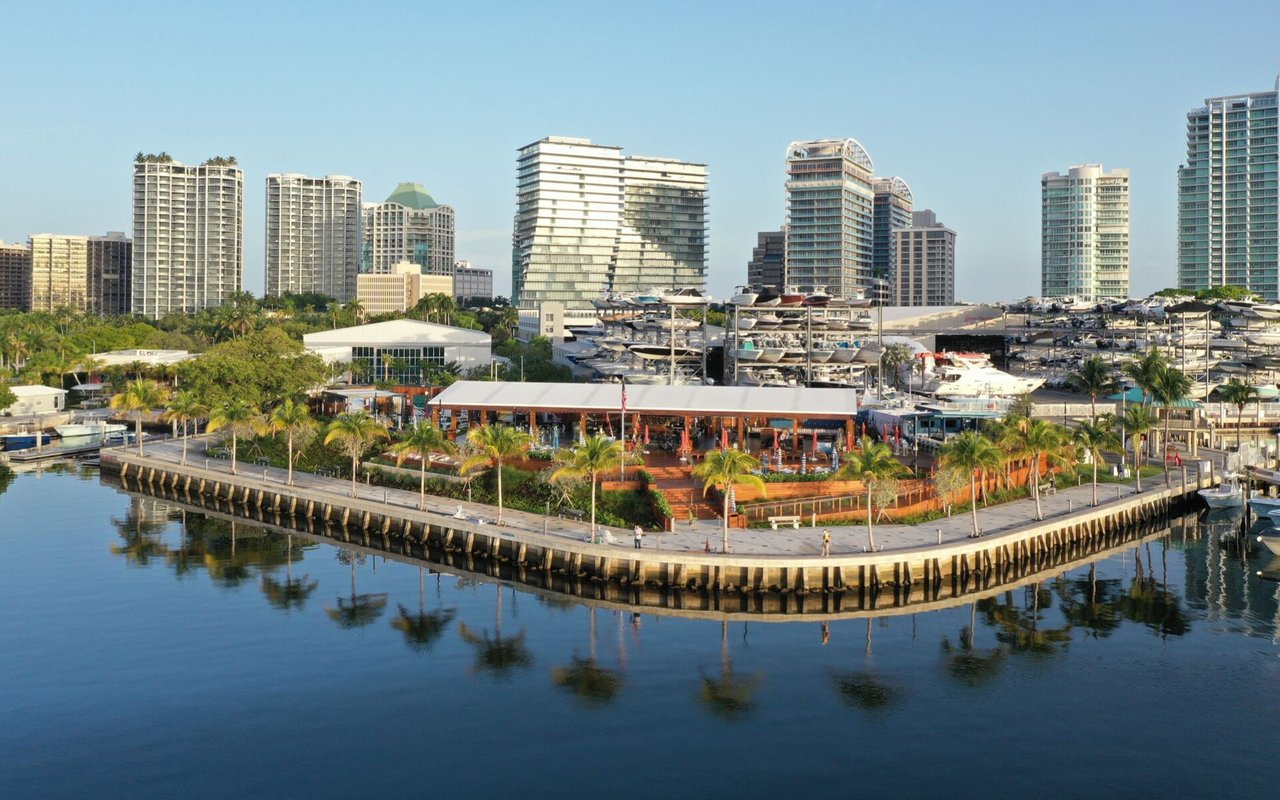
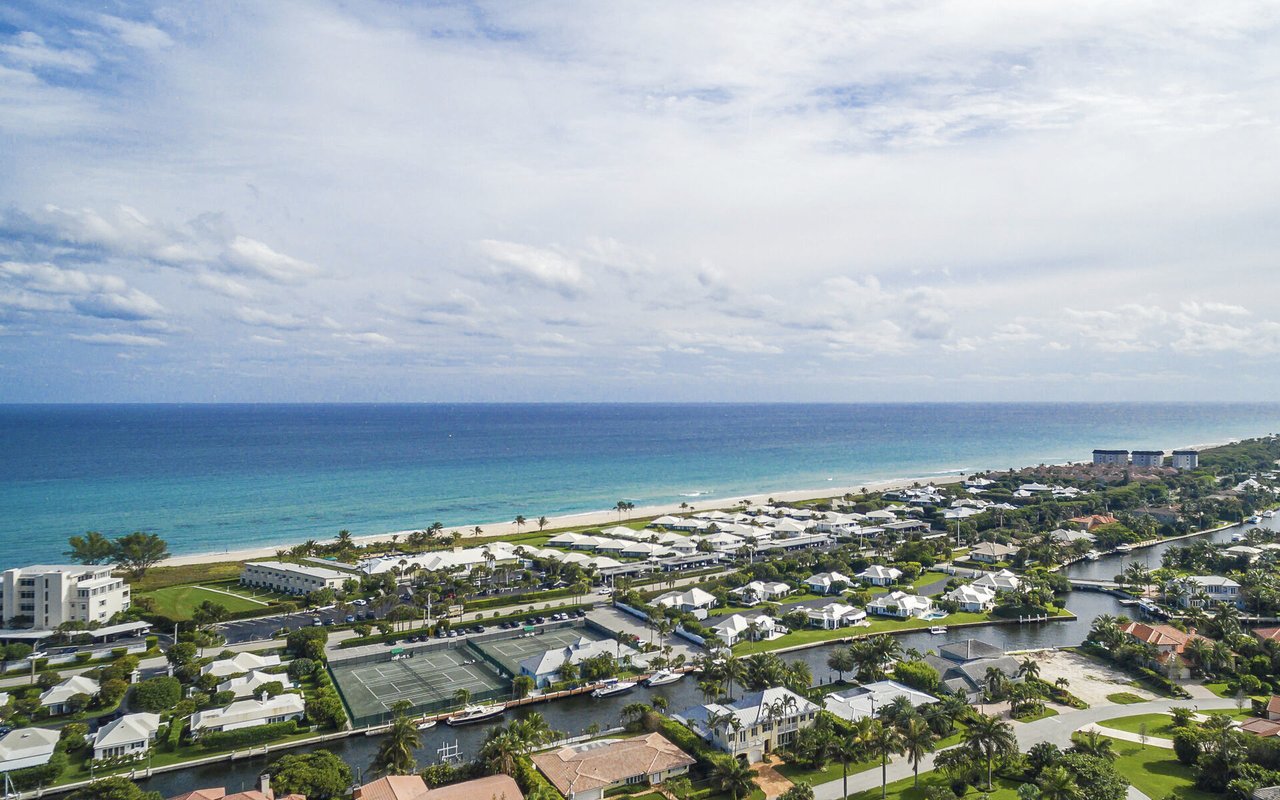
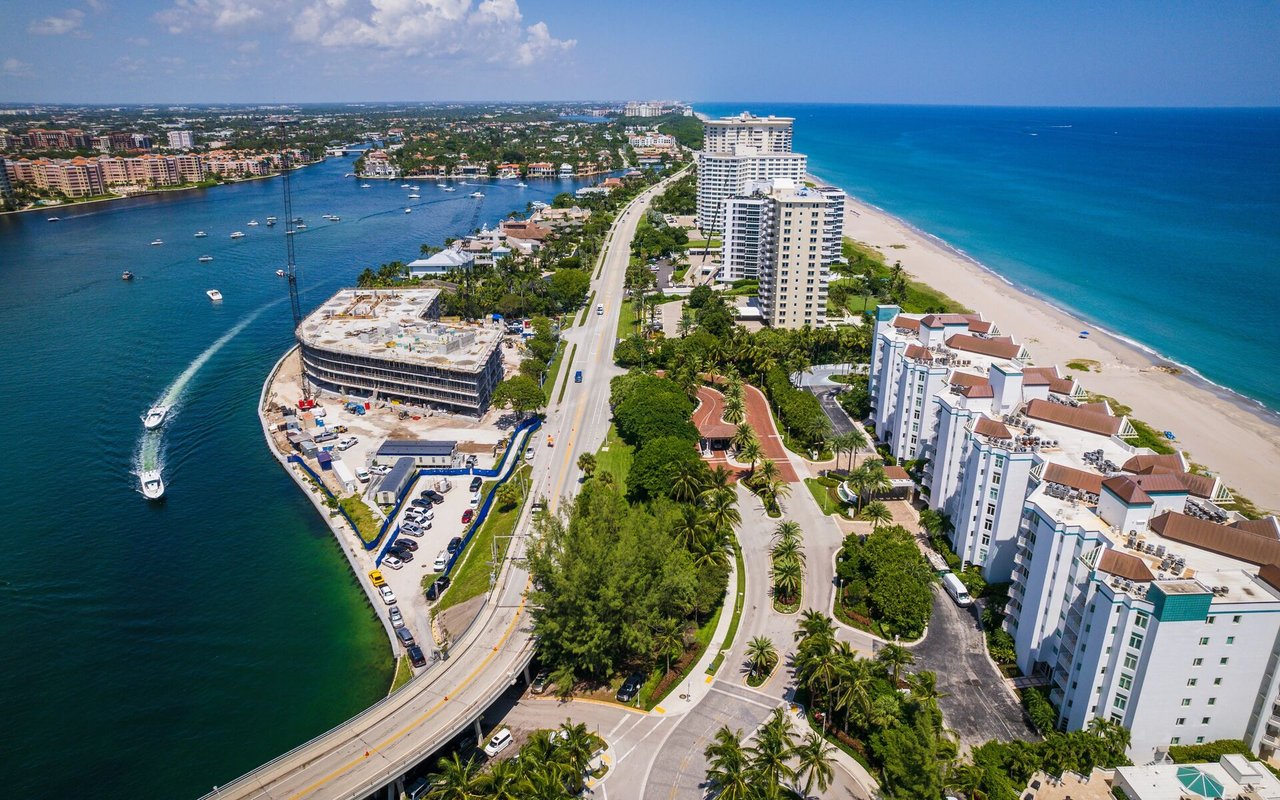

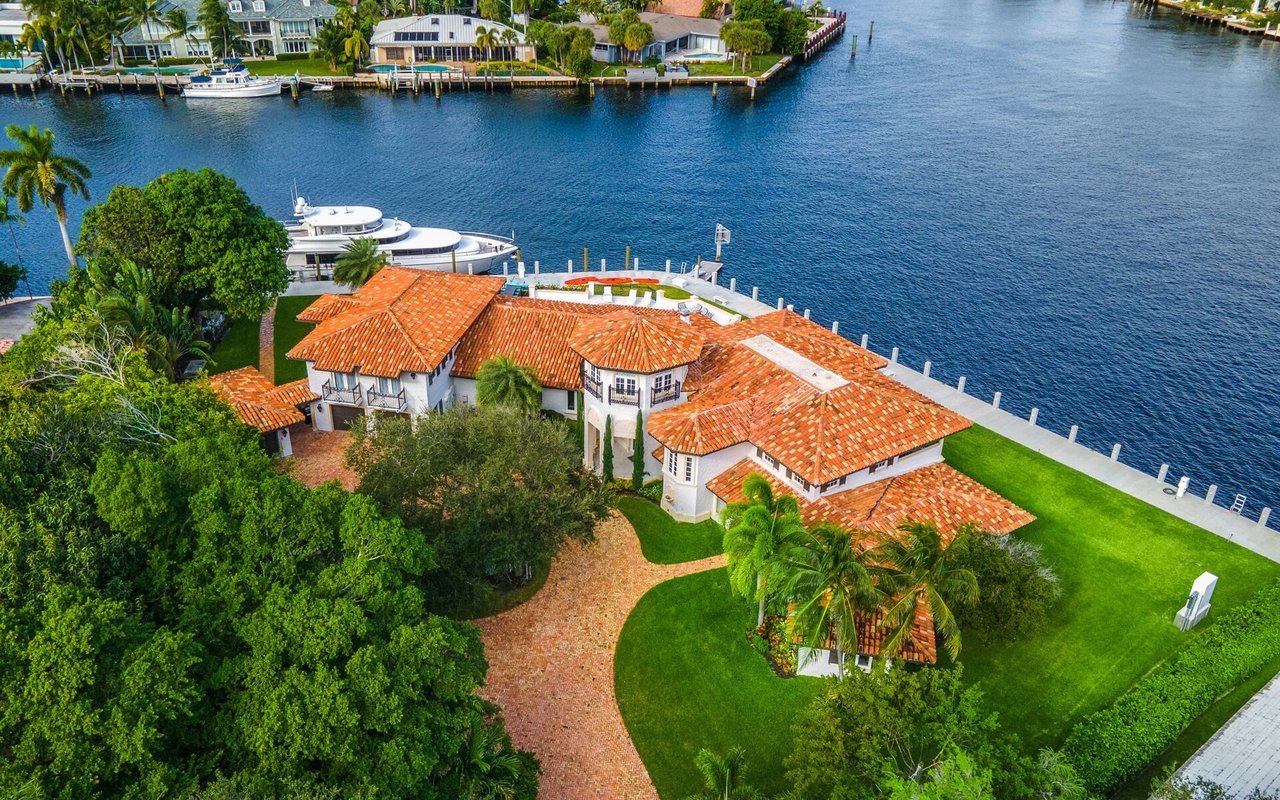
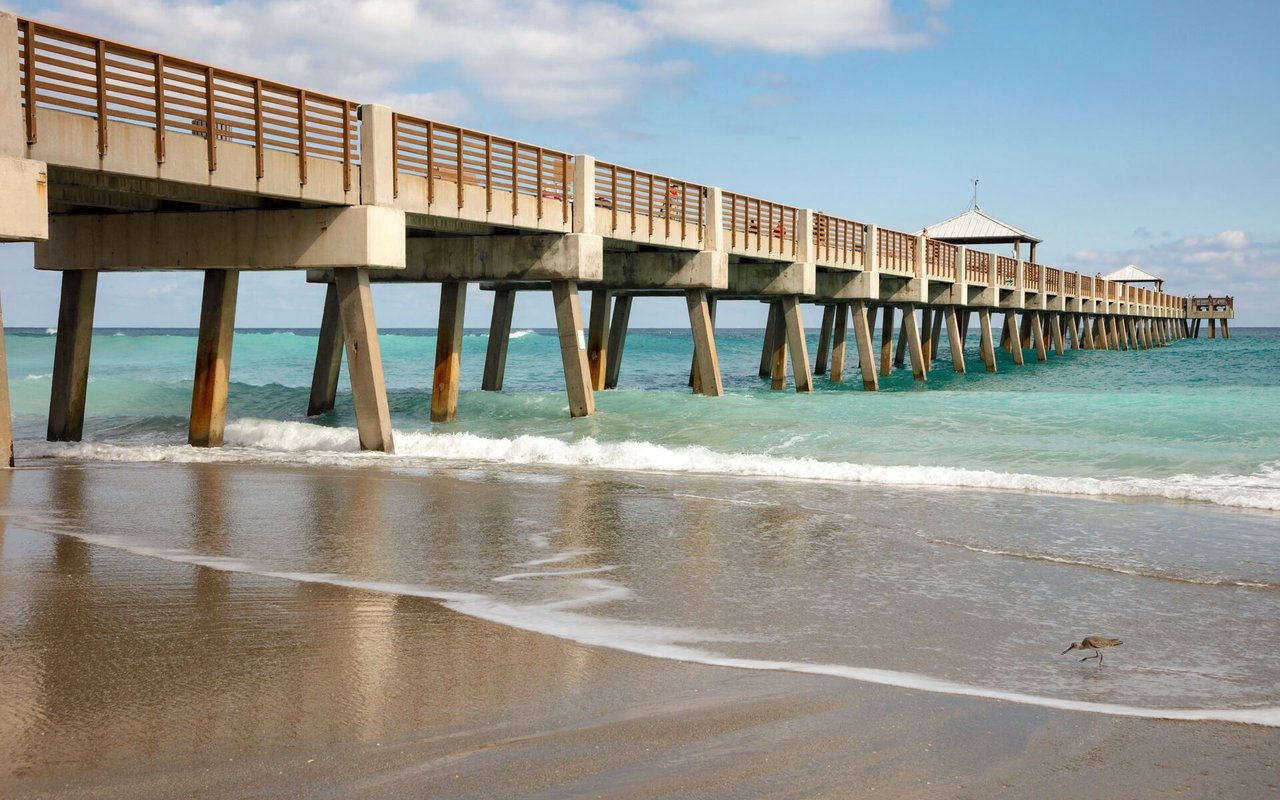
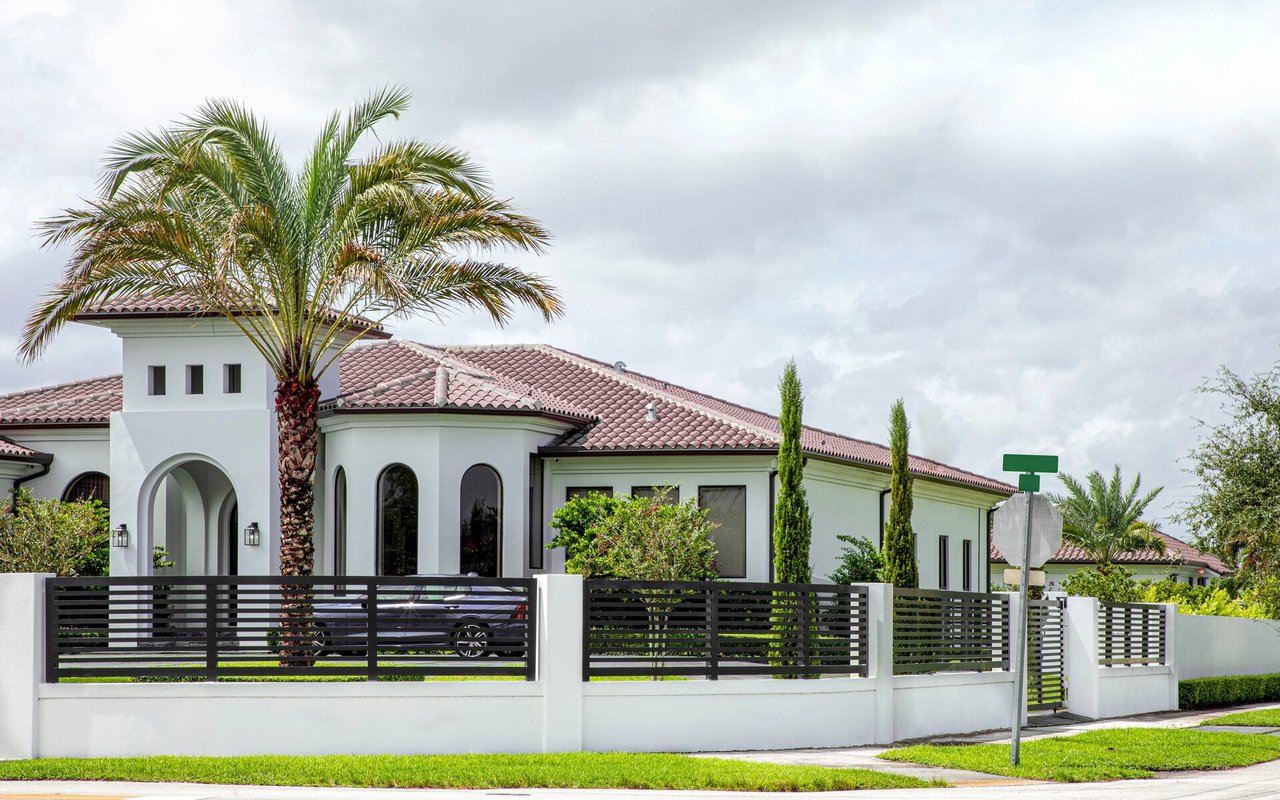
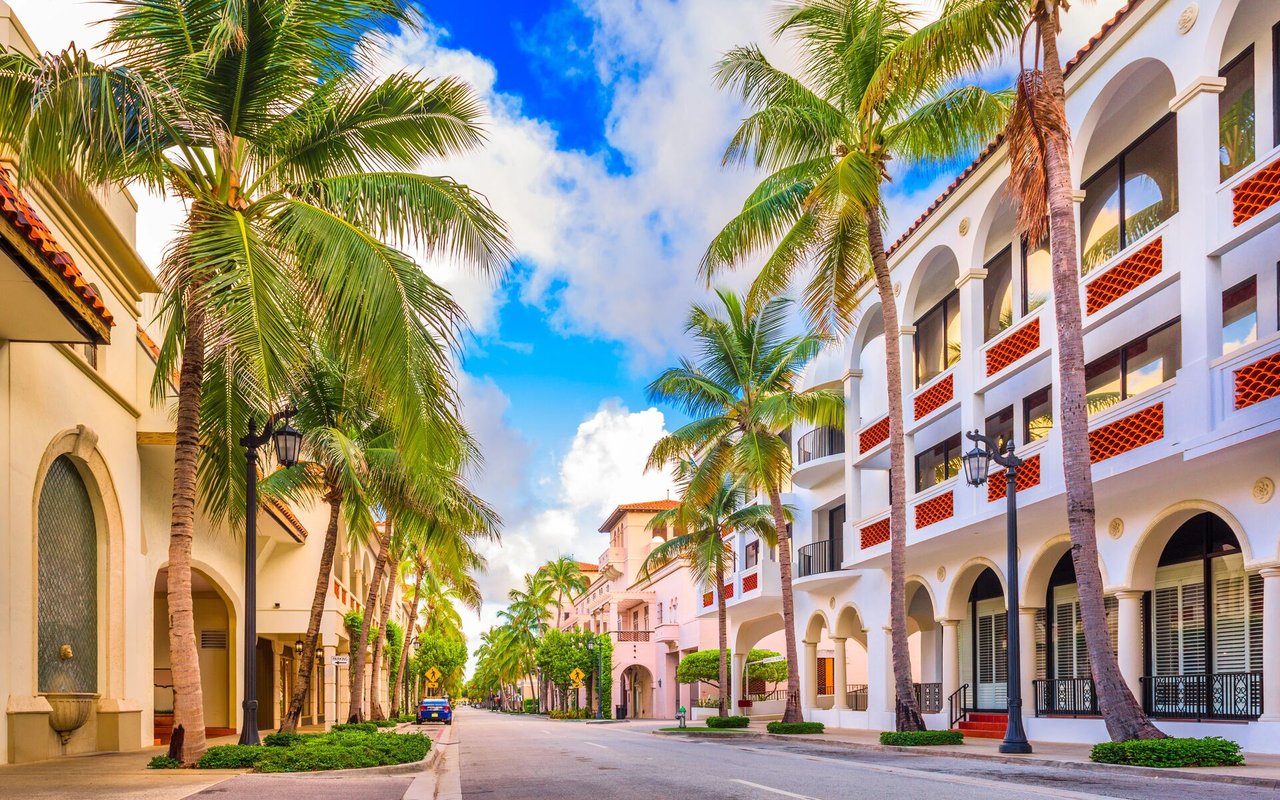
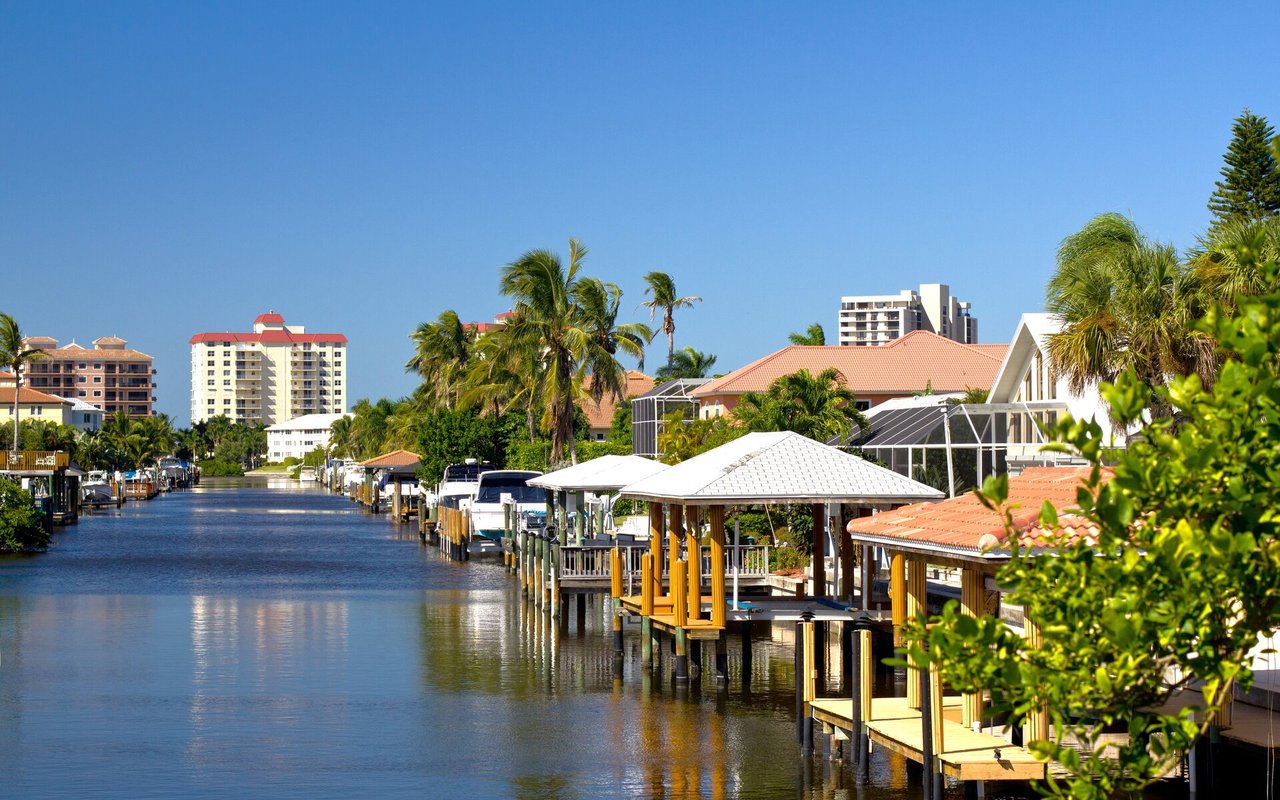
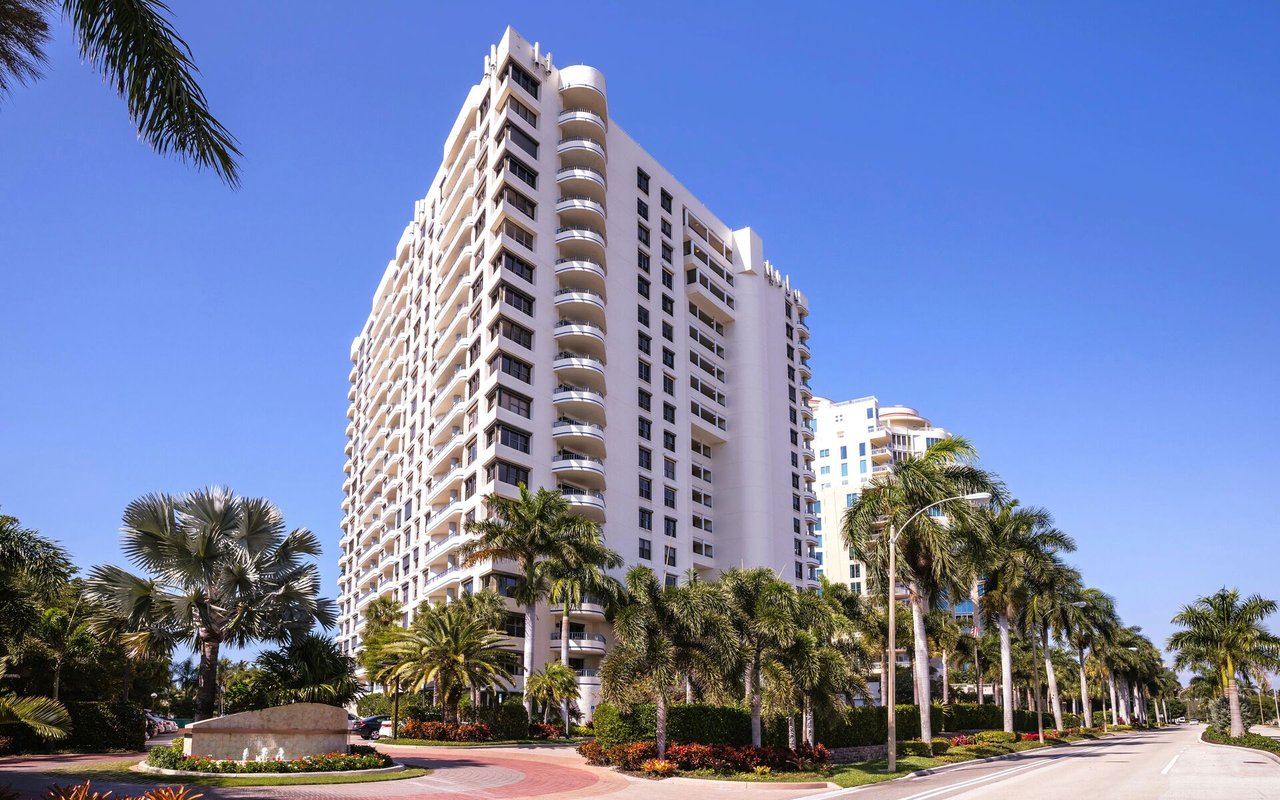
REAL ESTATE INSIGHTS
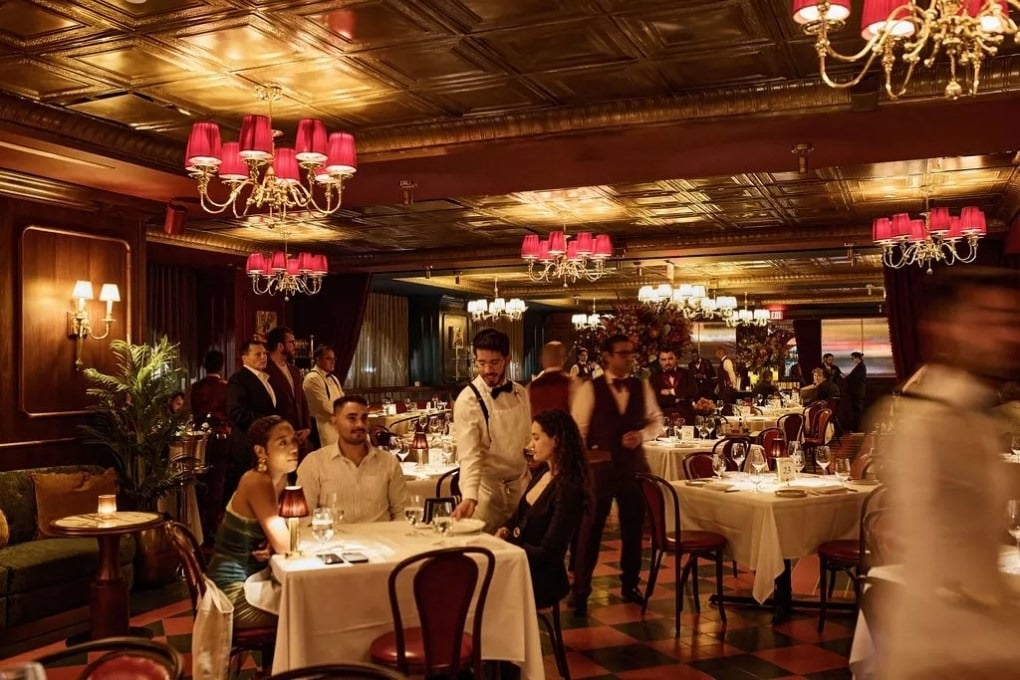
October 2, 2025
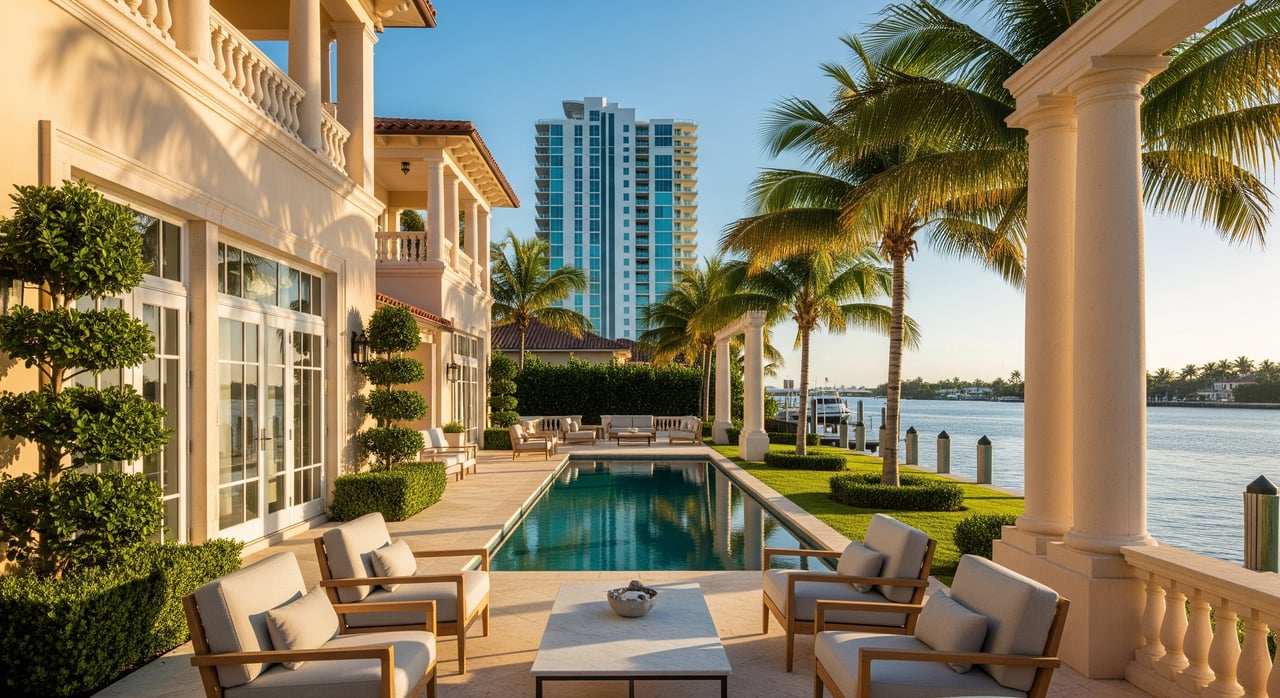
December 18, 2025
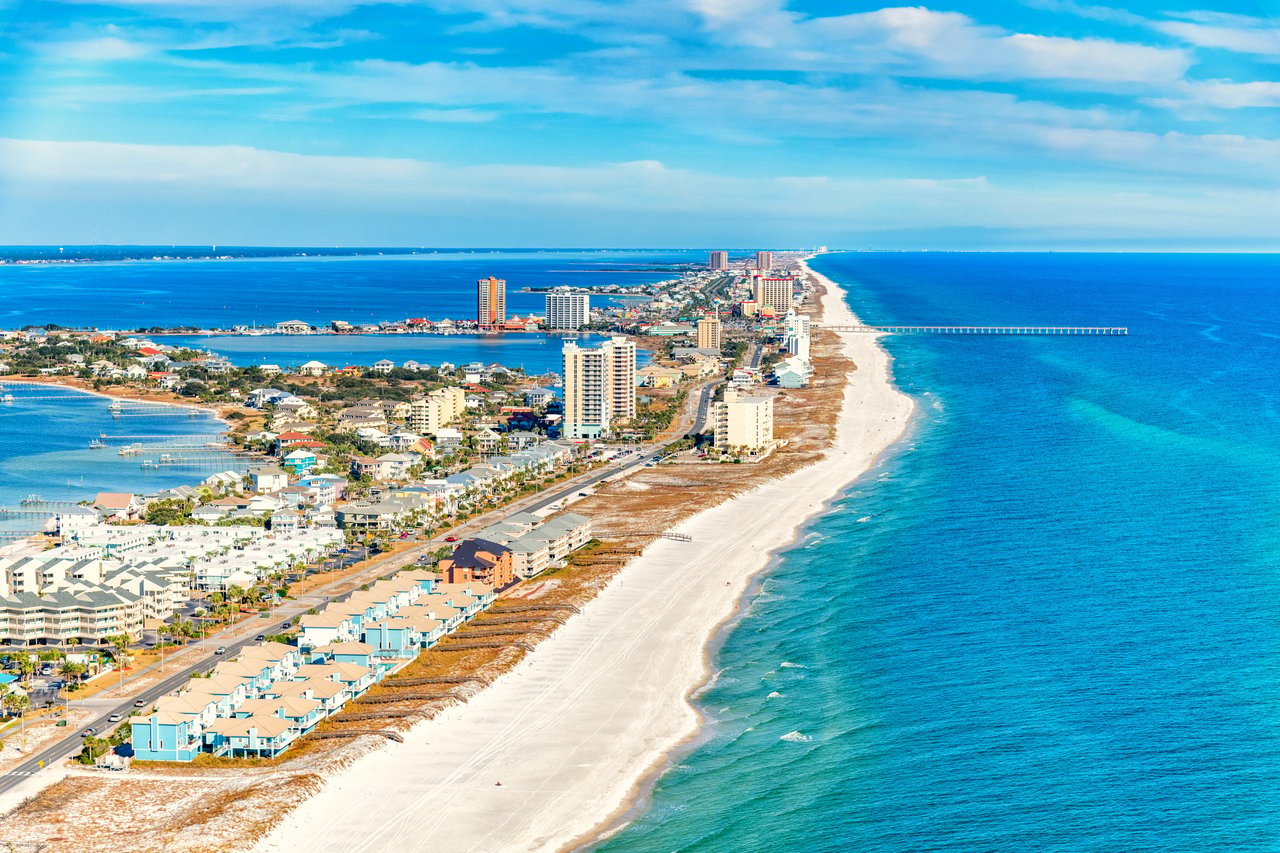
December 12, 2025
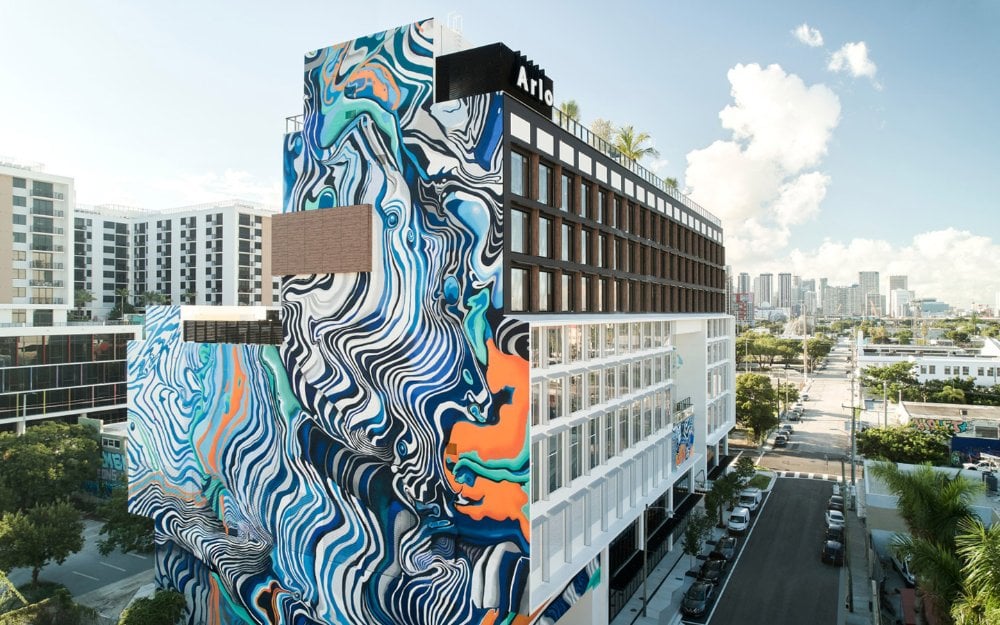
December 10, 2025
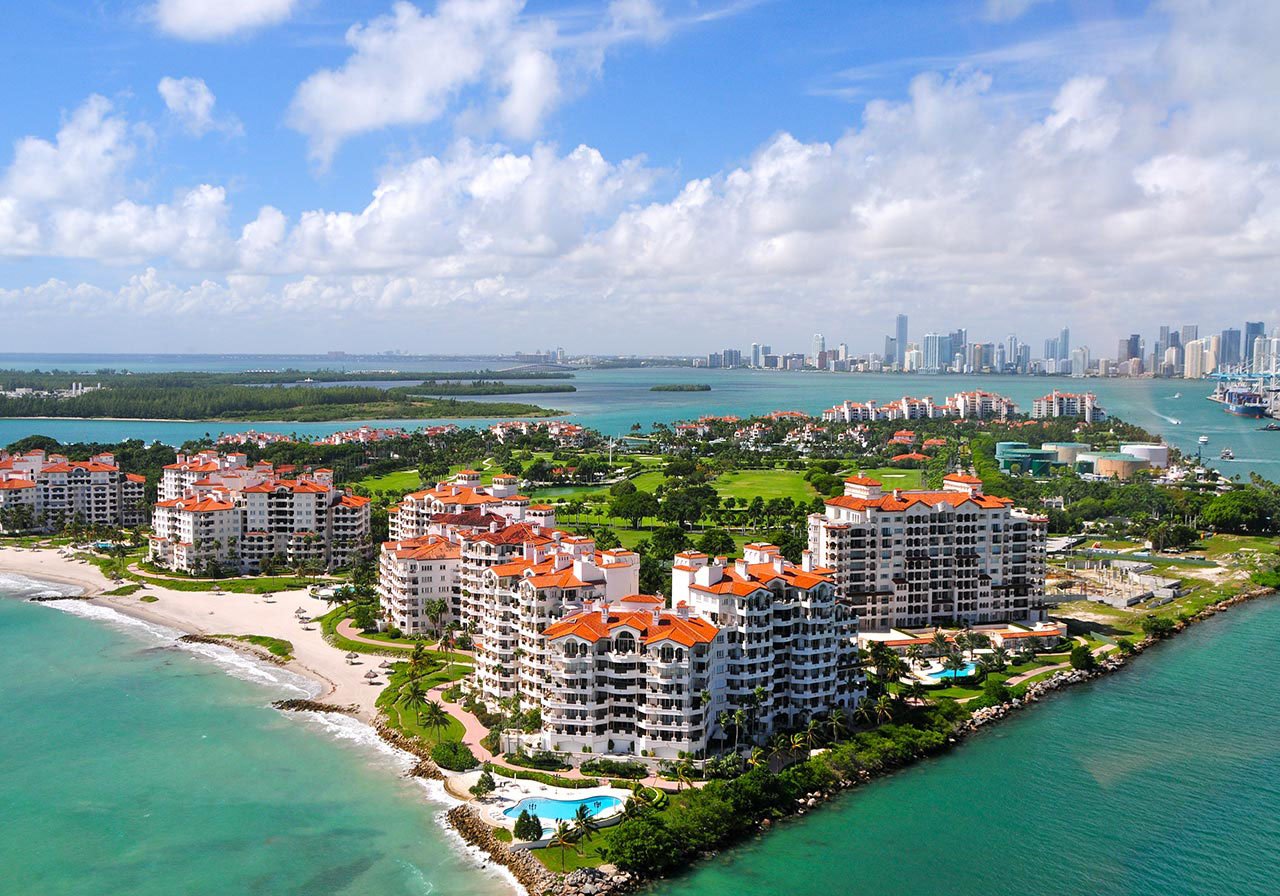
December 14, 2025

April 4, 2025
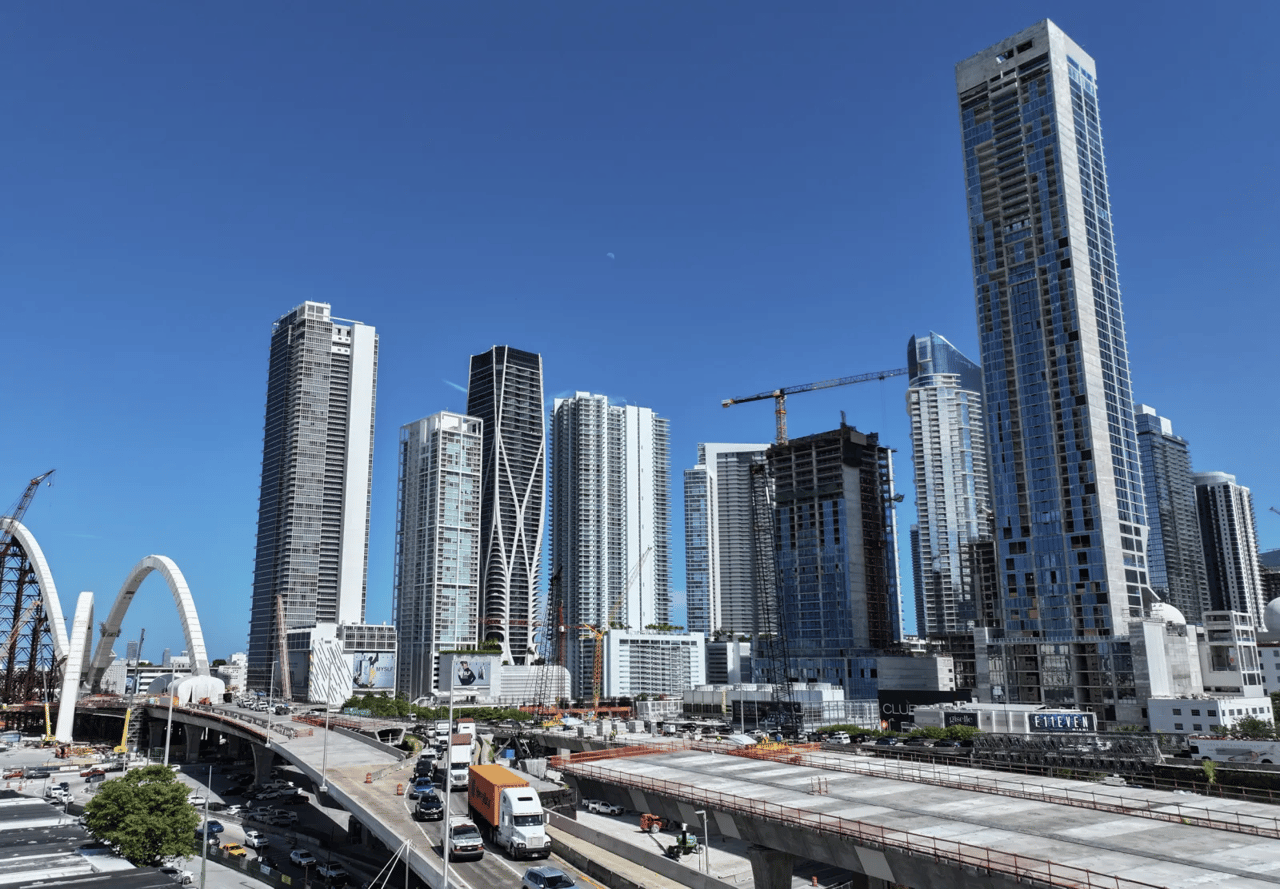
December 11, 2025

December 11, 2025
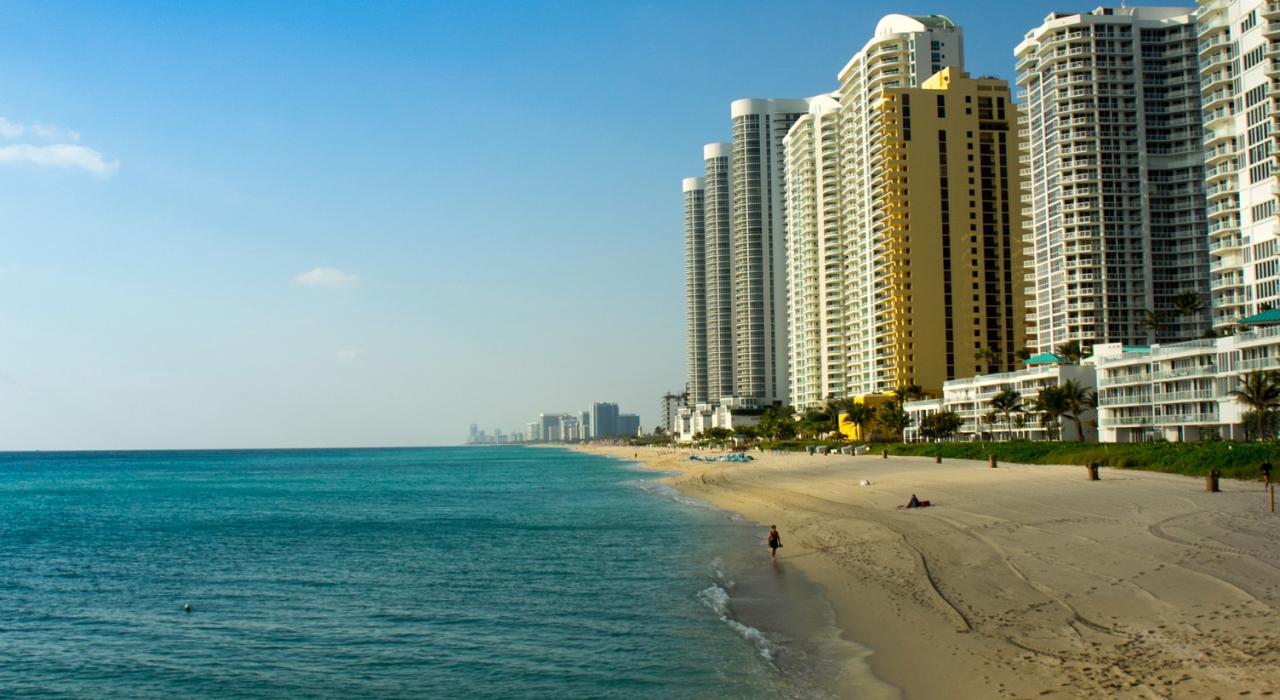
December 9, 2025
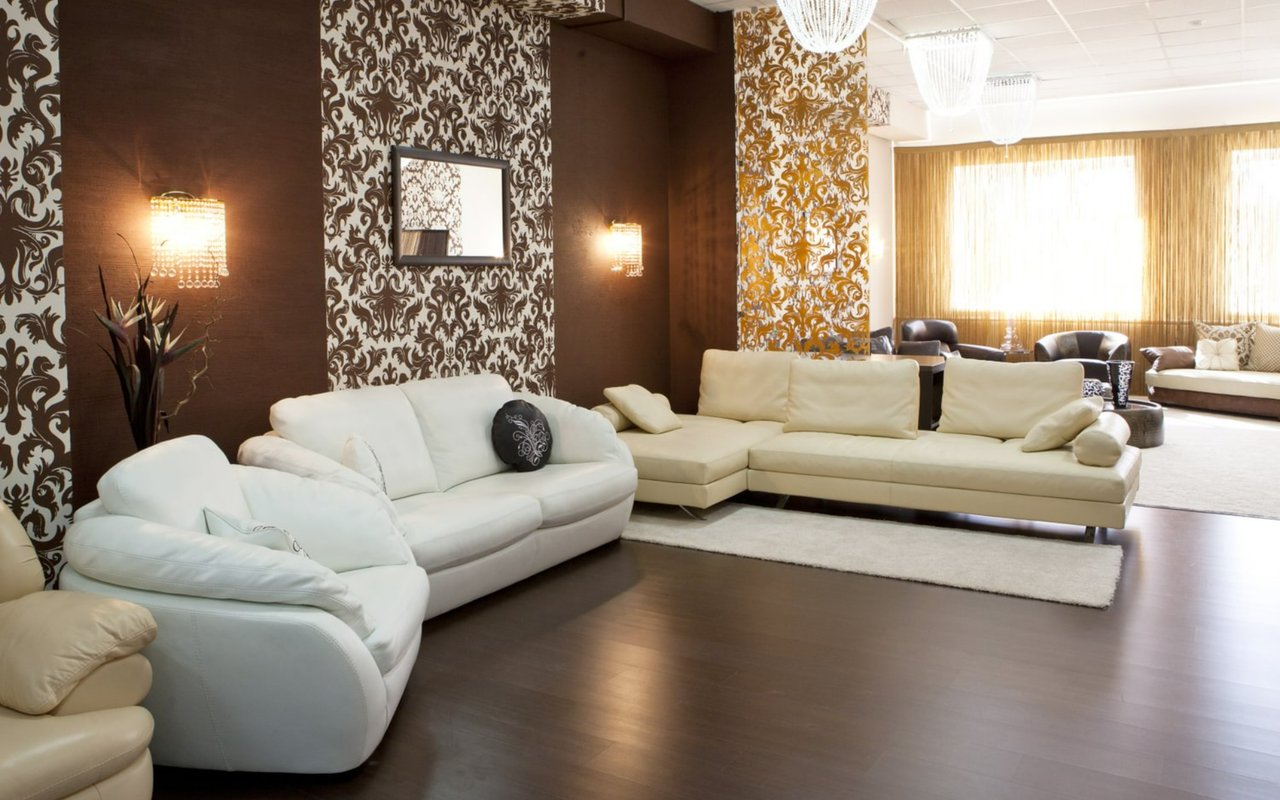
April 4, 2025
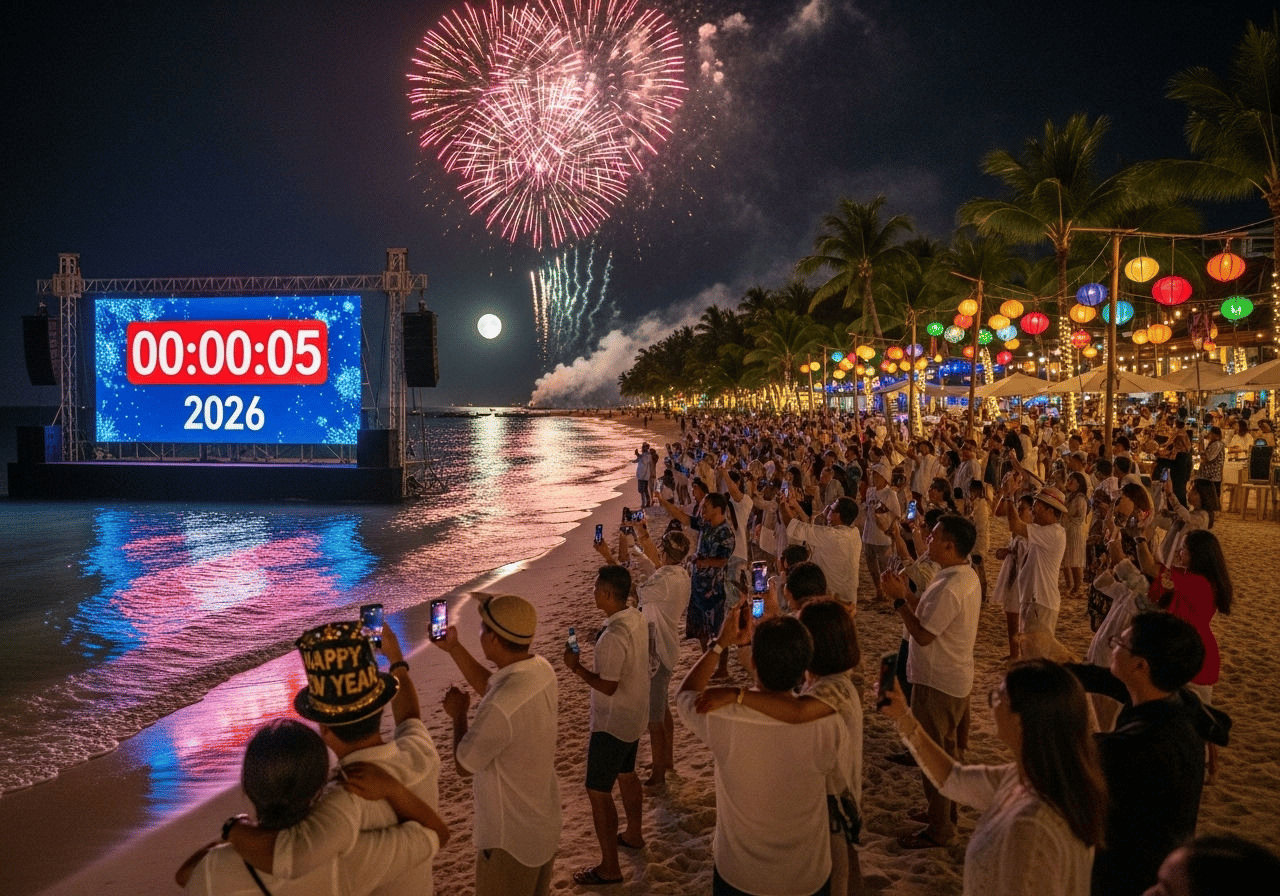
December 4, 2025
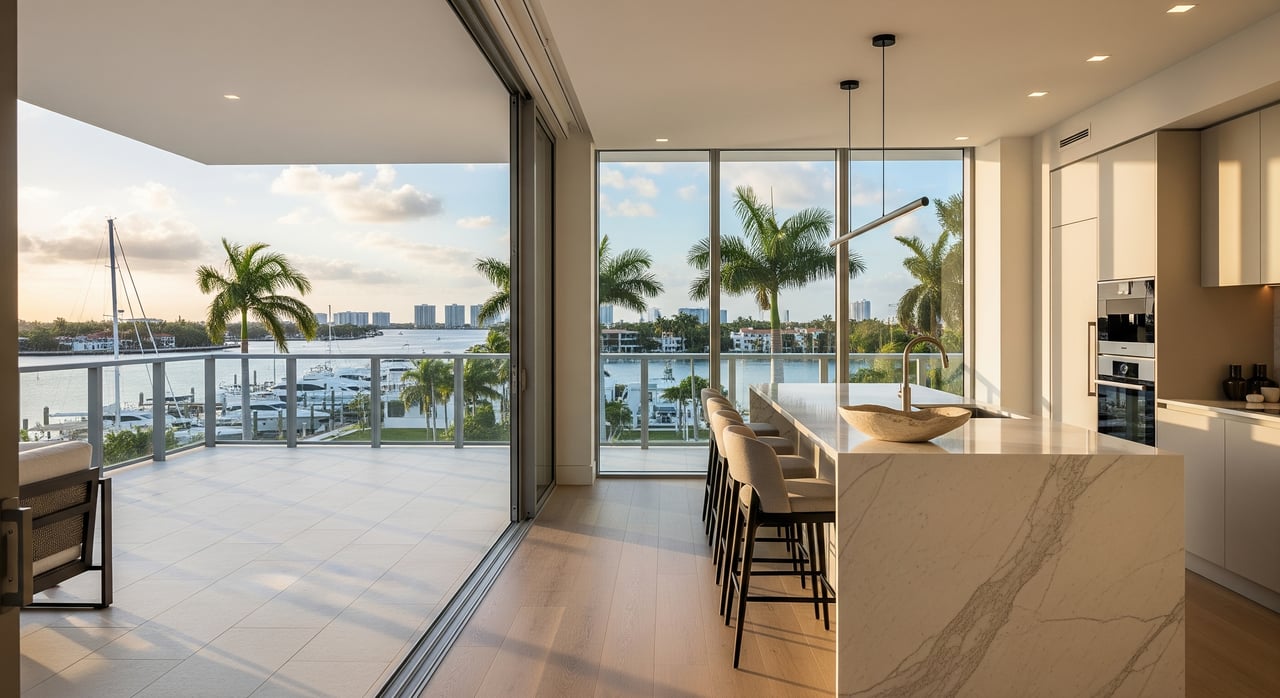
December 4, 2025
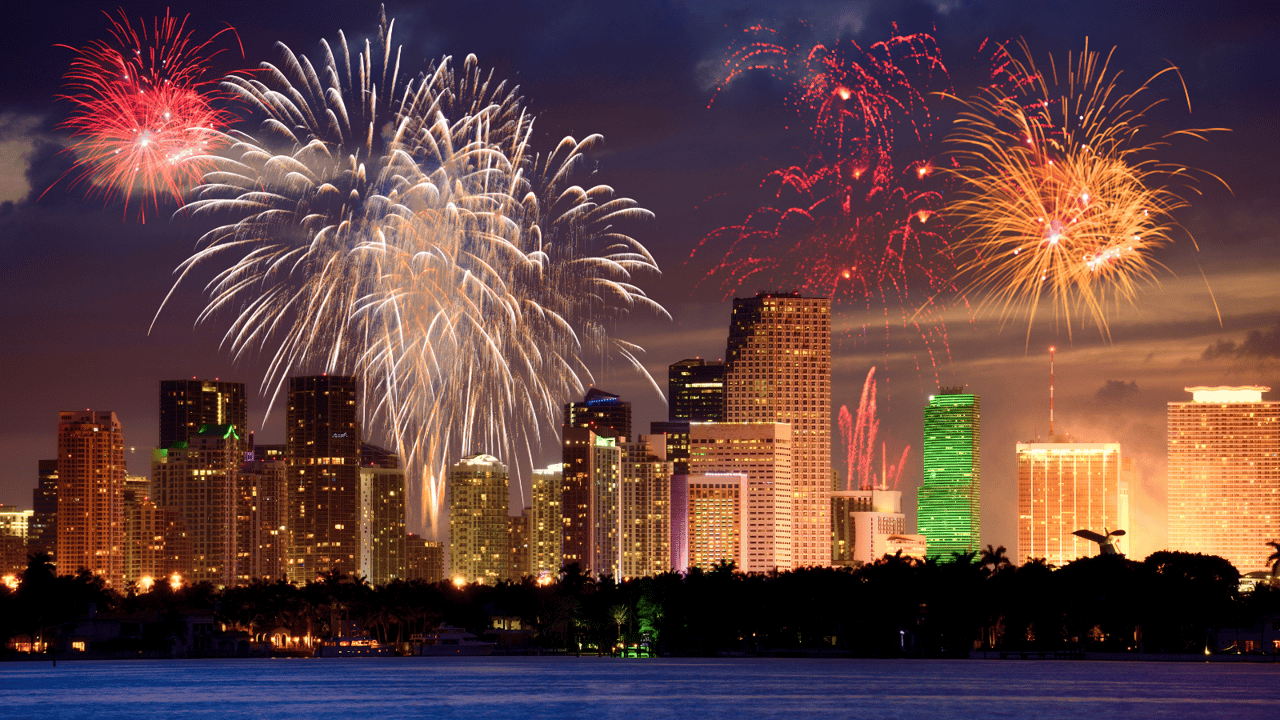
December 4, 2025

April 4, 2025
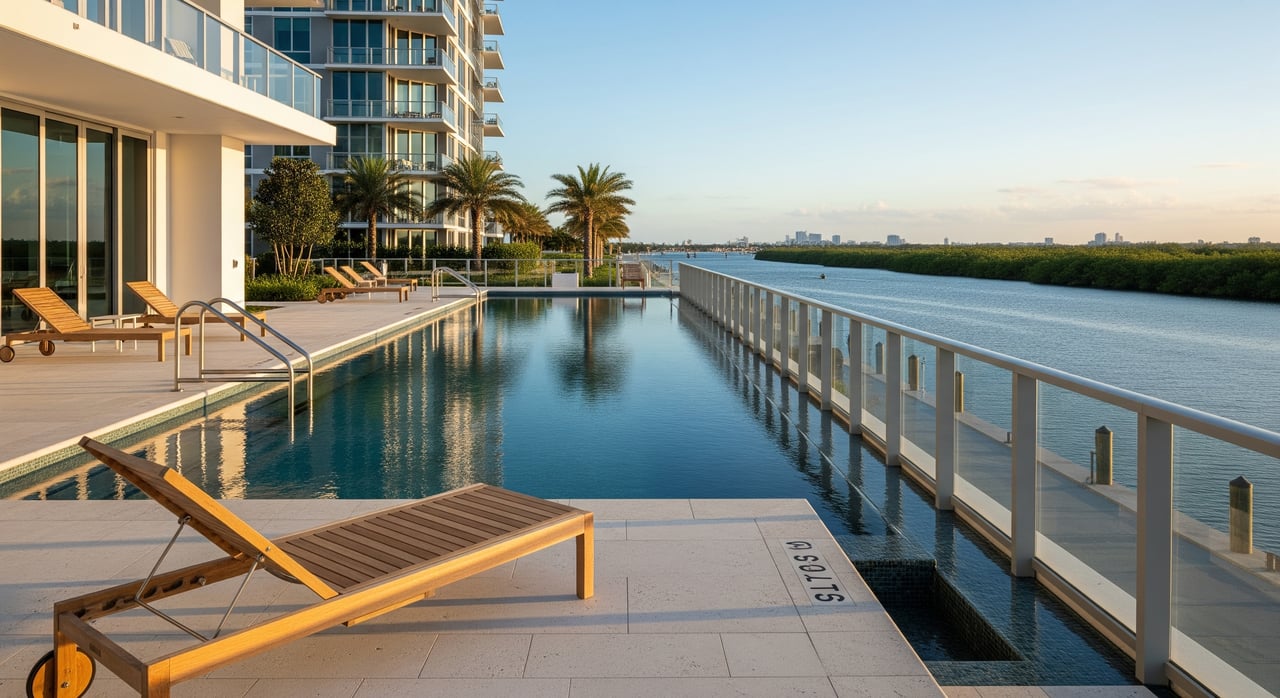
November 27, 2025

November 26, 2025
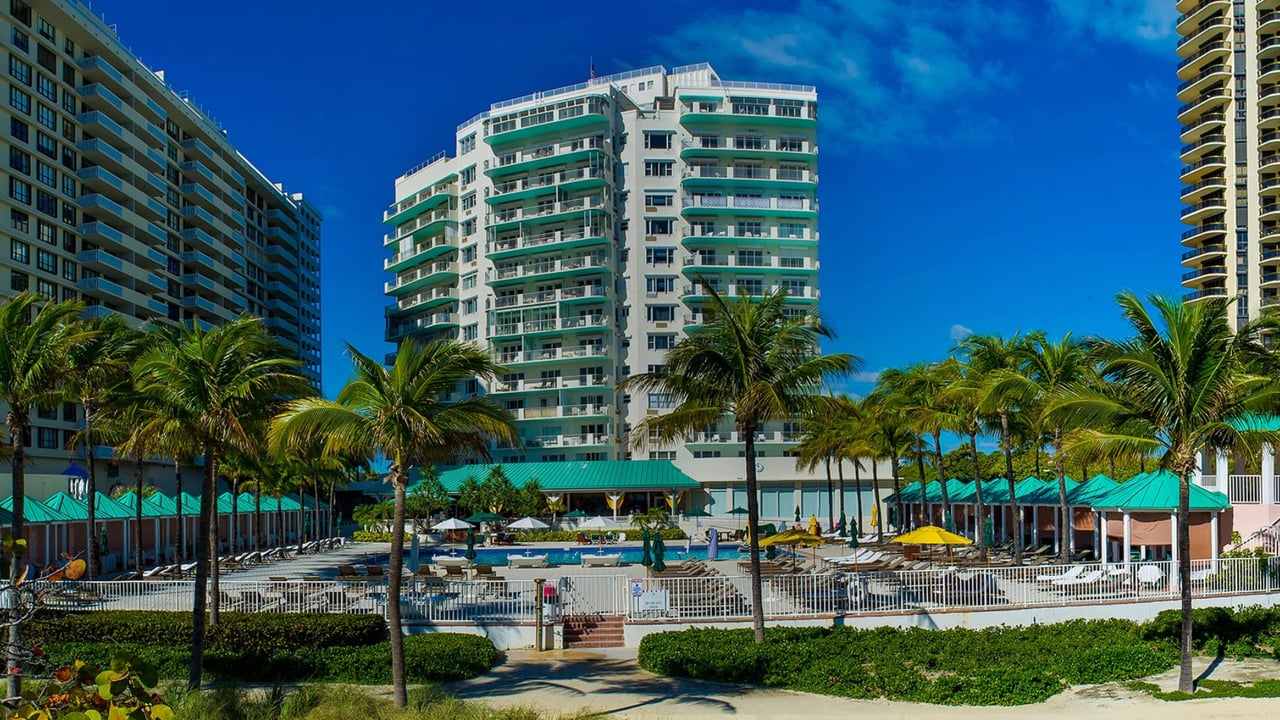
November 26, 2025
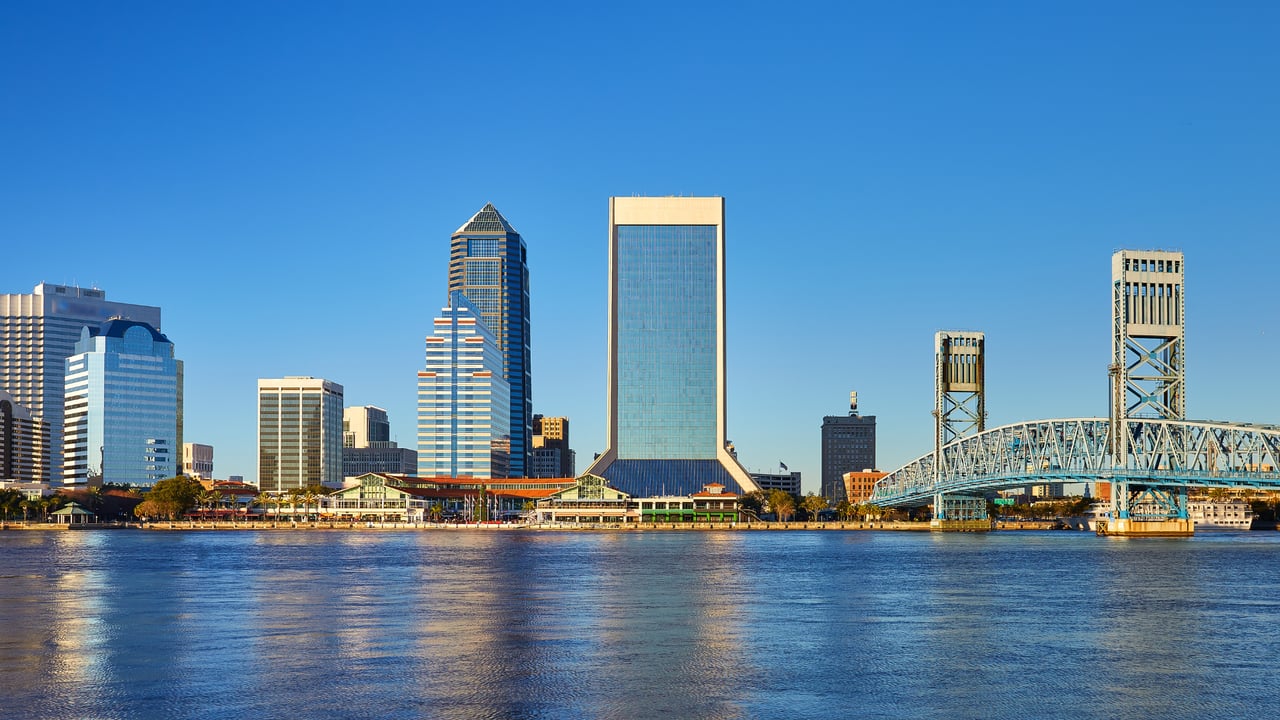
November 26, 2025
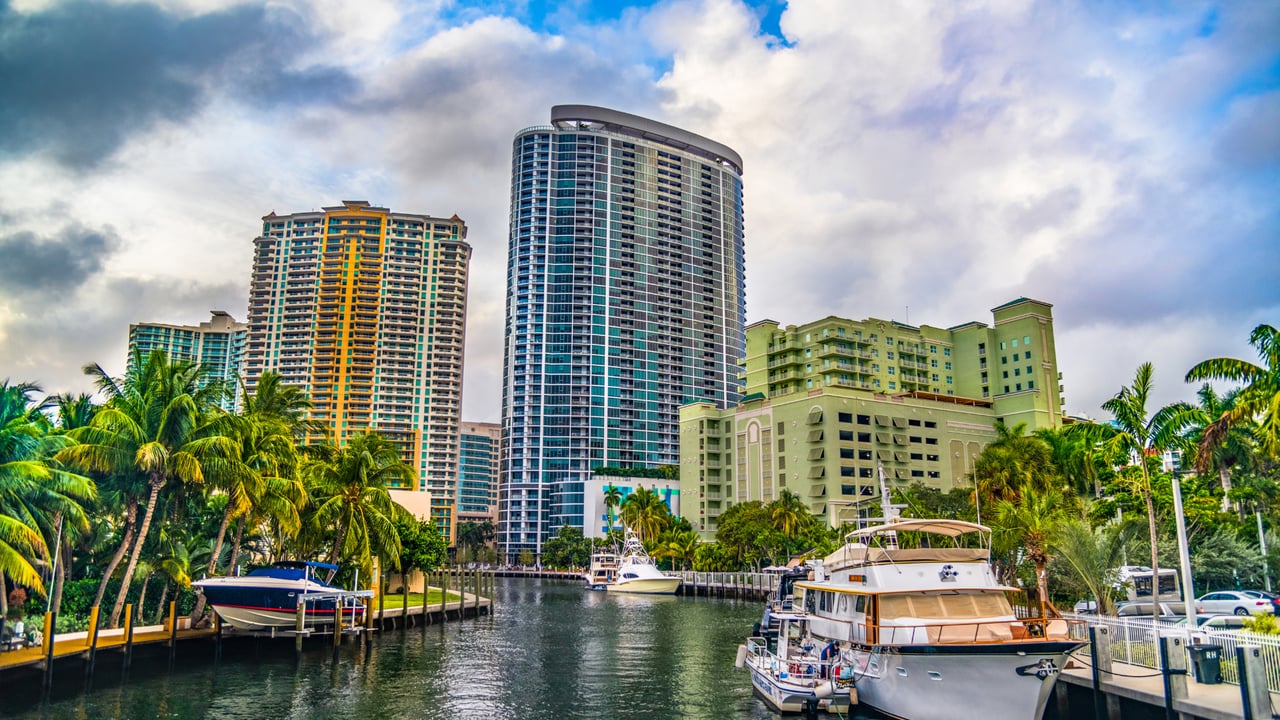
November 26, 2025
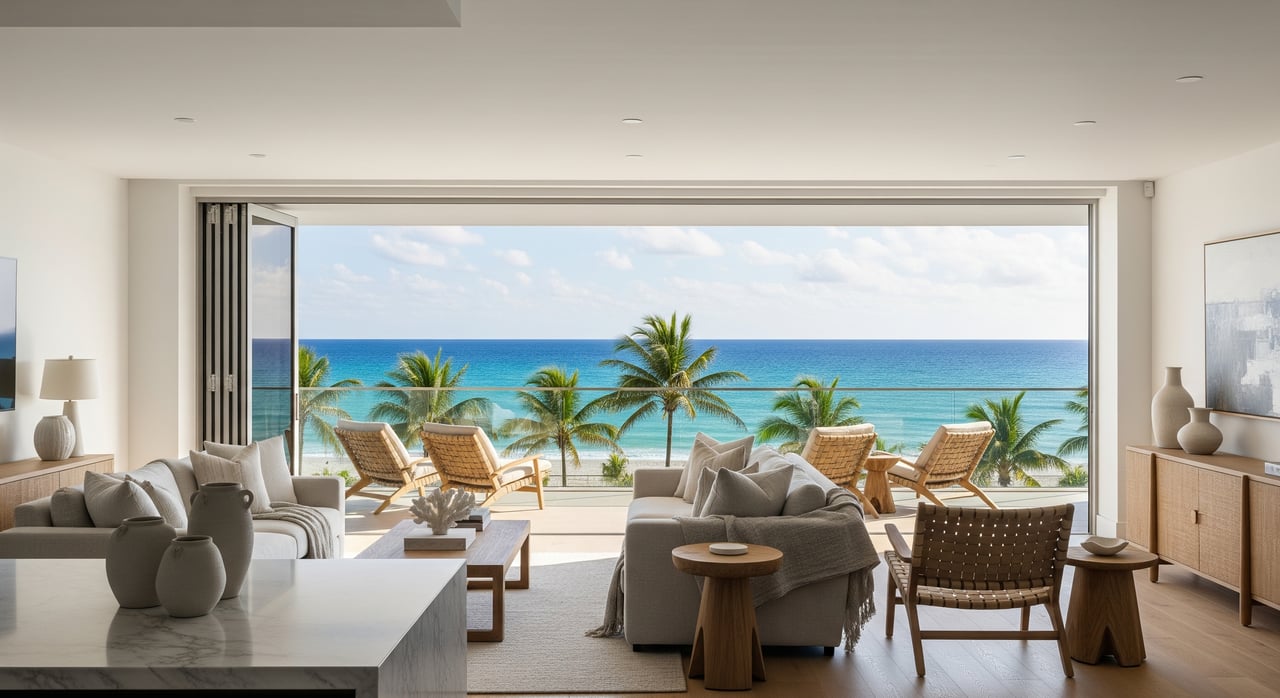
November 21, 2025
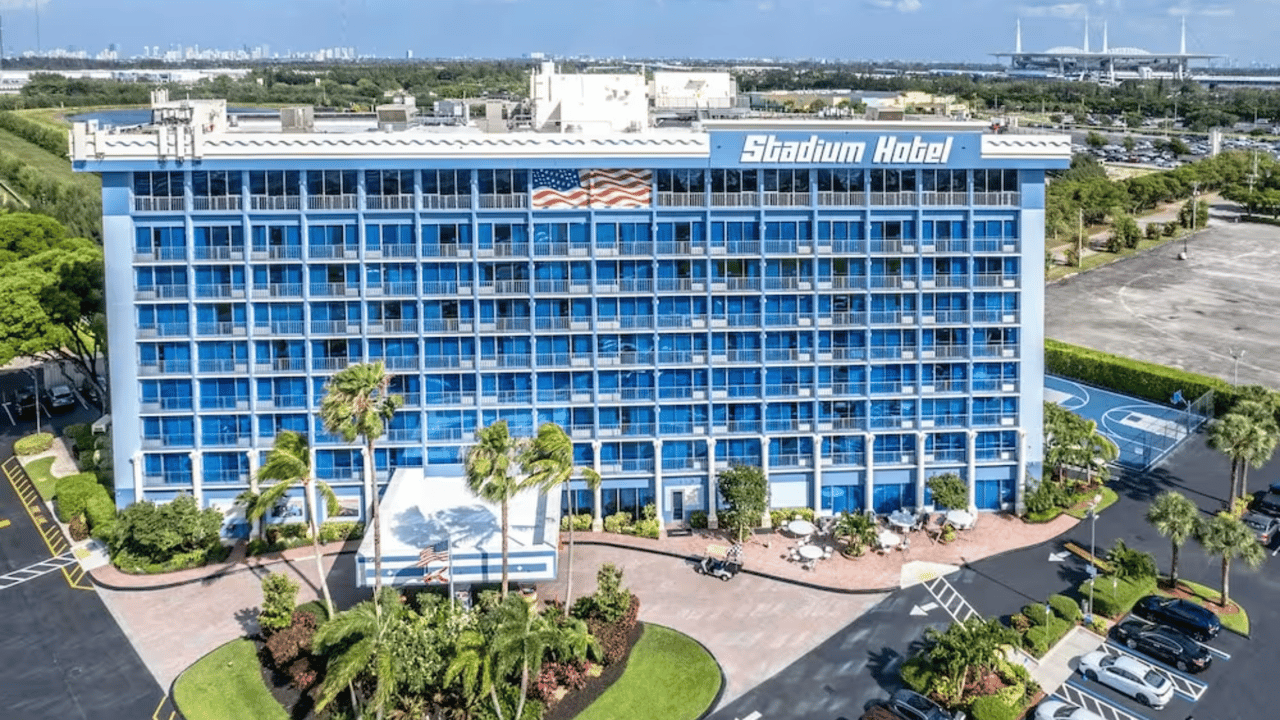
Ekaterina Brosda I August 4, 2025
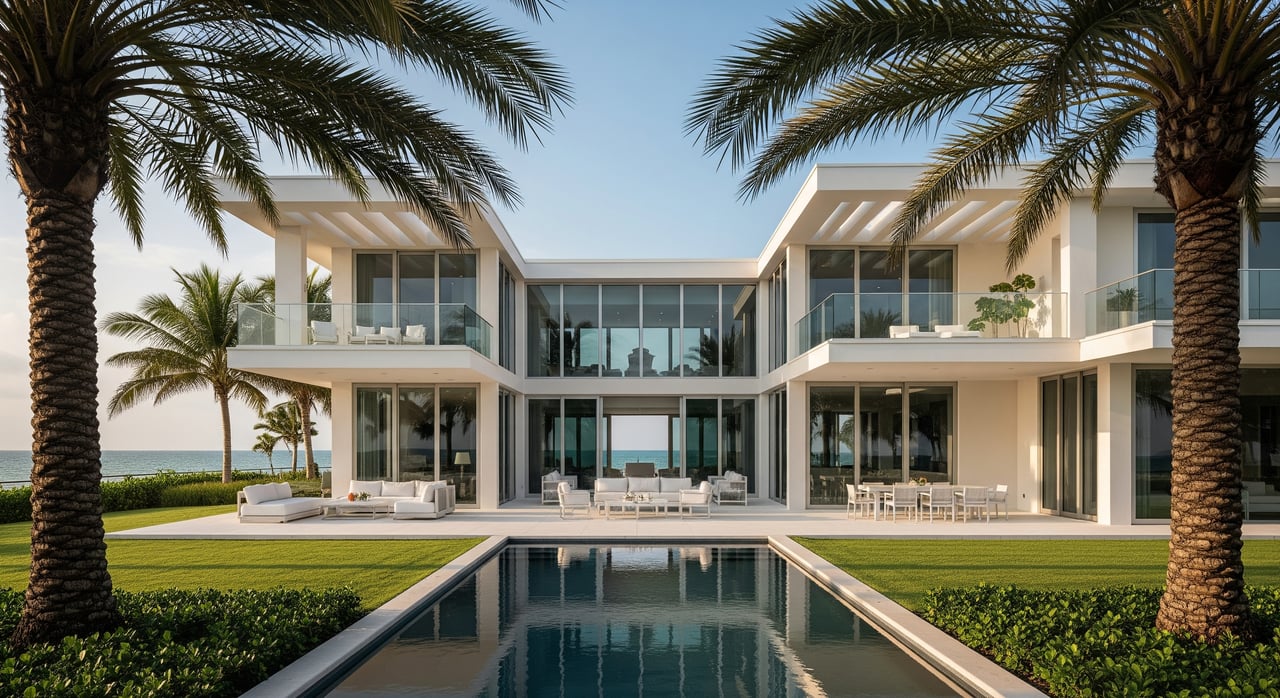
November 14, 2025
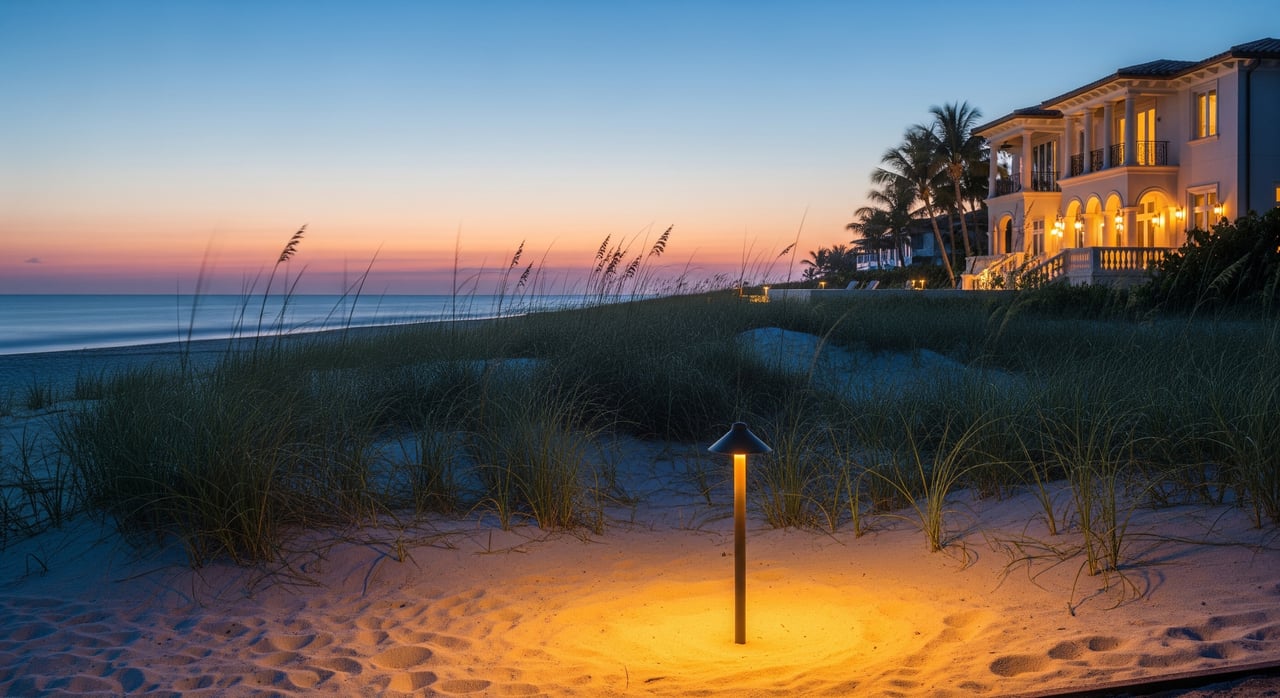
October 16, 2025

November 5, 2025
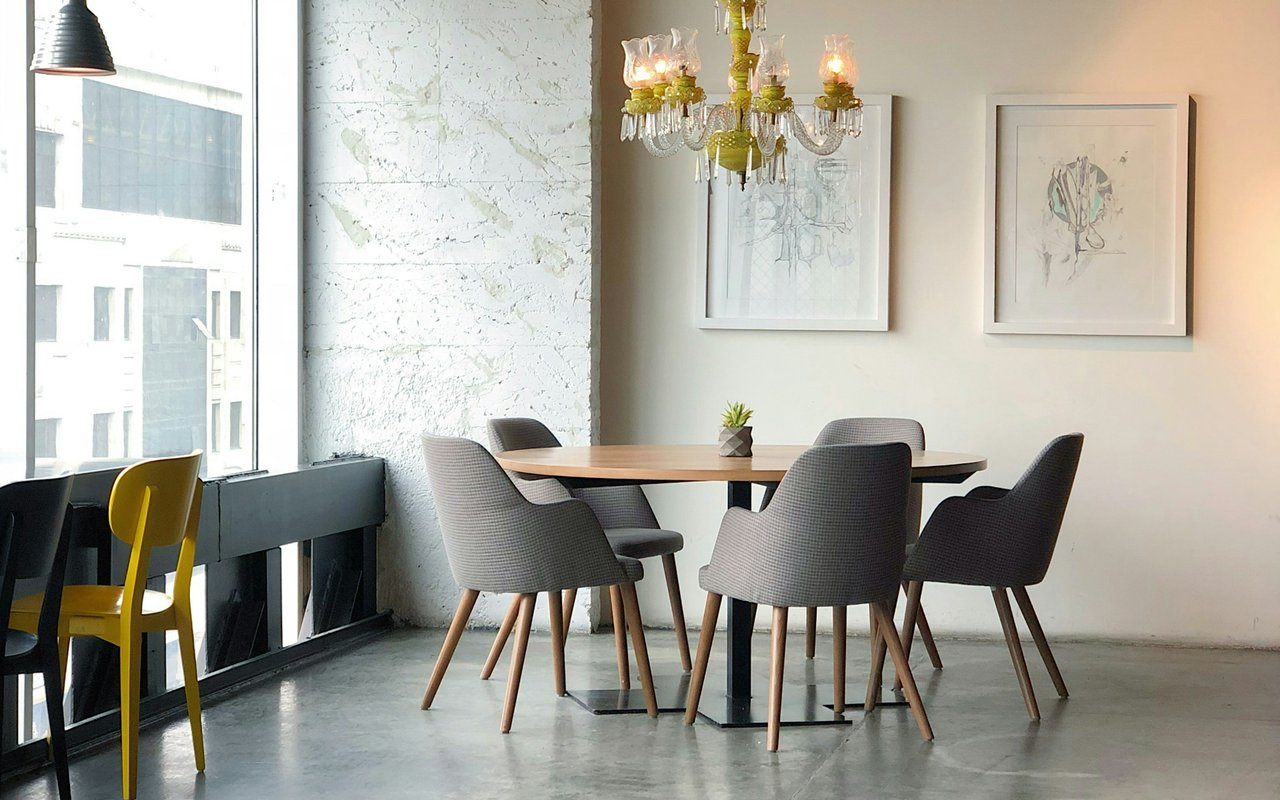
November 7, 2025
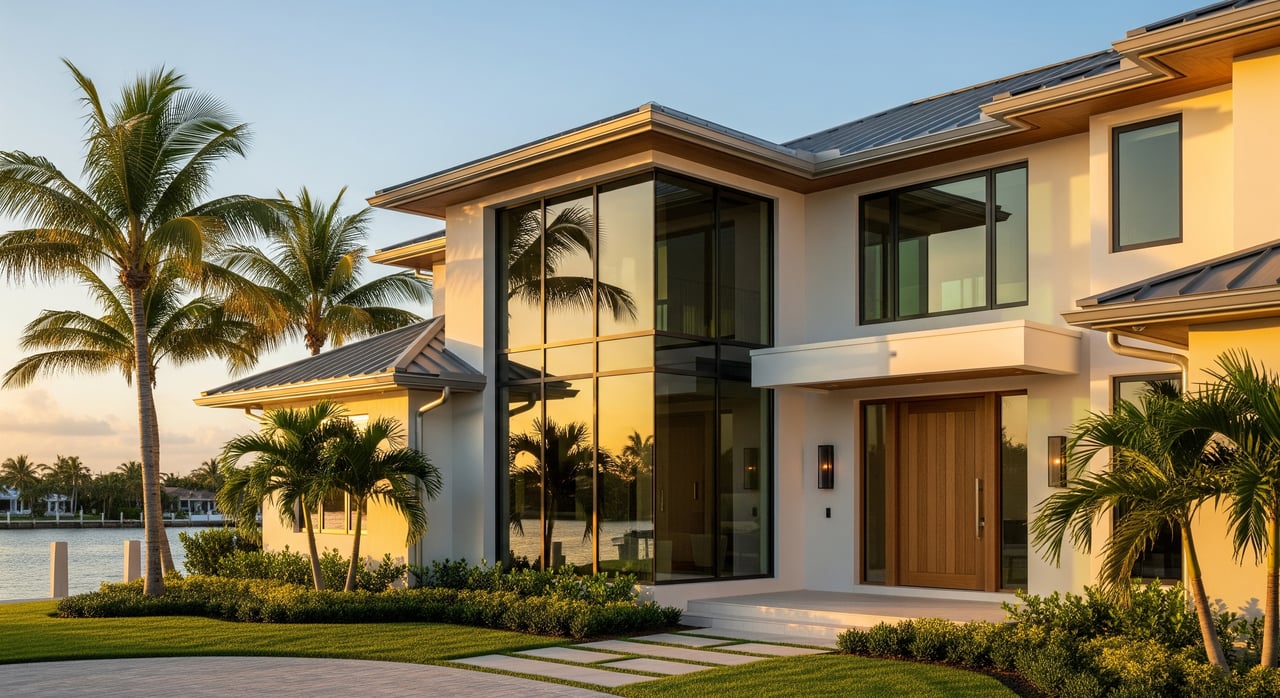
November 6, 2025
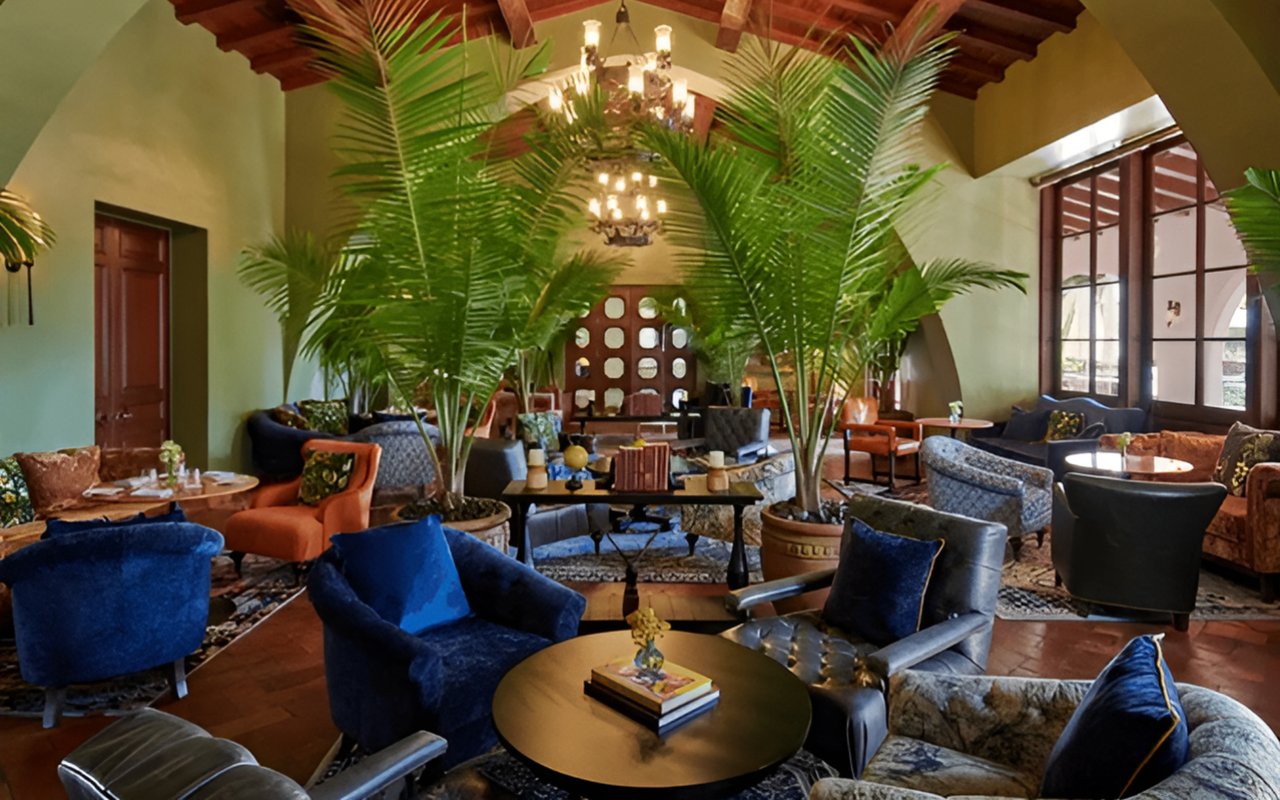
October 30, 2025
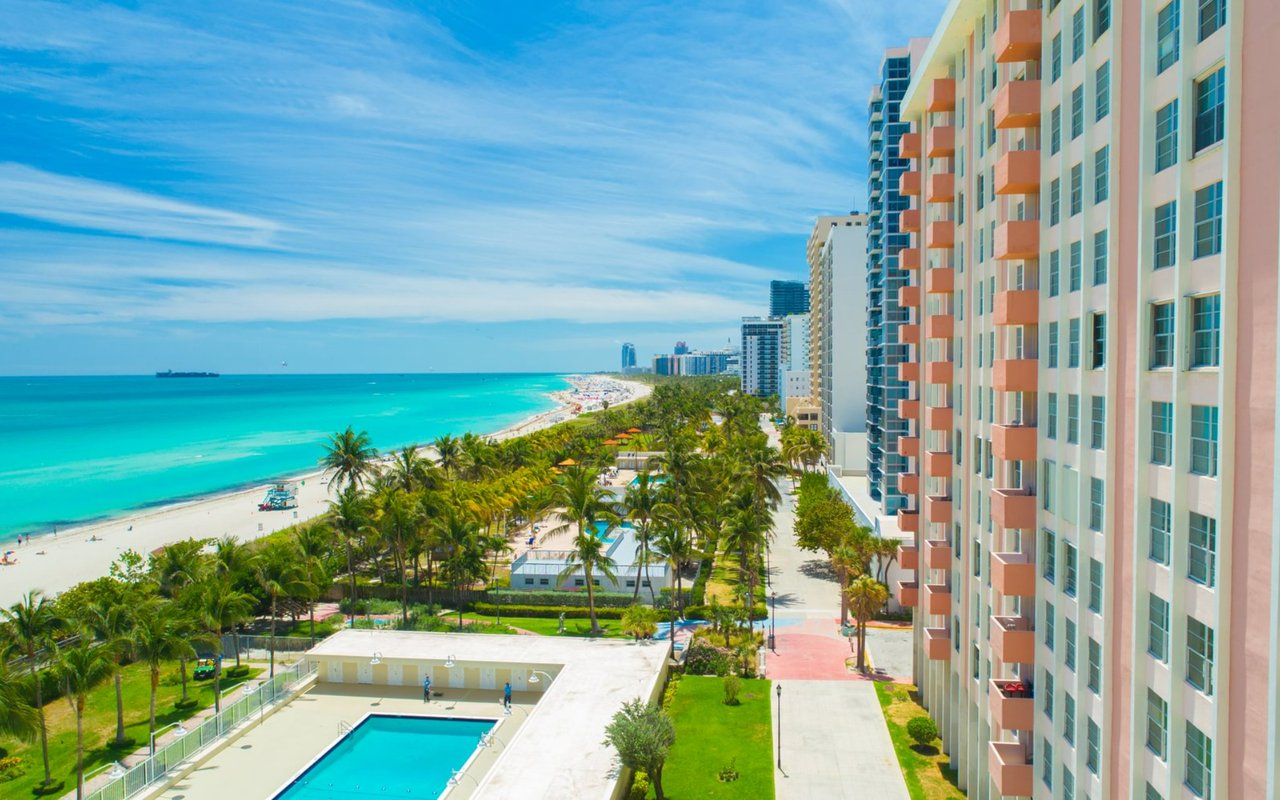
October 23, 2025

October 23, 2025
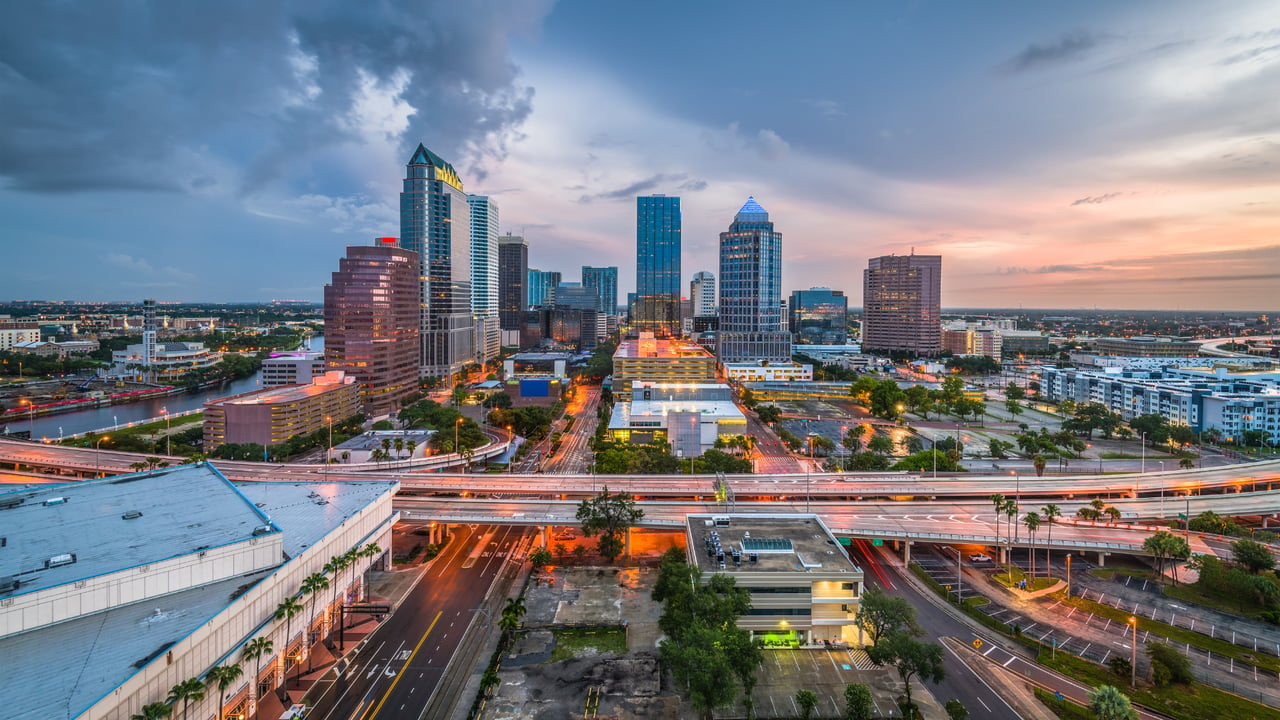
October 22, 2025

October 22, 2025
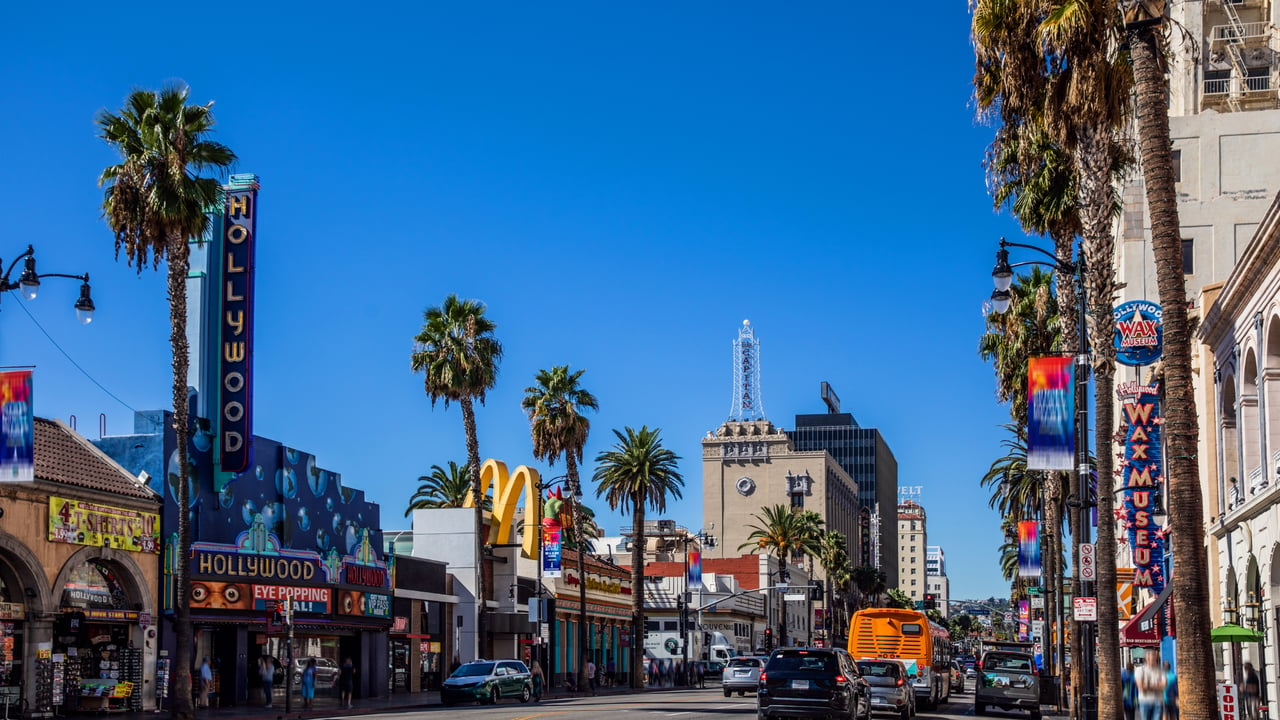
October 22, 2025
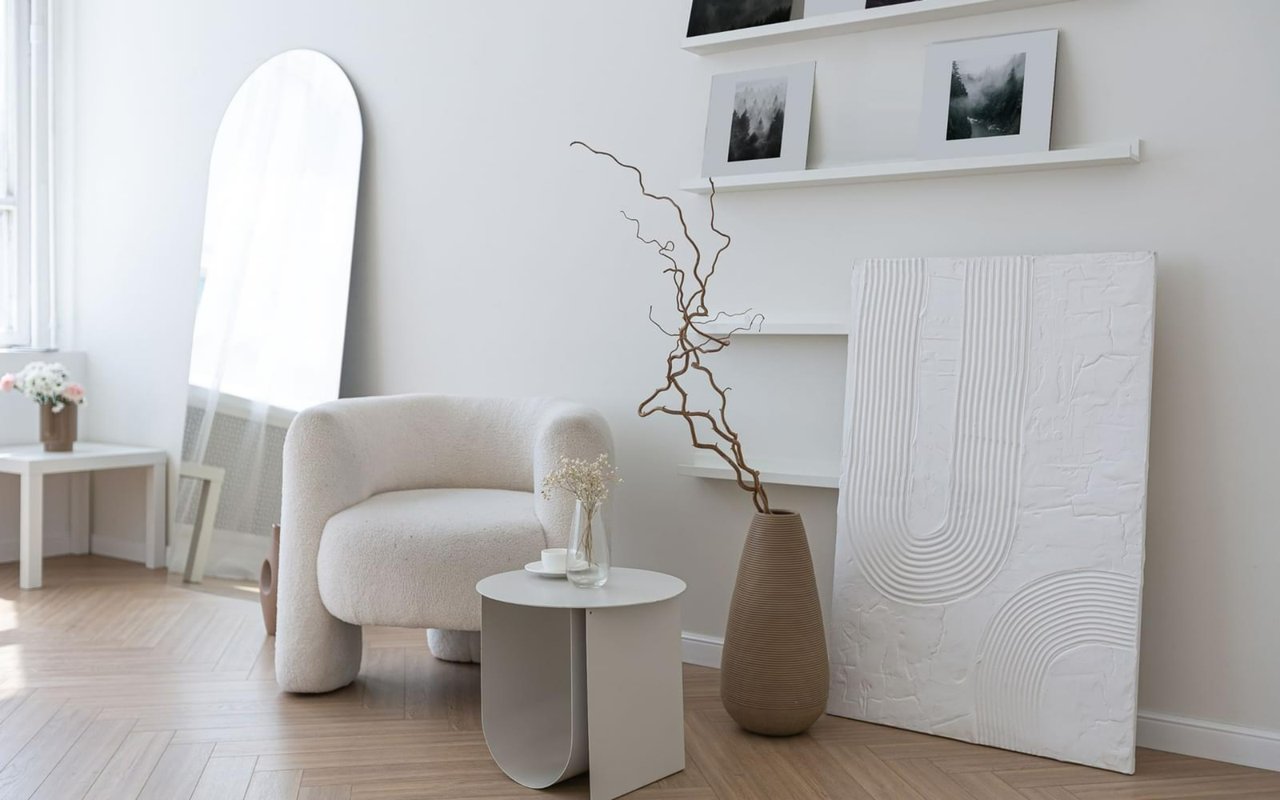
October 16, 2025

October 13, 2025

October 13, 2025

October 5, 2025
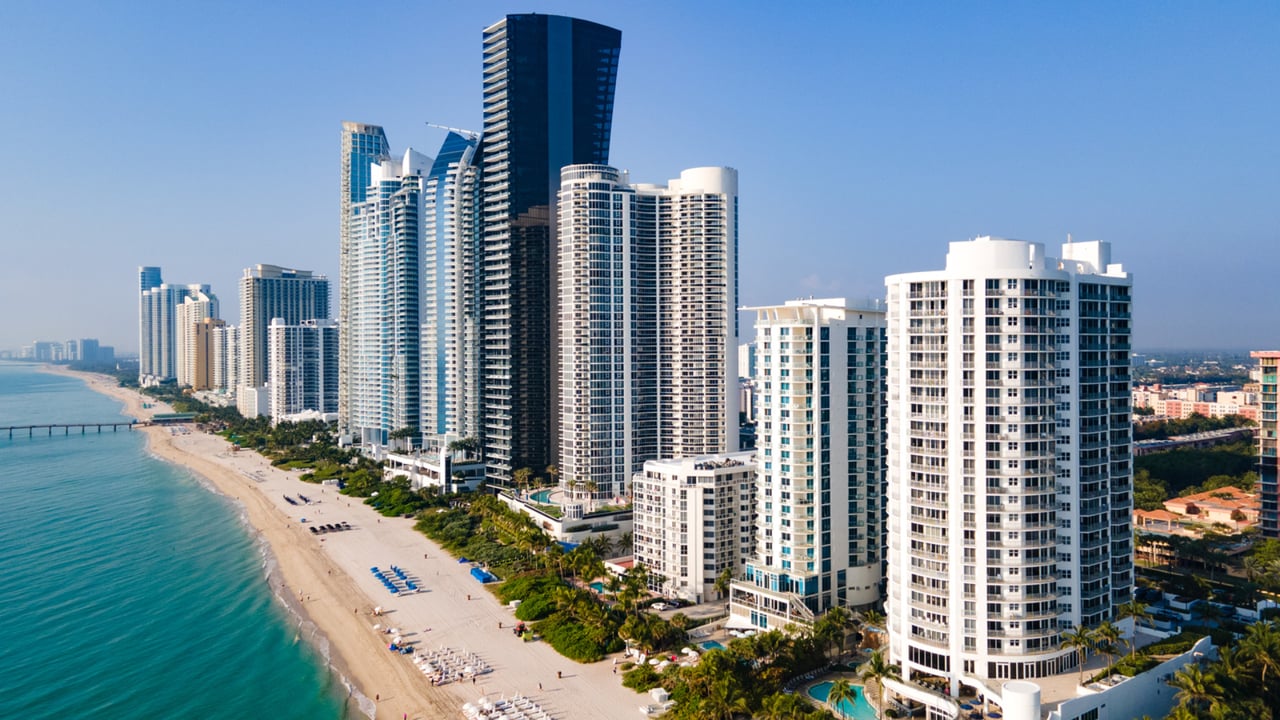
October 5, 2025
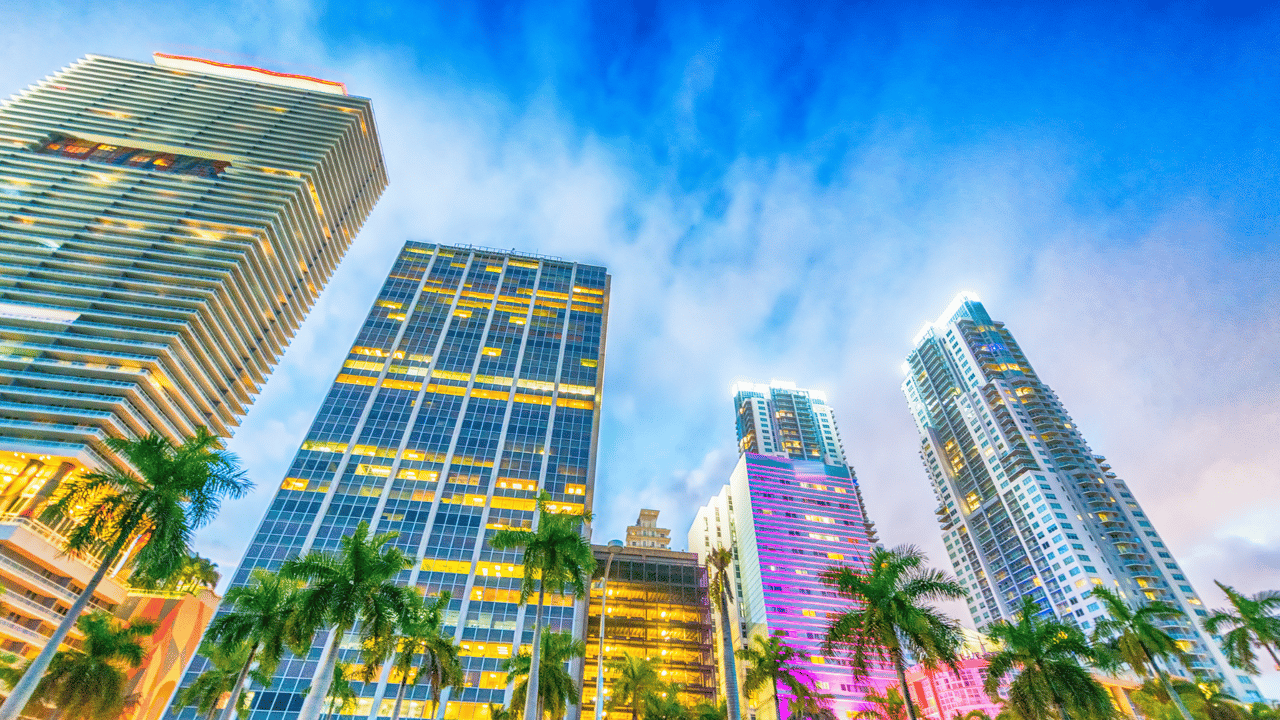
October 2, 2025
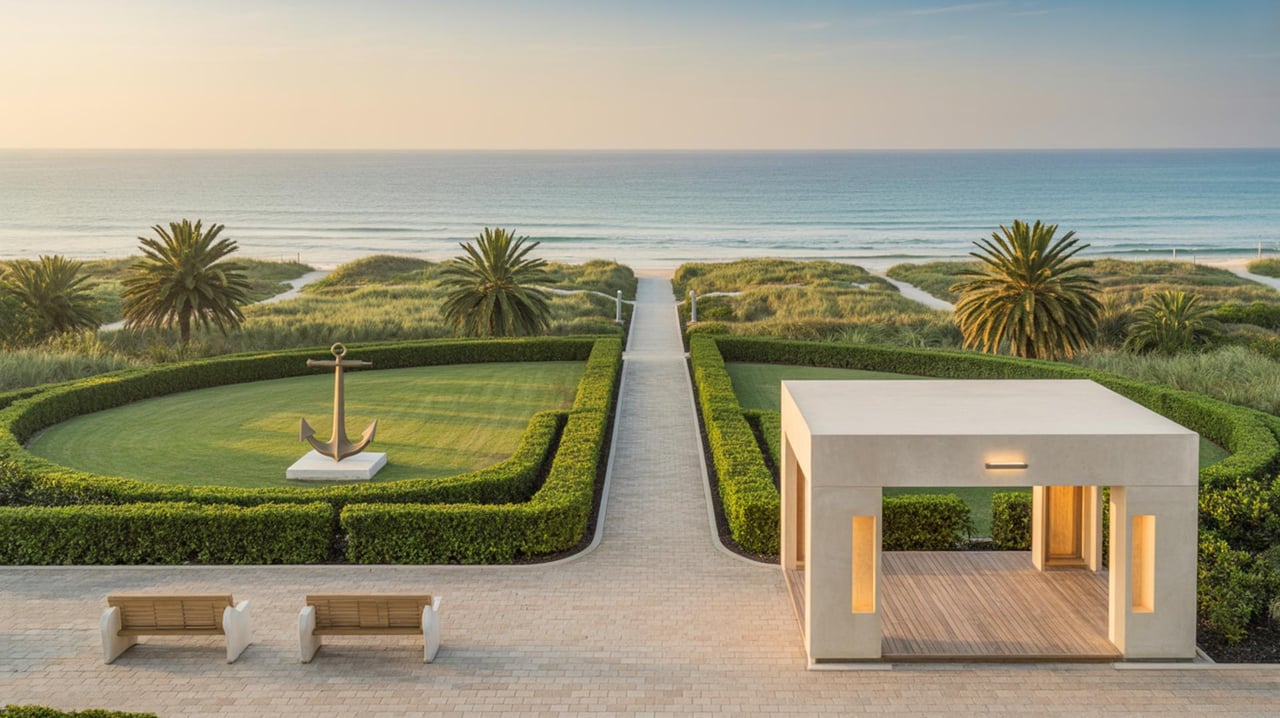
September 29, 2025
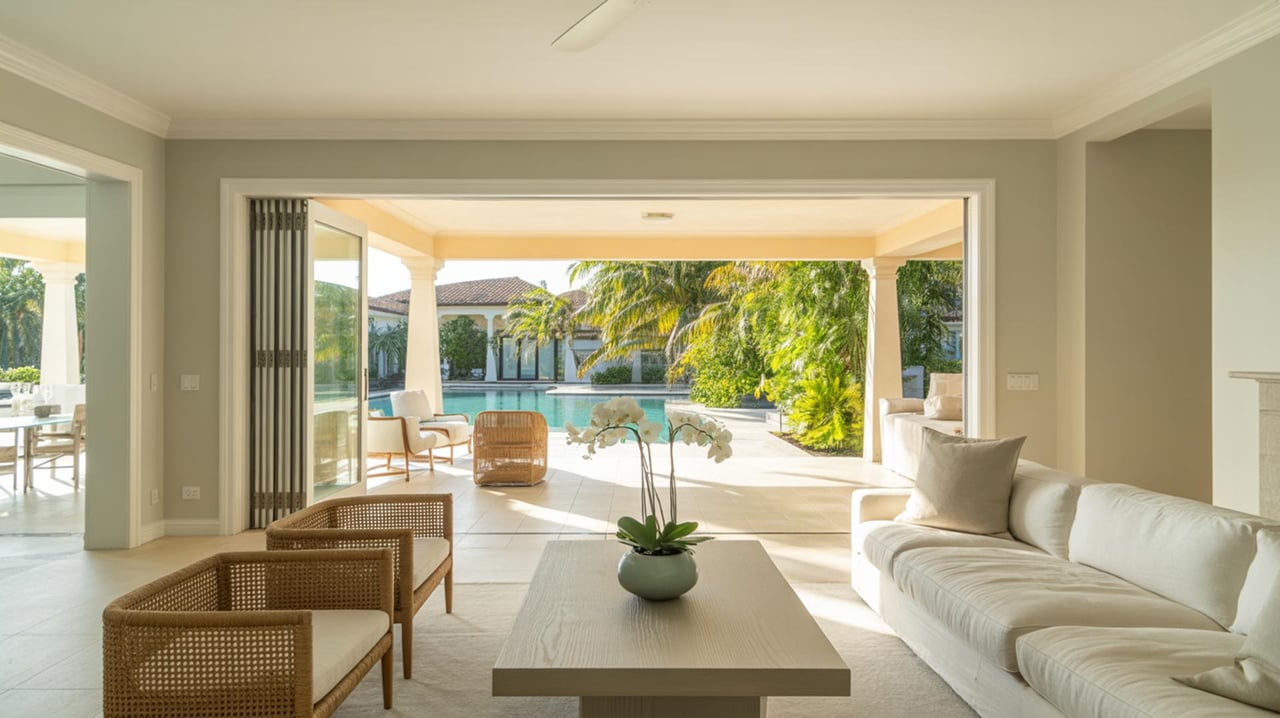
September 24, 2025
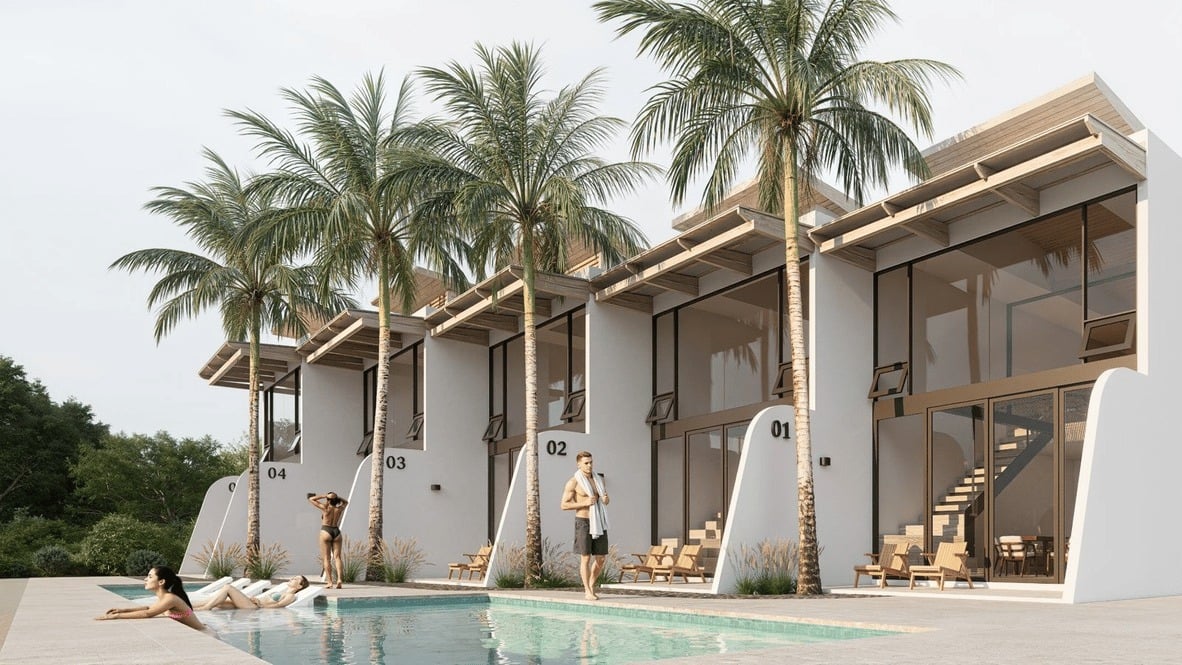
September 21, 2025
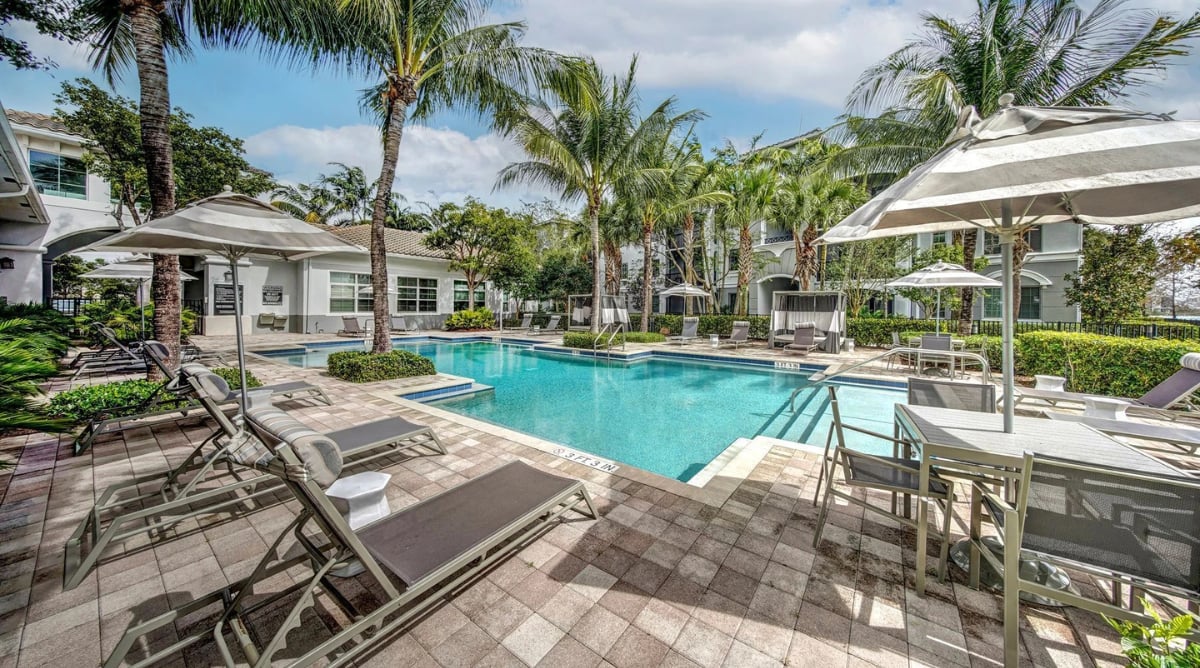
September 21, 2025
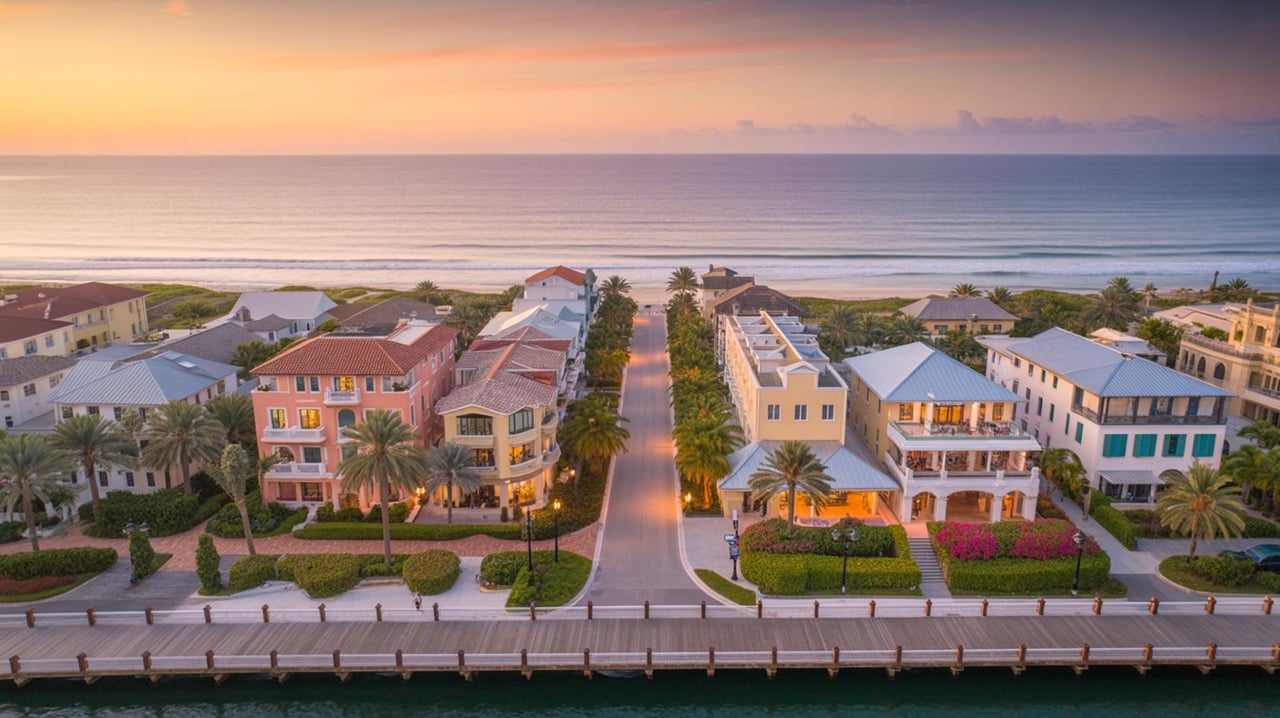
September 14, 2025
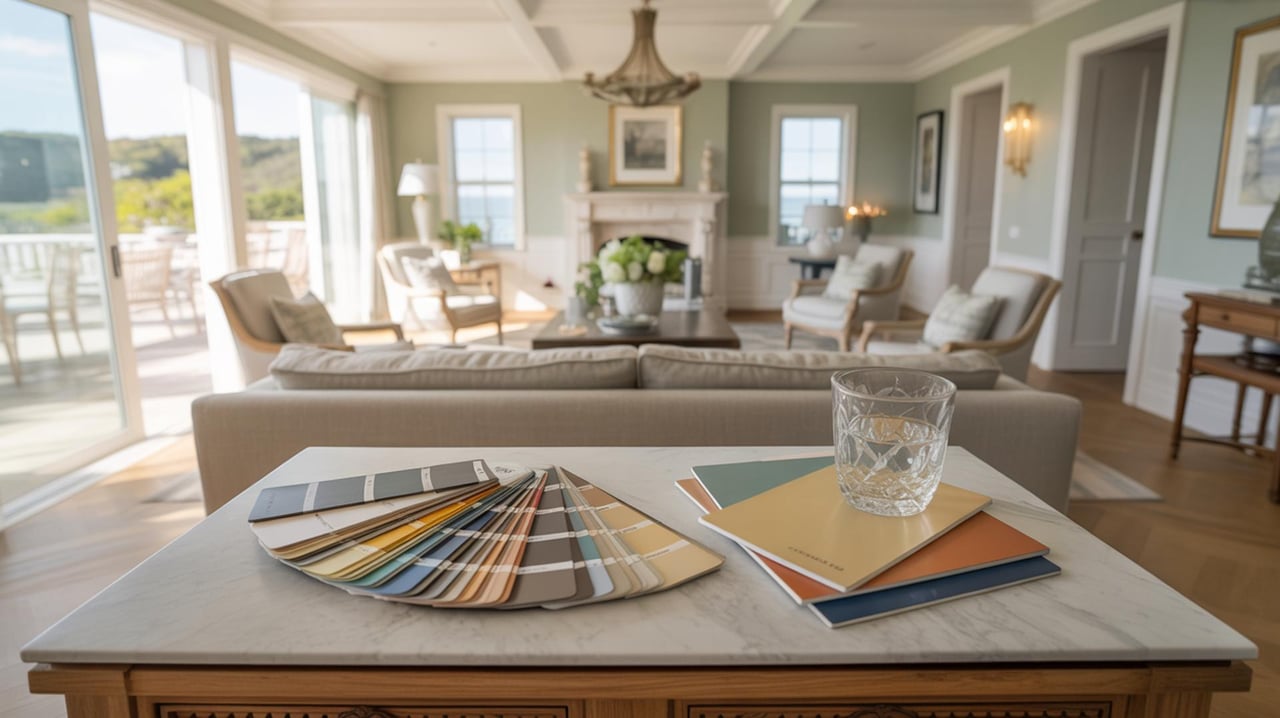
September 8, 2025
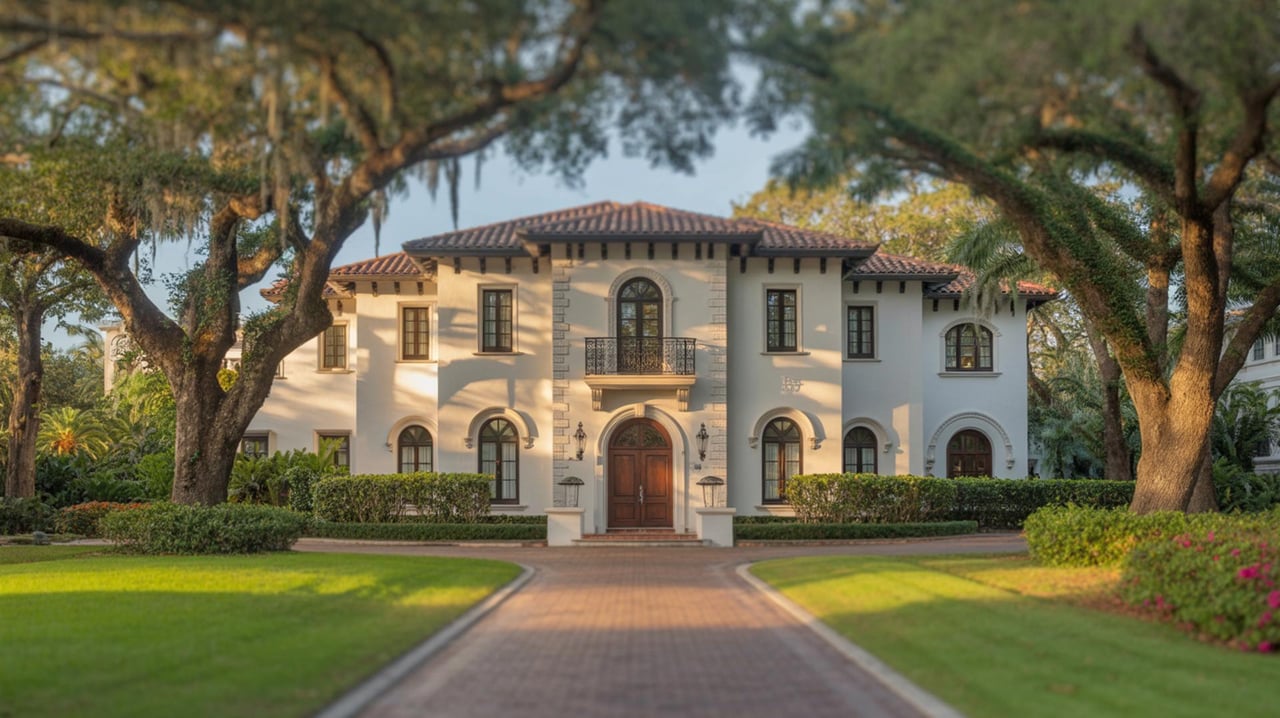
August 31, 2025
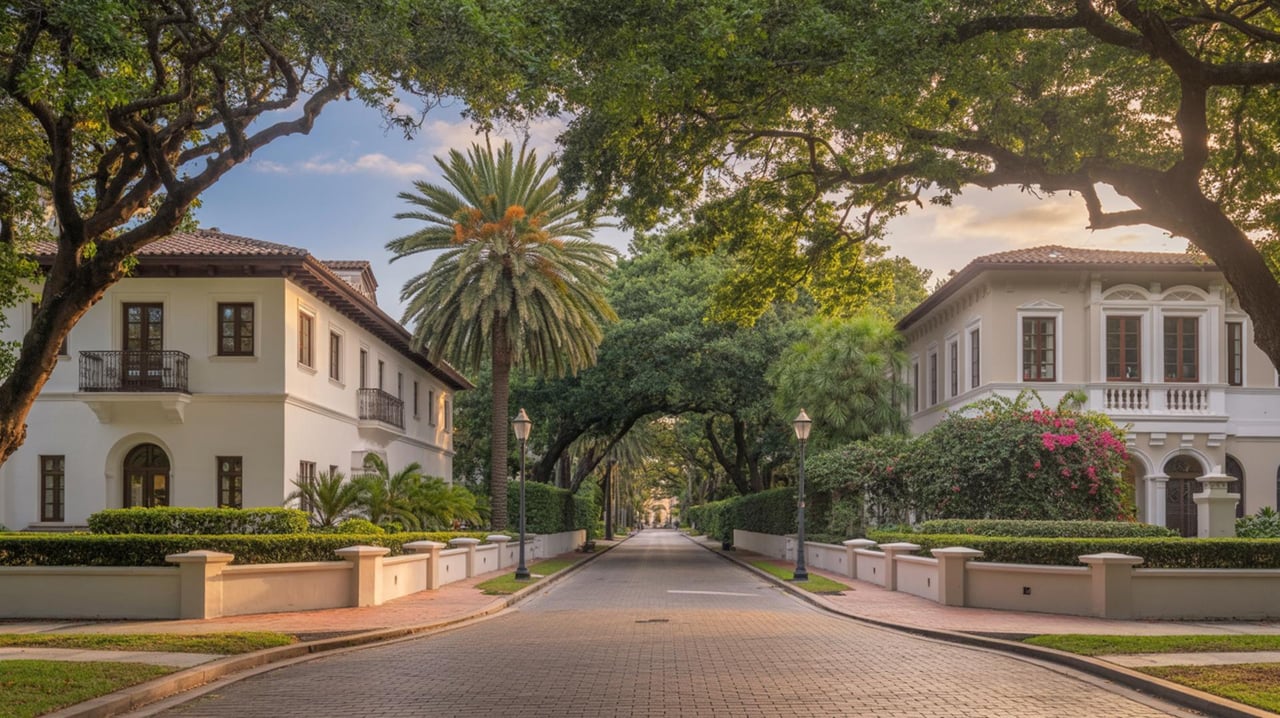
August 30, 2025
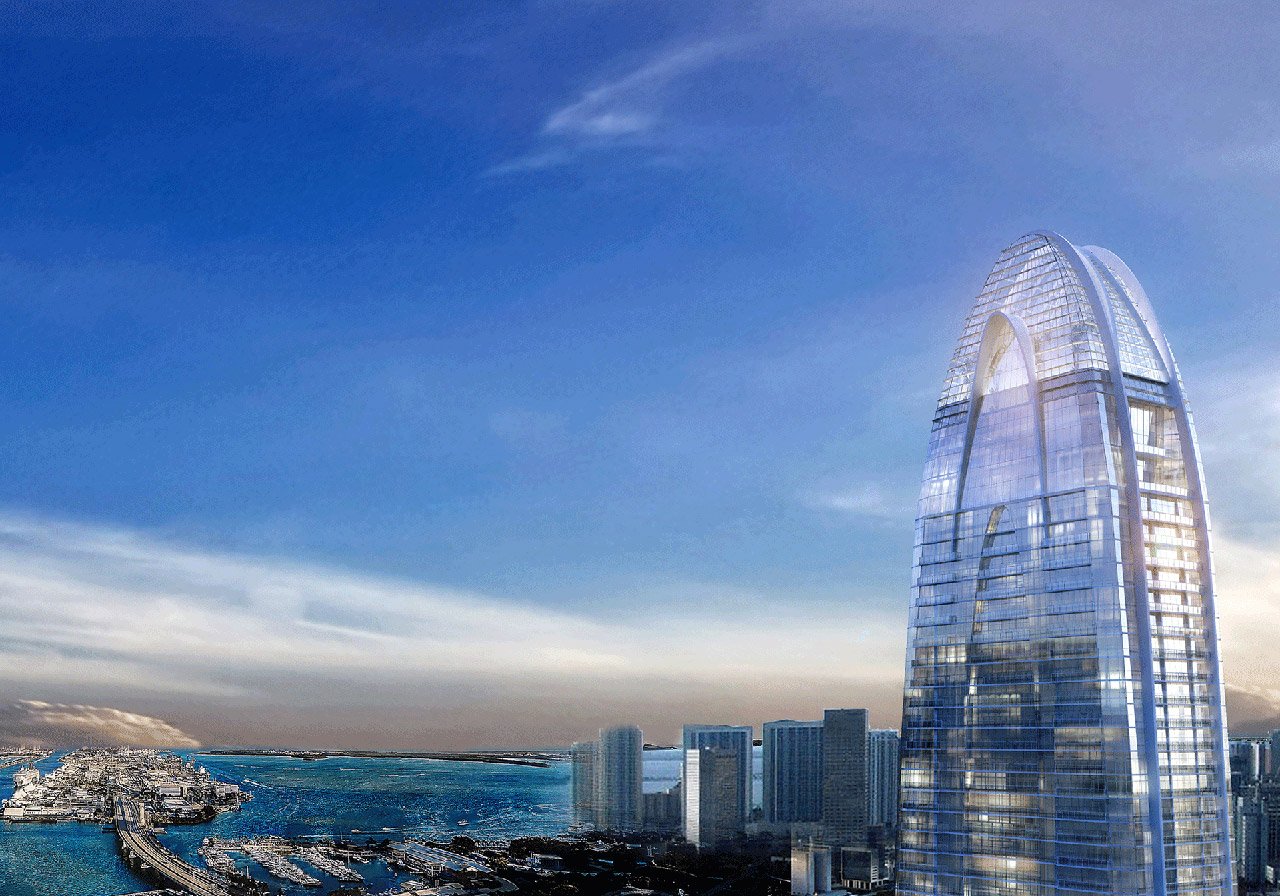
Ekaterina Brosda I August 29, 2025

August 29, 2025
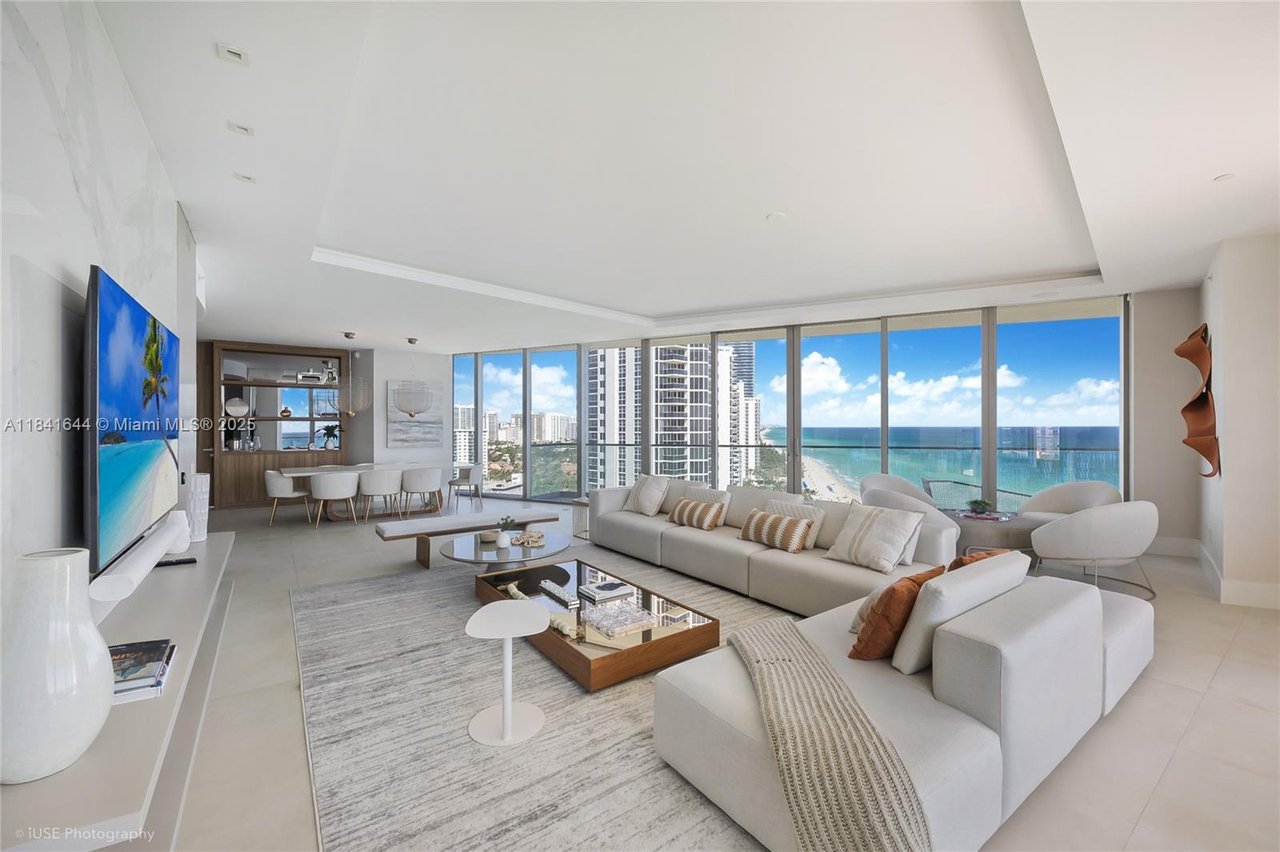
August 19, 2025
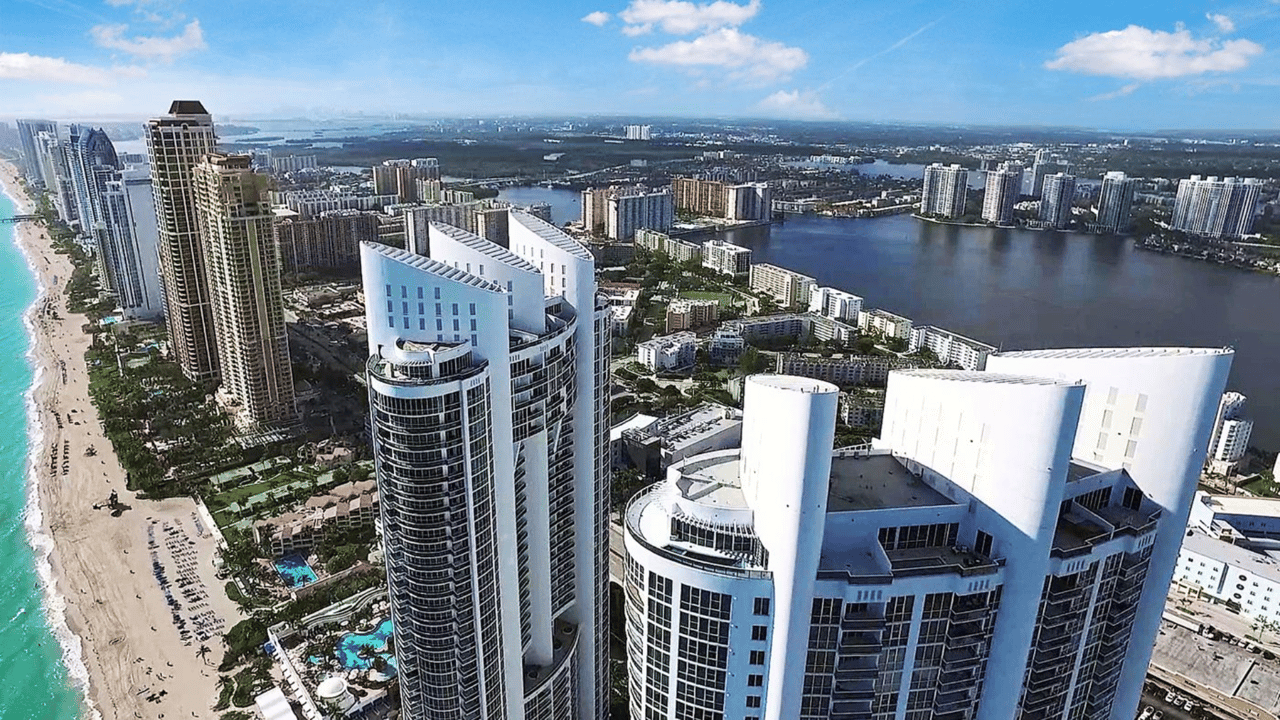
August 19, 2025
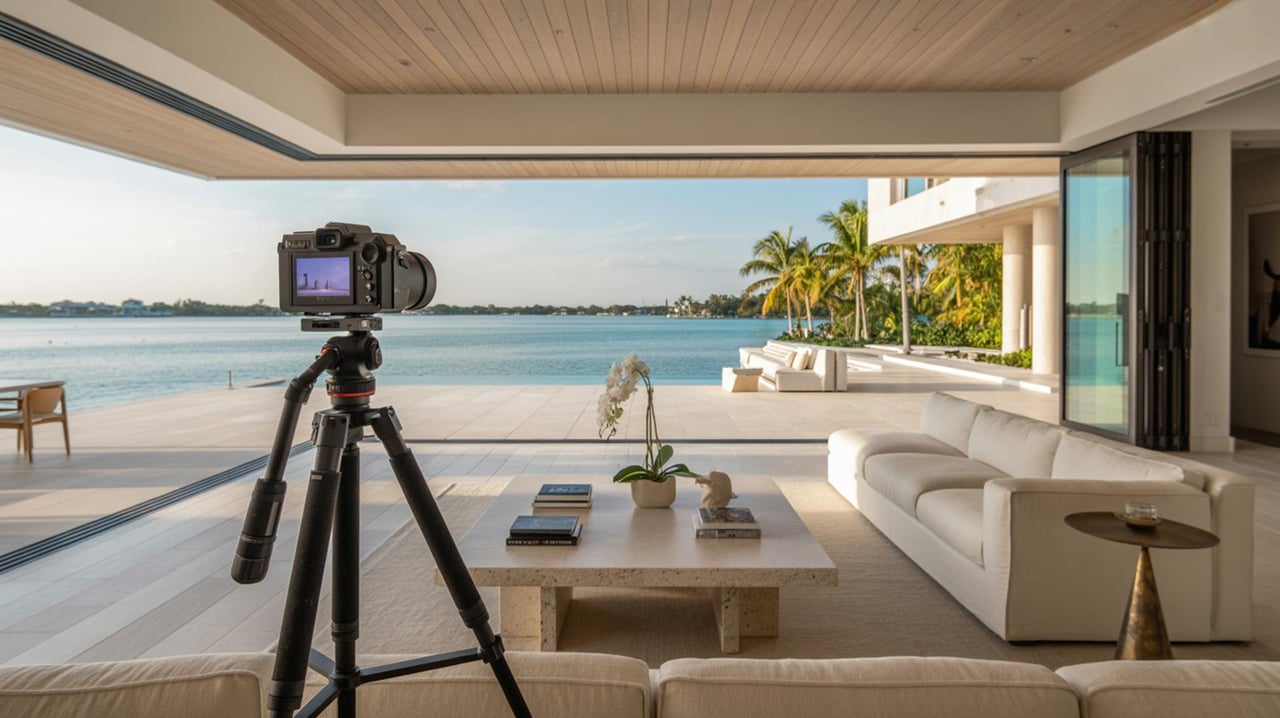
August 15, 2025
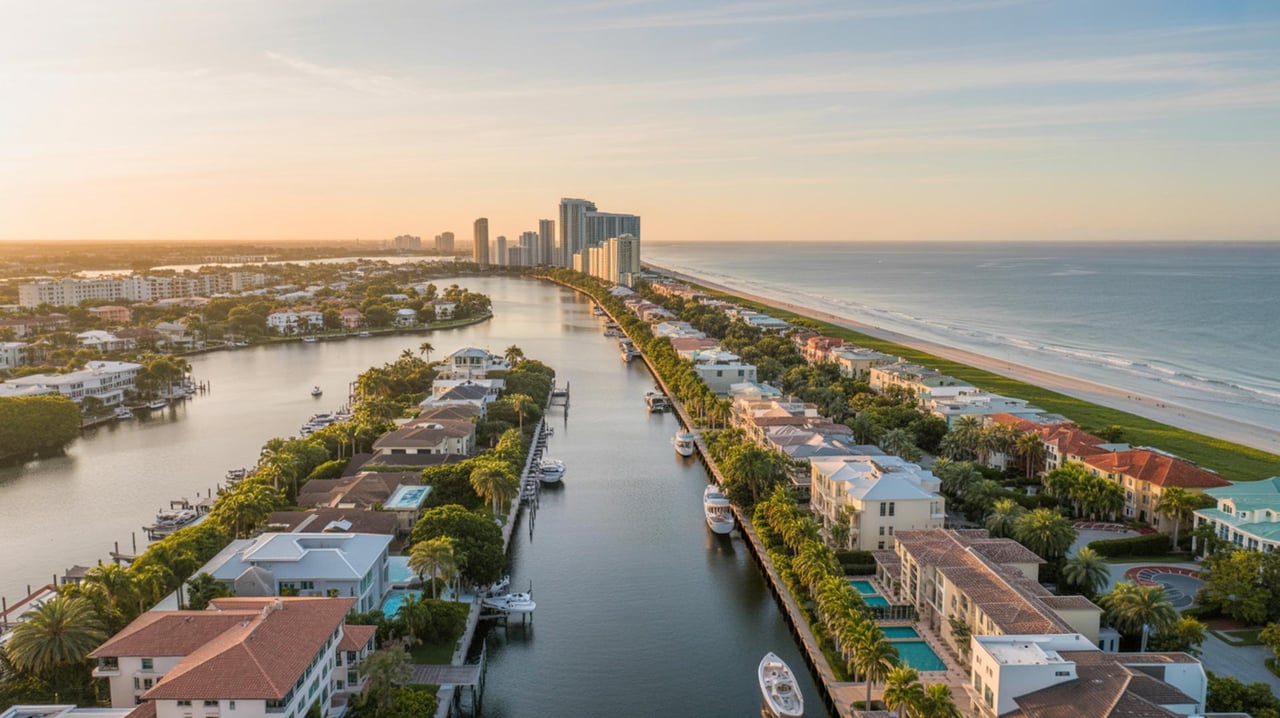
August 14, 2025
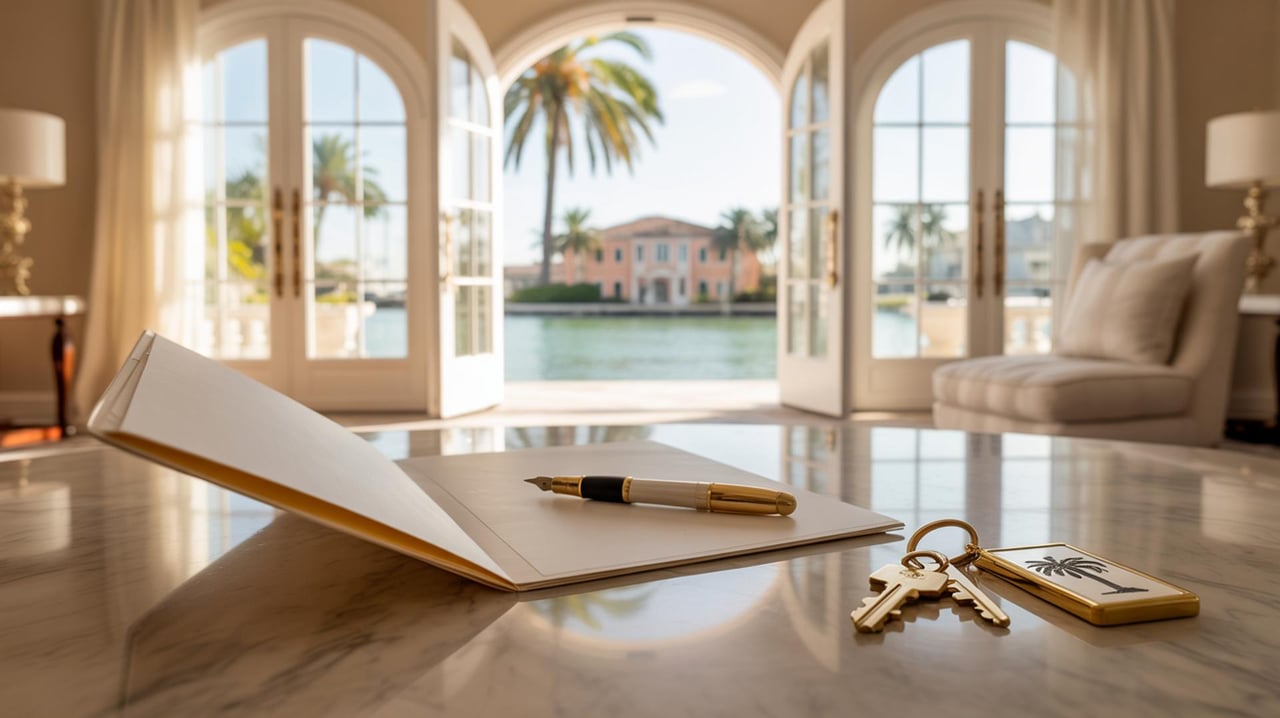
August 9, 2025
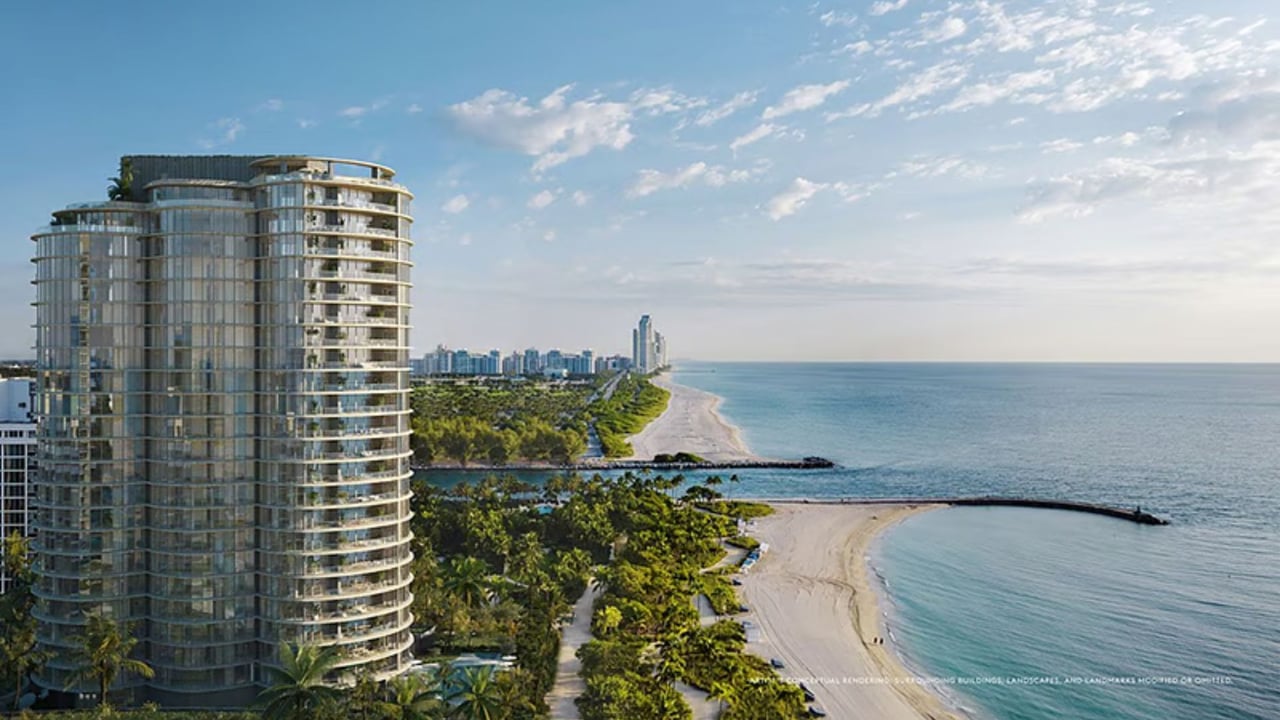
Ekaterina Brosda I August 4, 2025
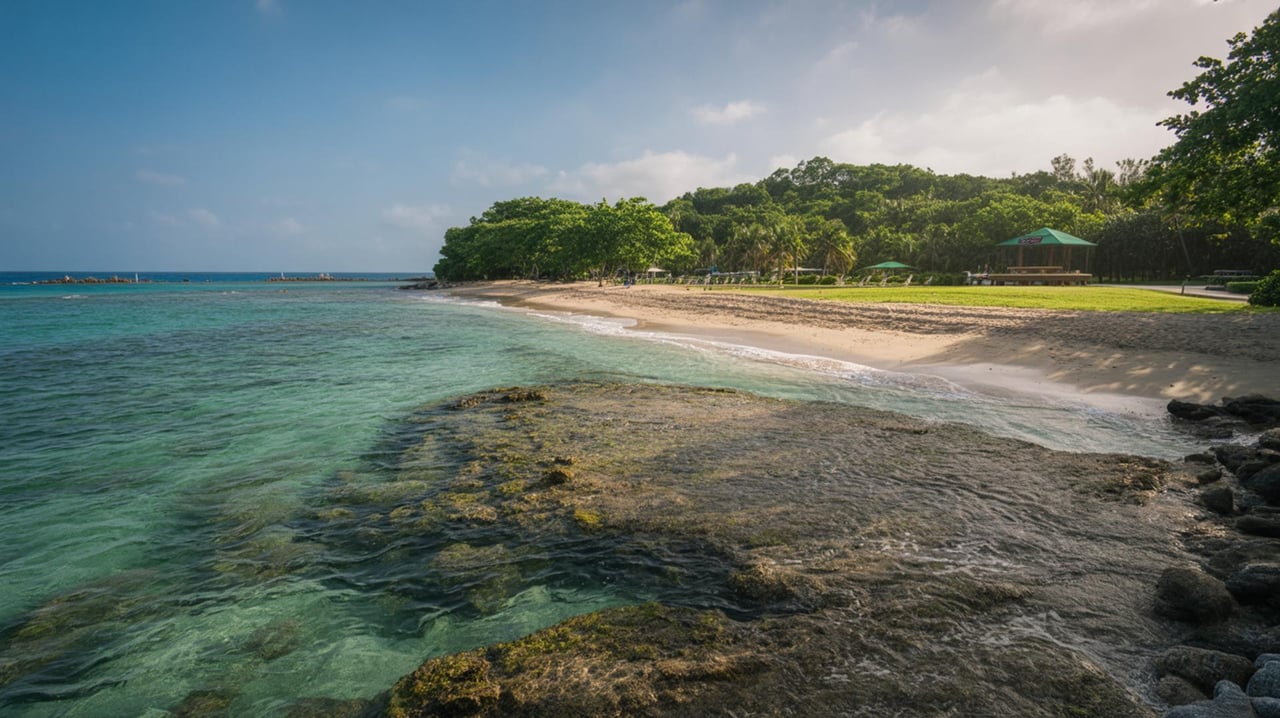
July 24, 2025

Ekaterina Brosda I July 24, 2025

Ekaterina Brosda I July 24, 2025

July 21, 2025

Ekaterina Brosda I July 8, 2025
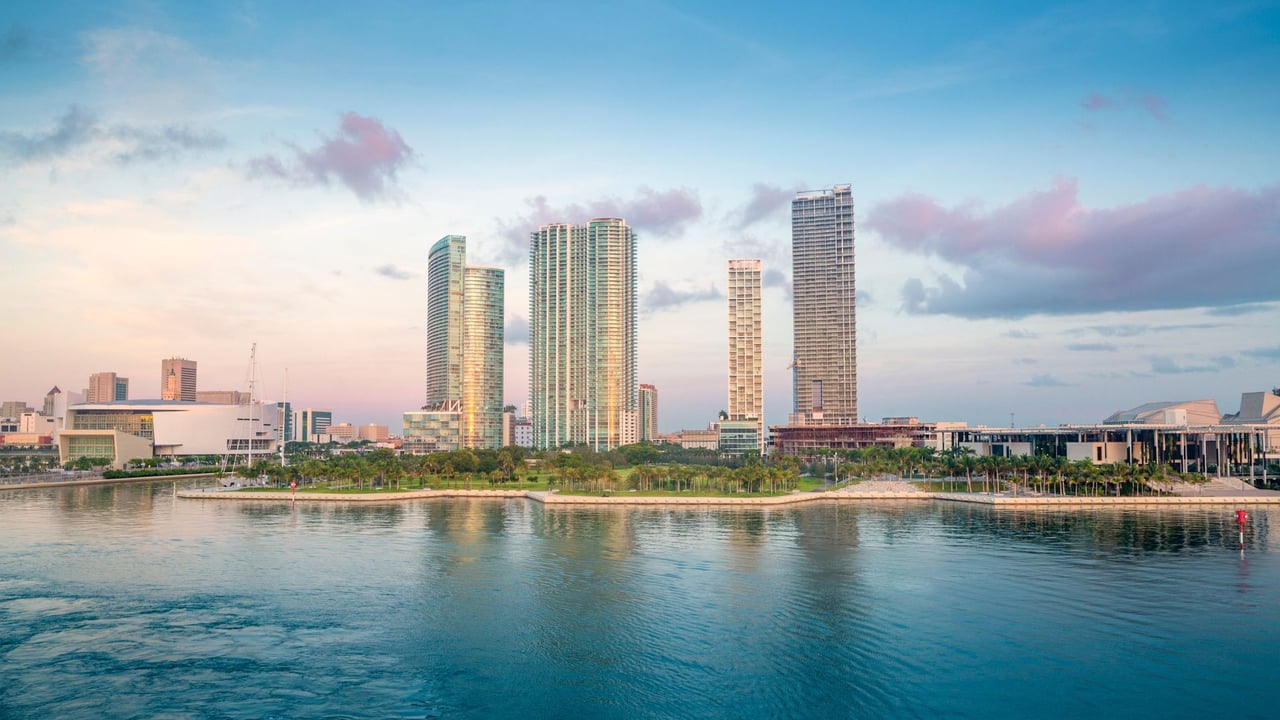
Ekaterina Brosda I July 8, 2025

July 19, 2025
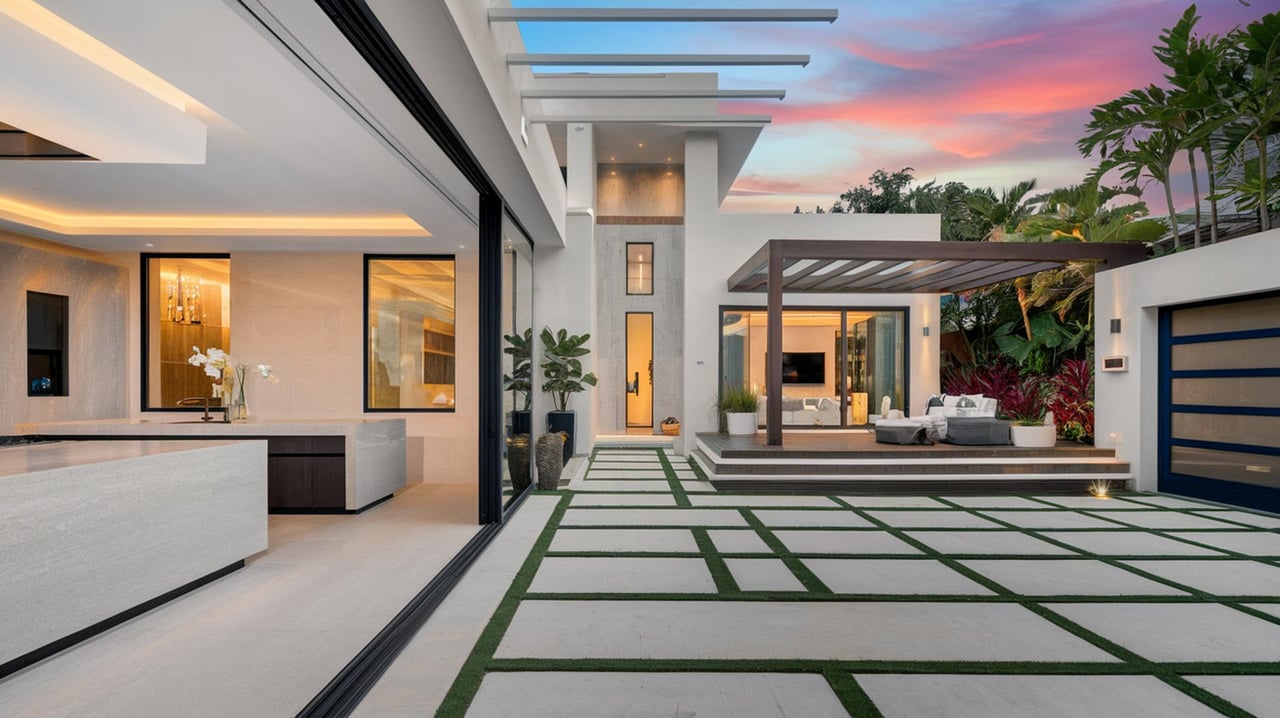
July 11, 2025

July 10, 2025
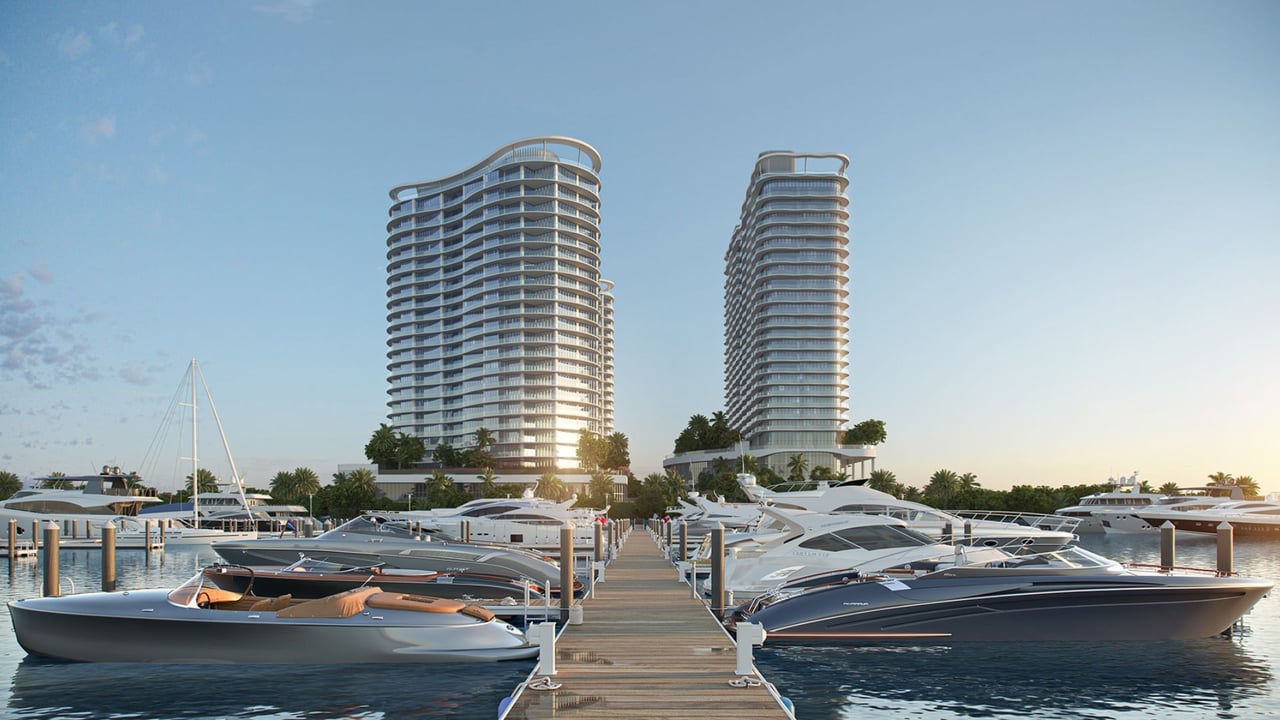
Ekaterina Brosda I July 1, 2025
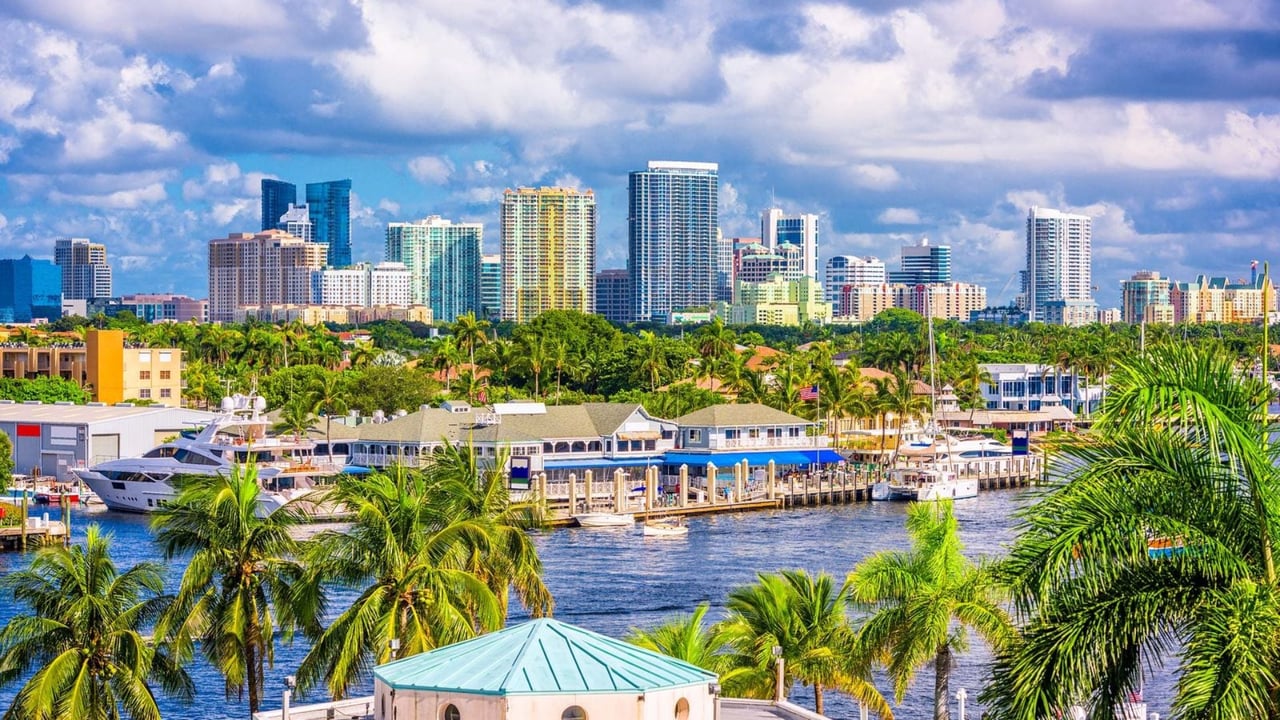
Ekaterina Brosda I July 1, 2025
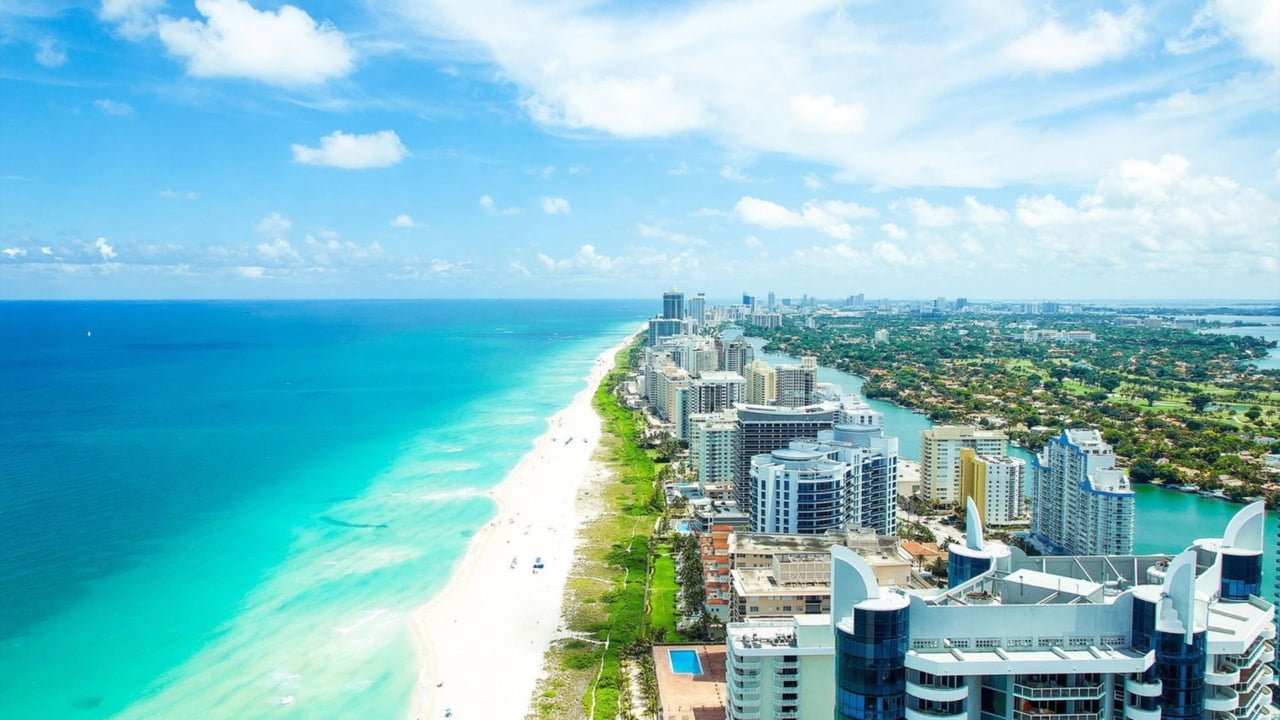
Ekaterina Brosda I July 1, 2025
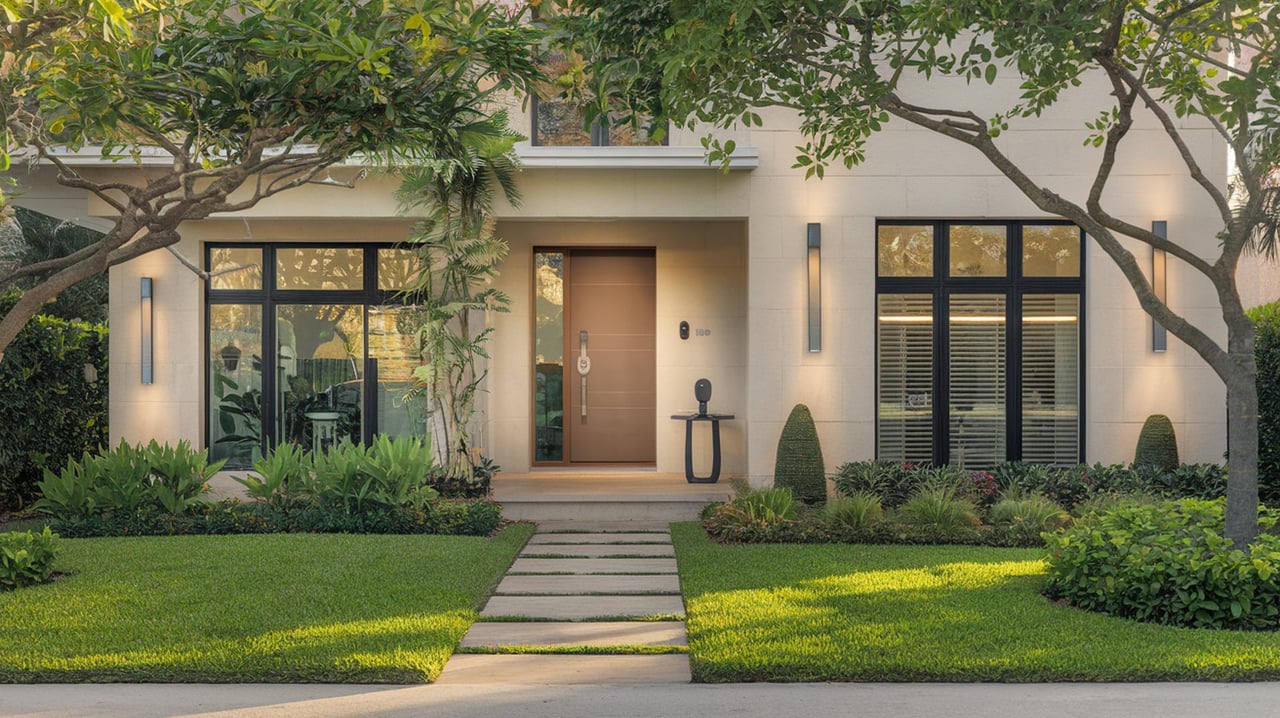
July 1, 2025
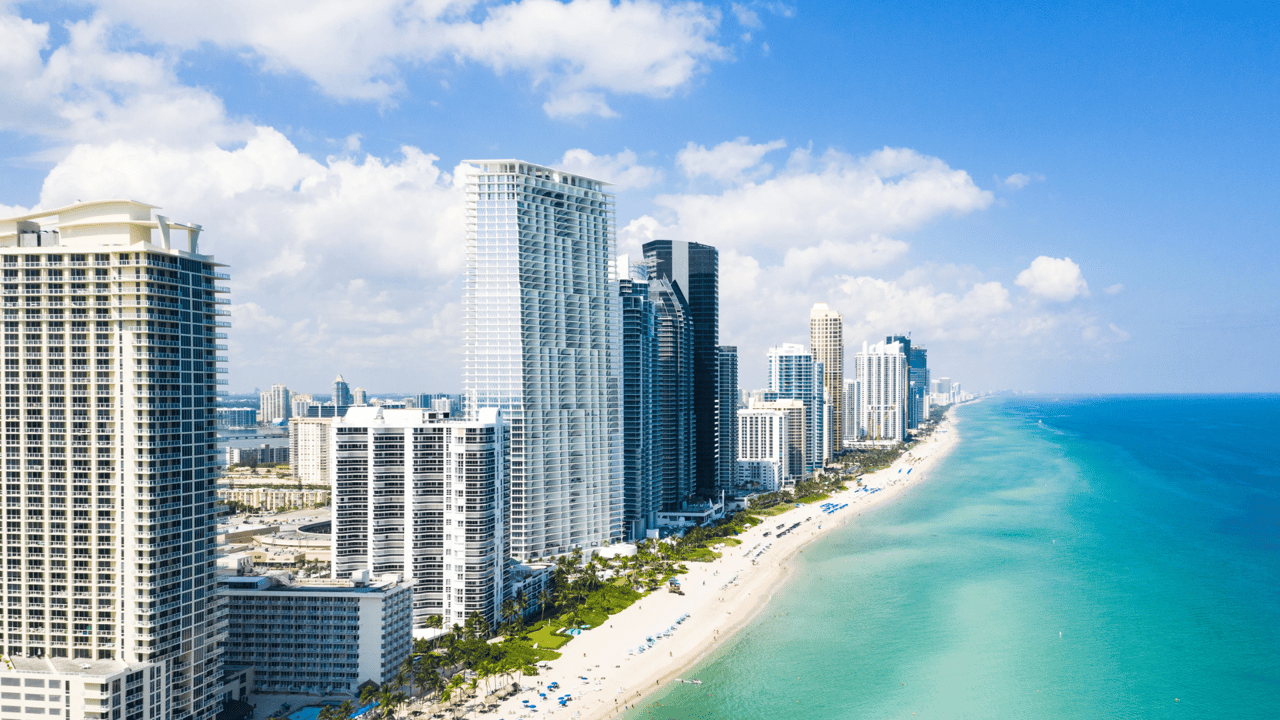
Ekaterina Brosda I June 27, 2025
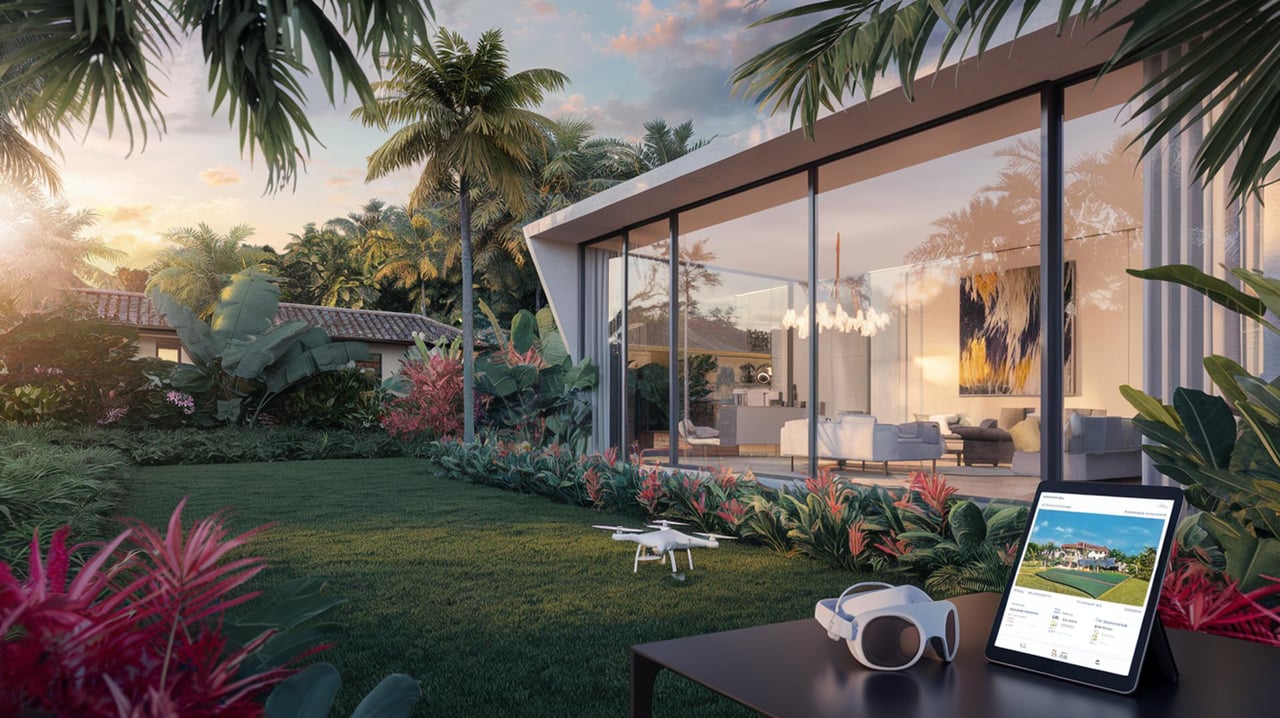
June 26, 2025
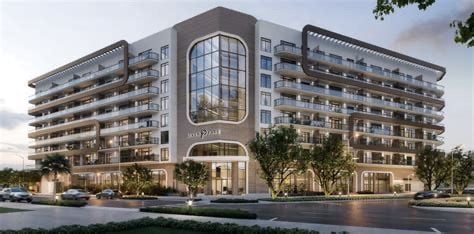
Ekaterina Brosda I June 26, 2025
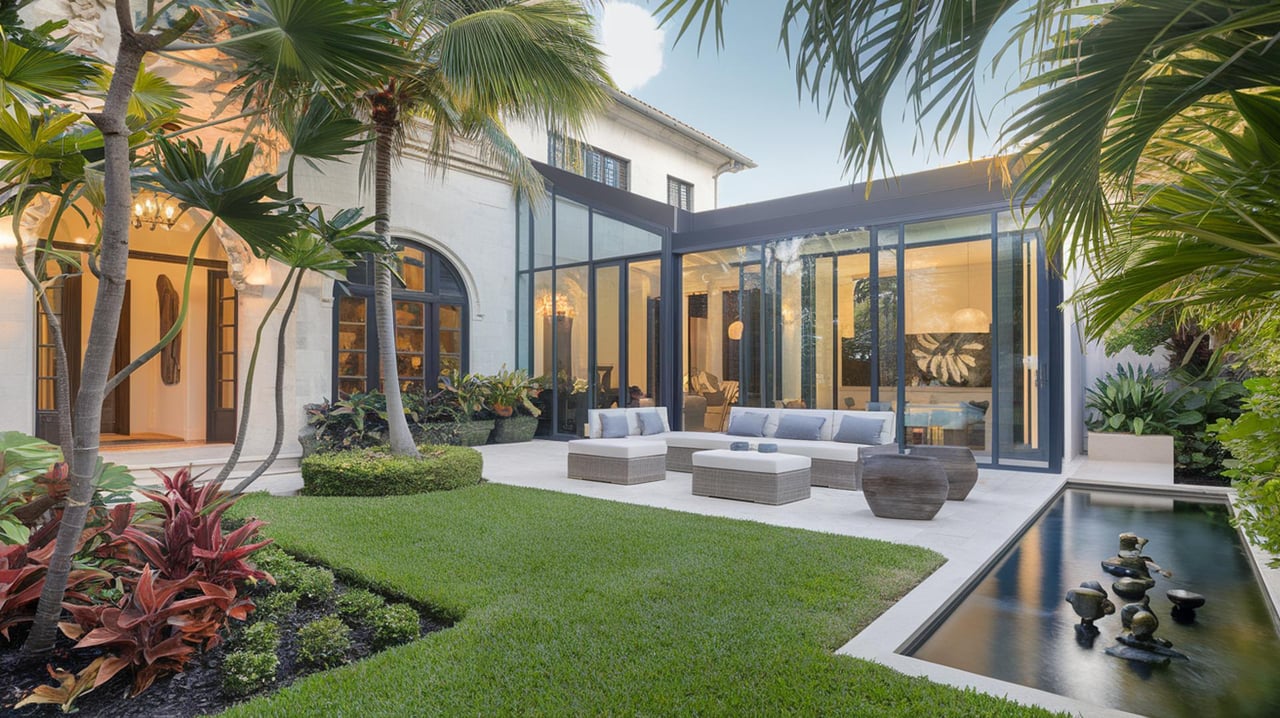
June 17, 2025
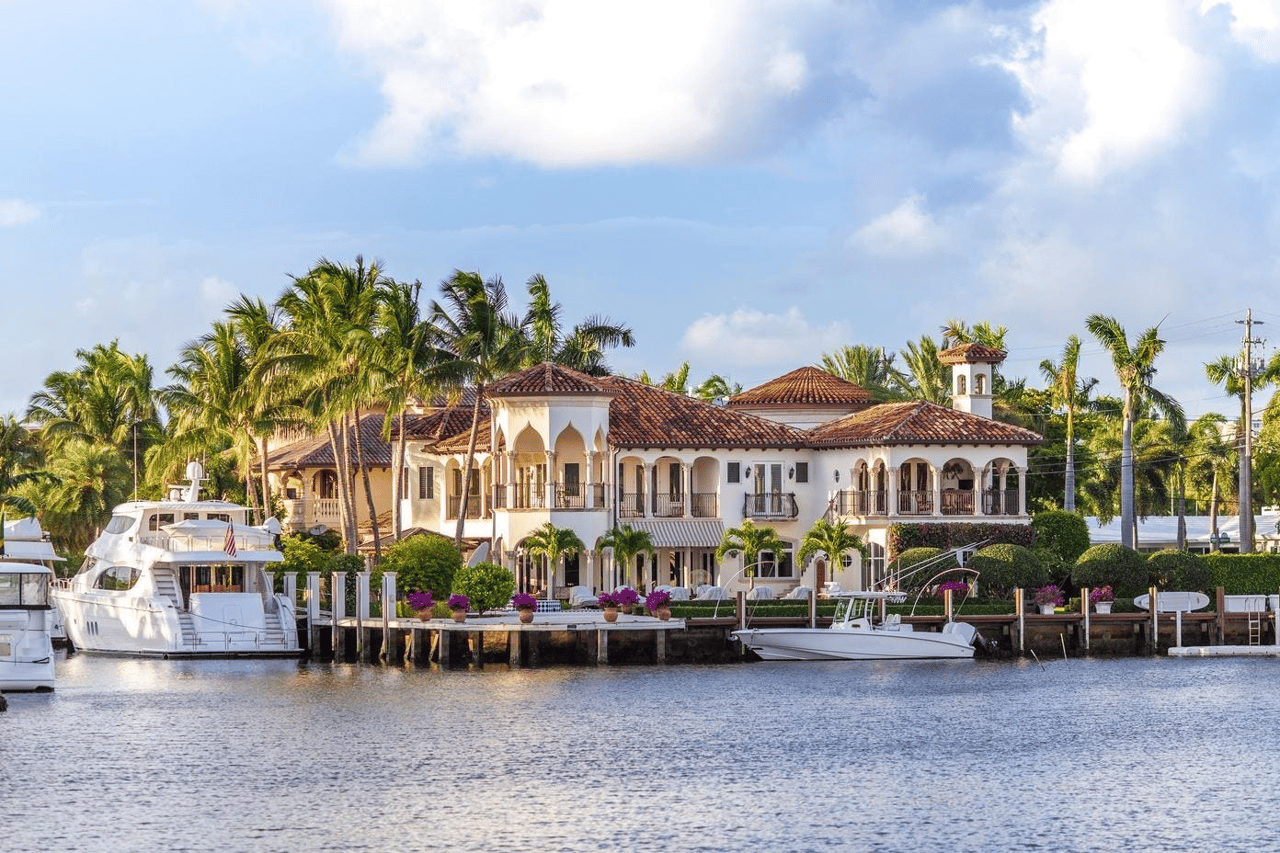
June 16, 2025
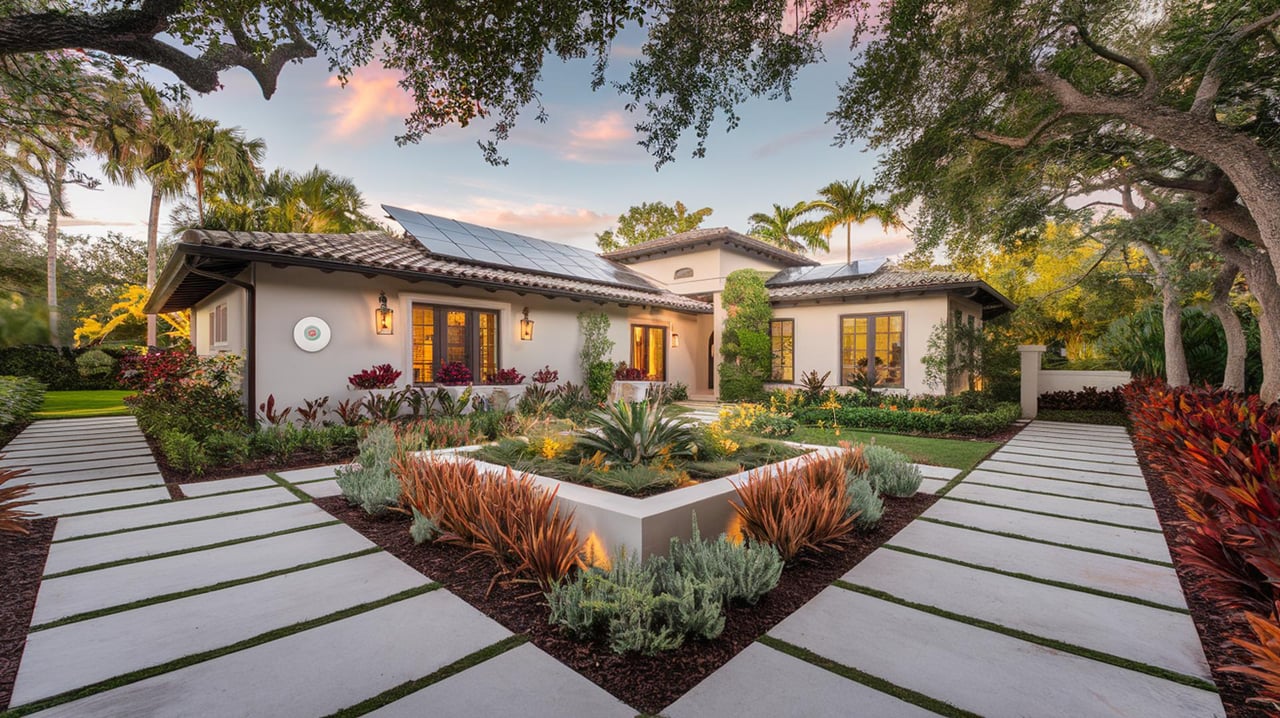
June 12, 2025
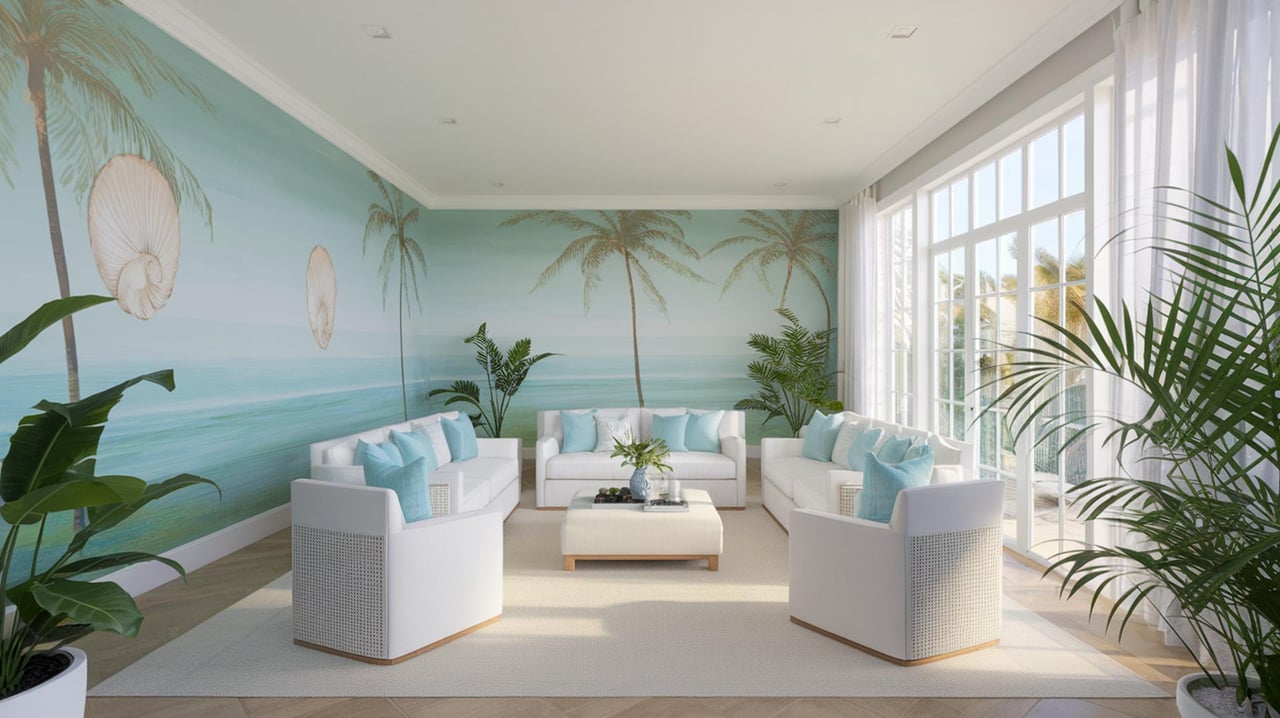
June 11, 2025

May 28, 2025
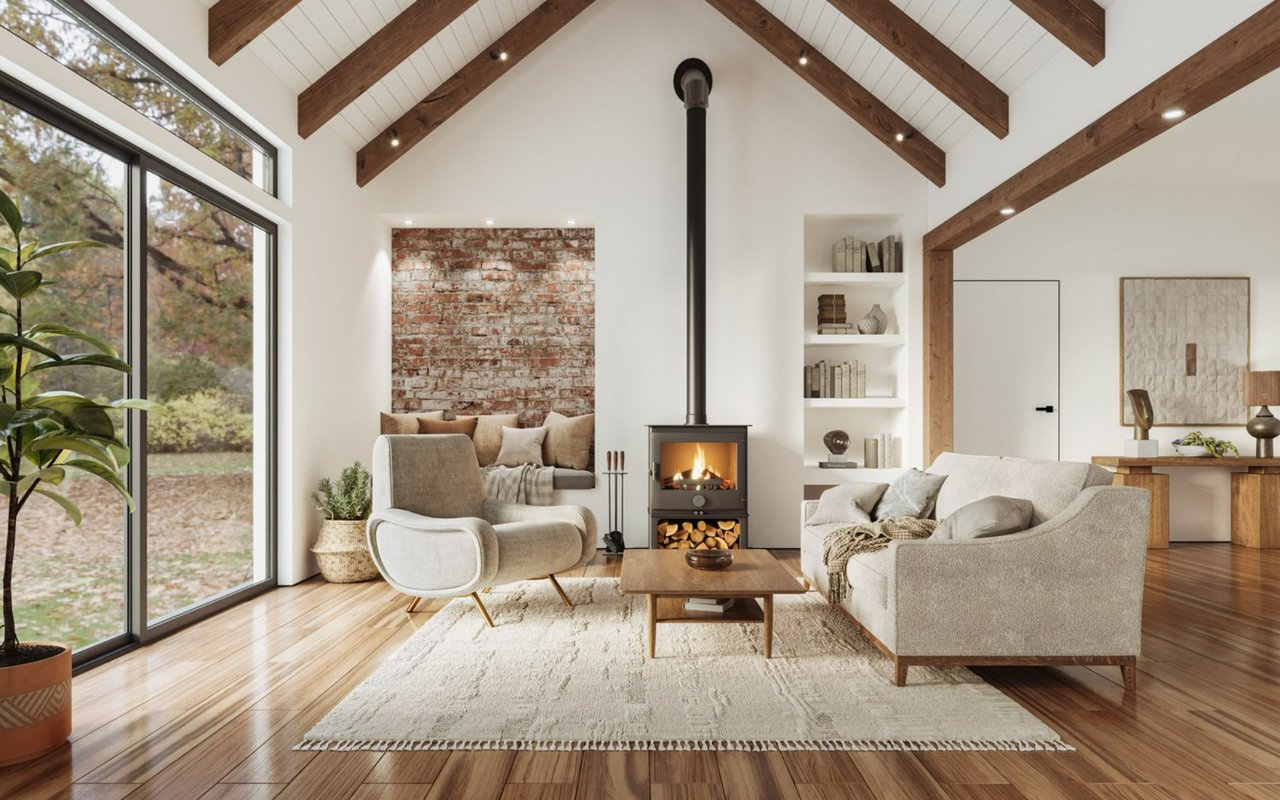
March 1, 2025

April 4, 2025
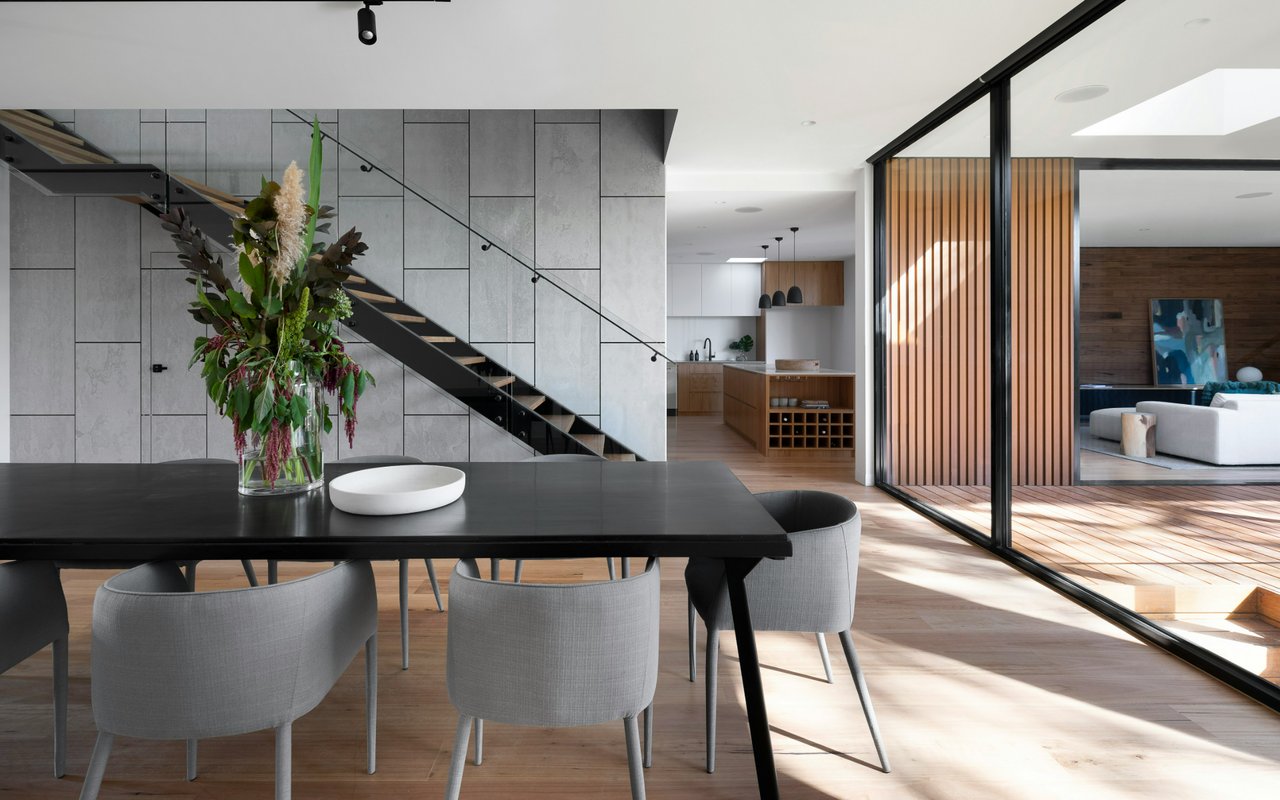
April 4, 2025
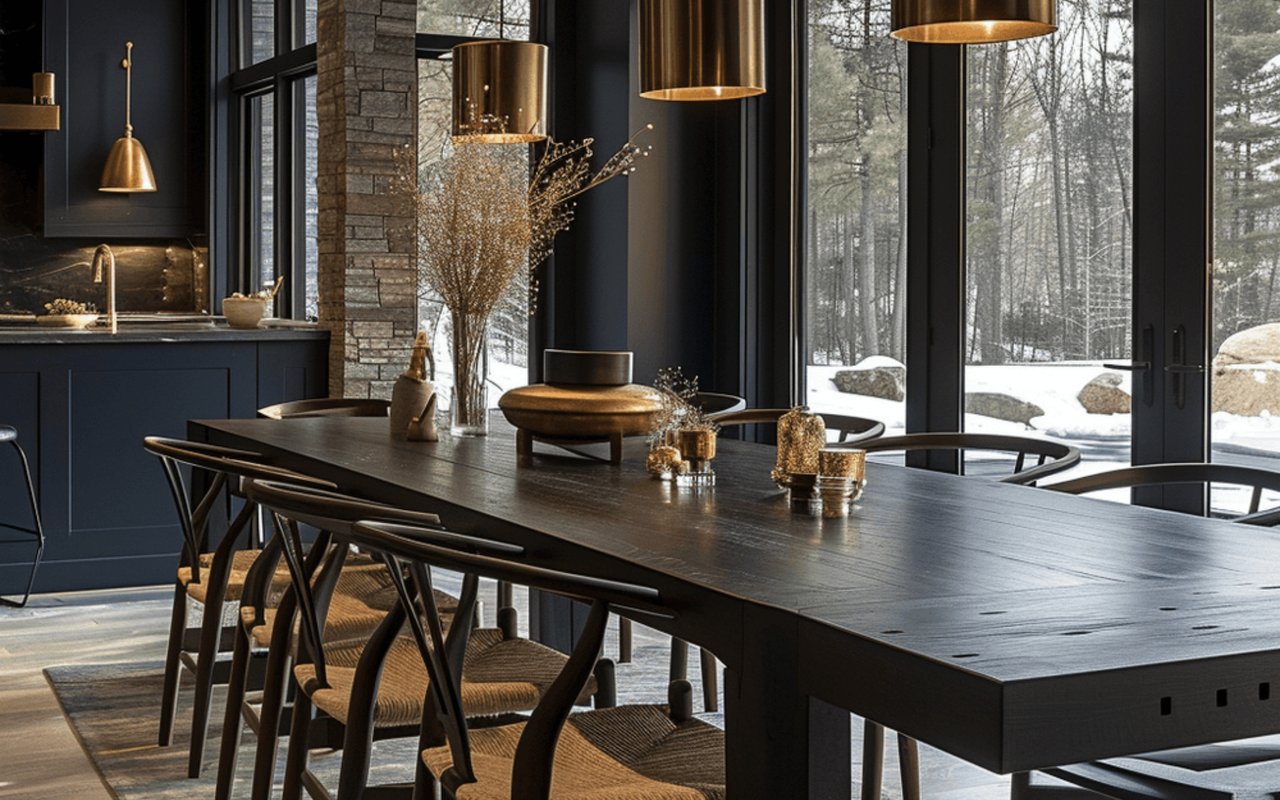
April 4, 2025
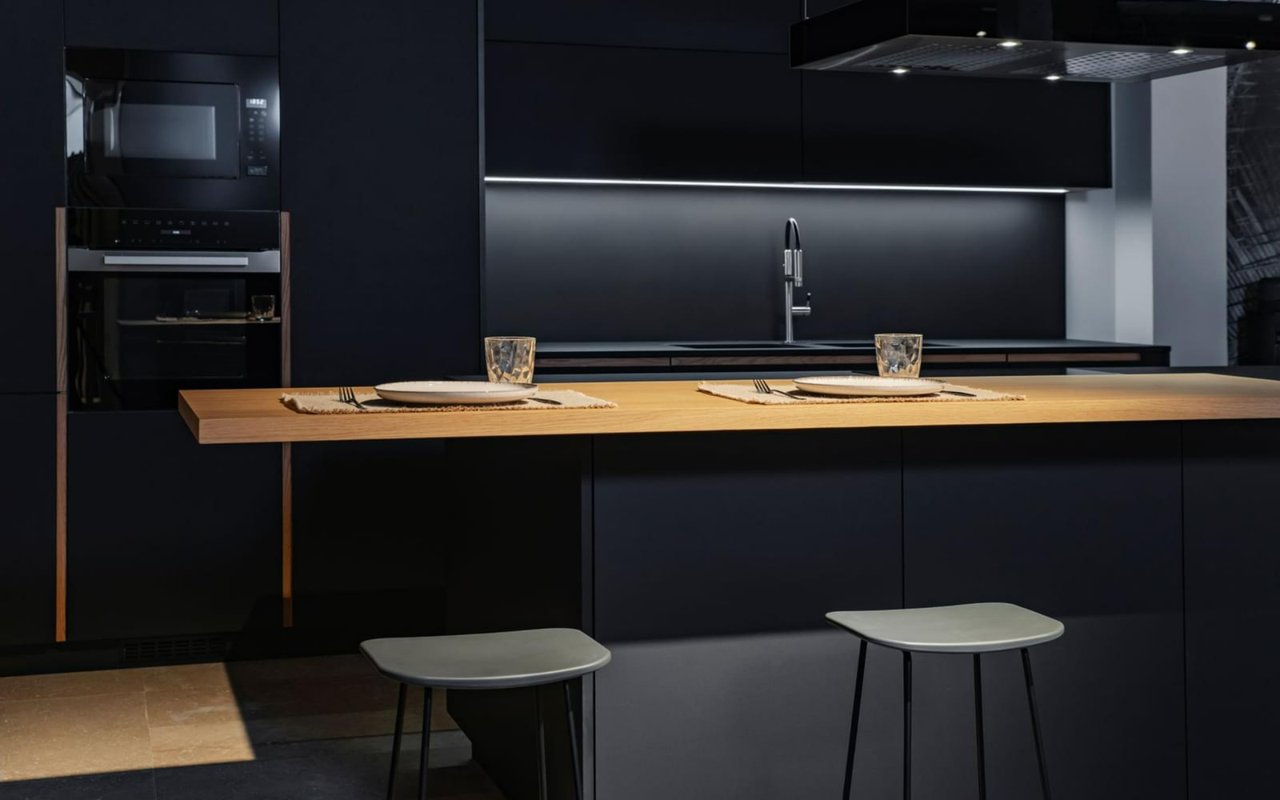
April 4, 2025
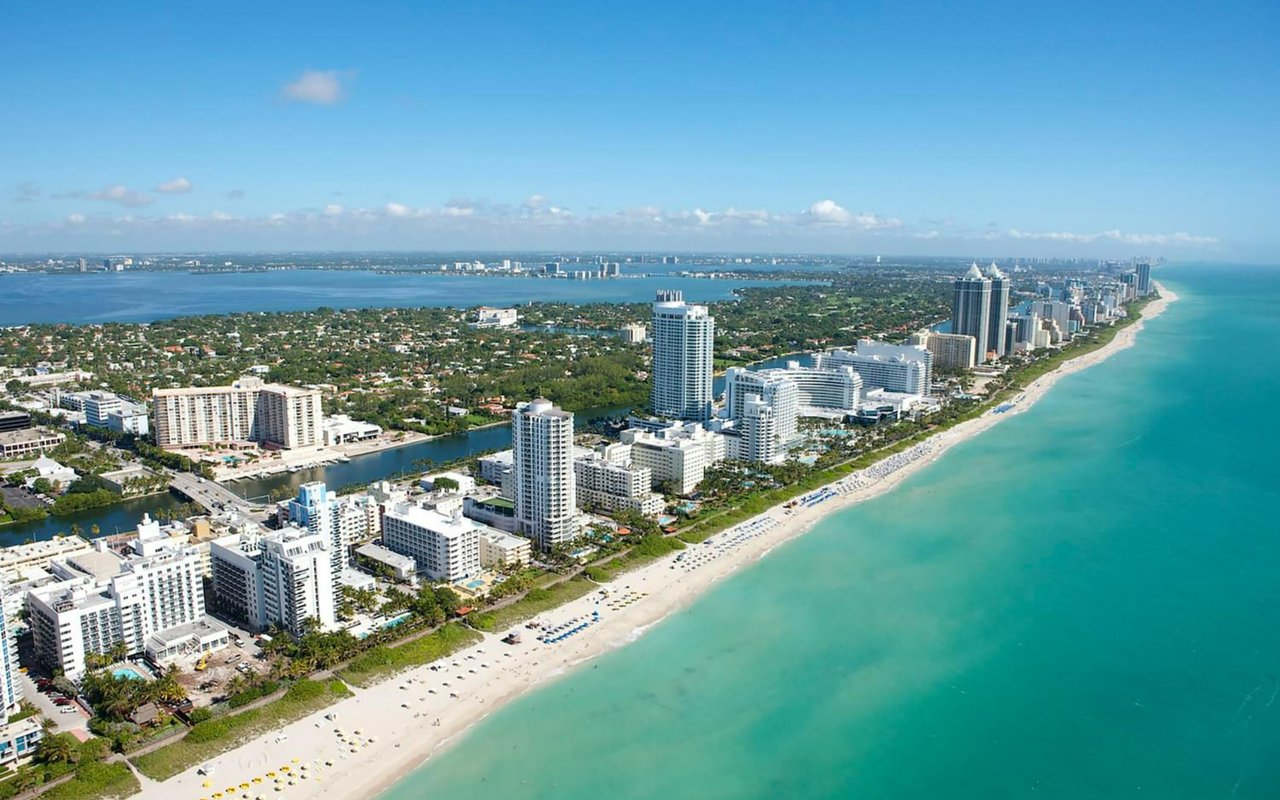
April 4, 2025
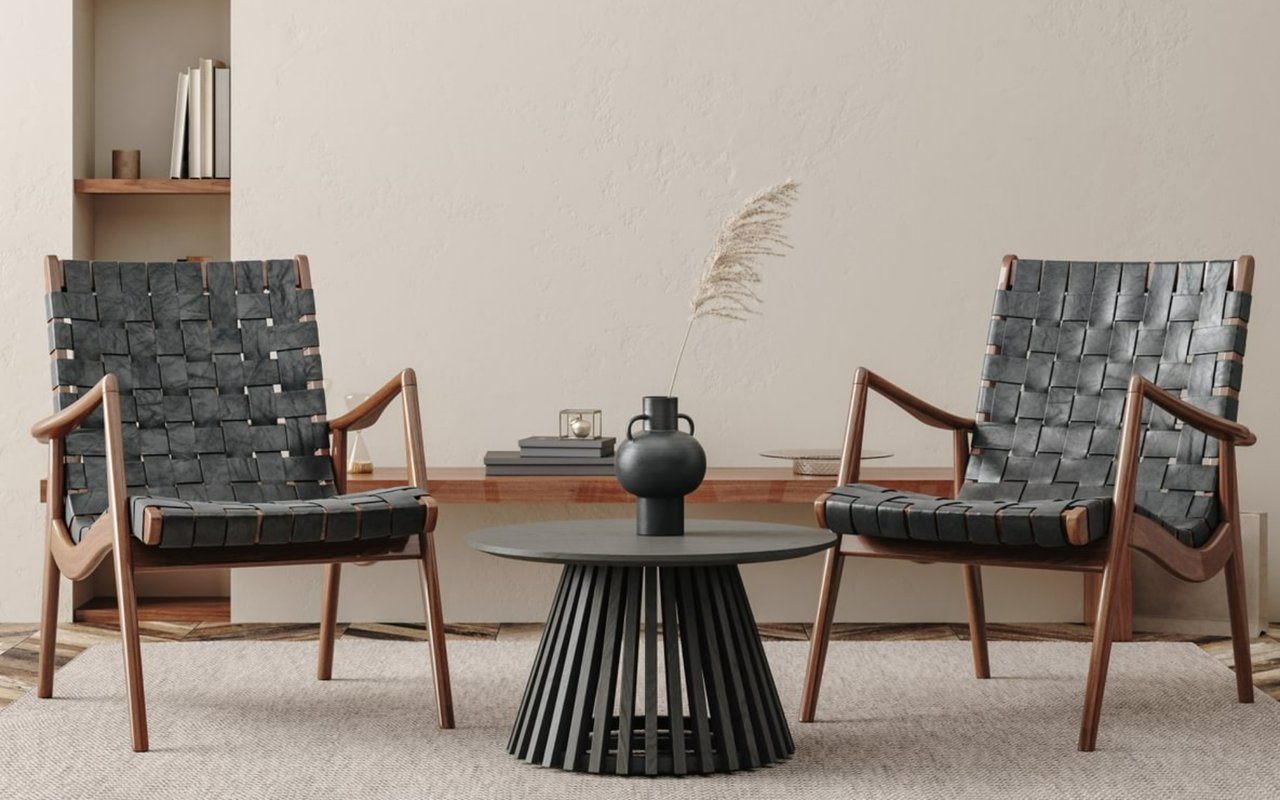
April 4, 2025

April 4, 2025

April 7, 2025
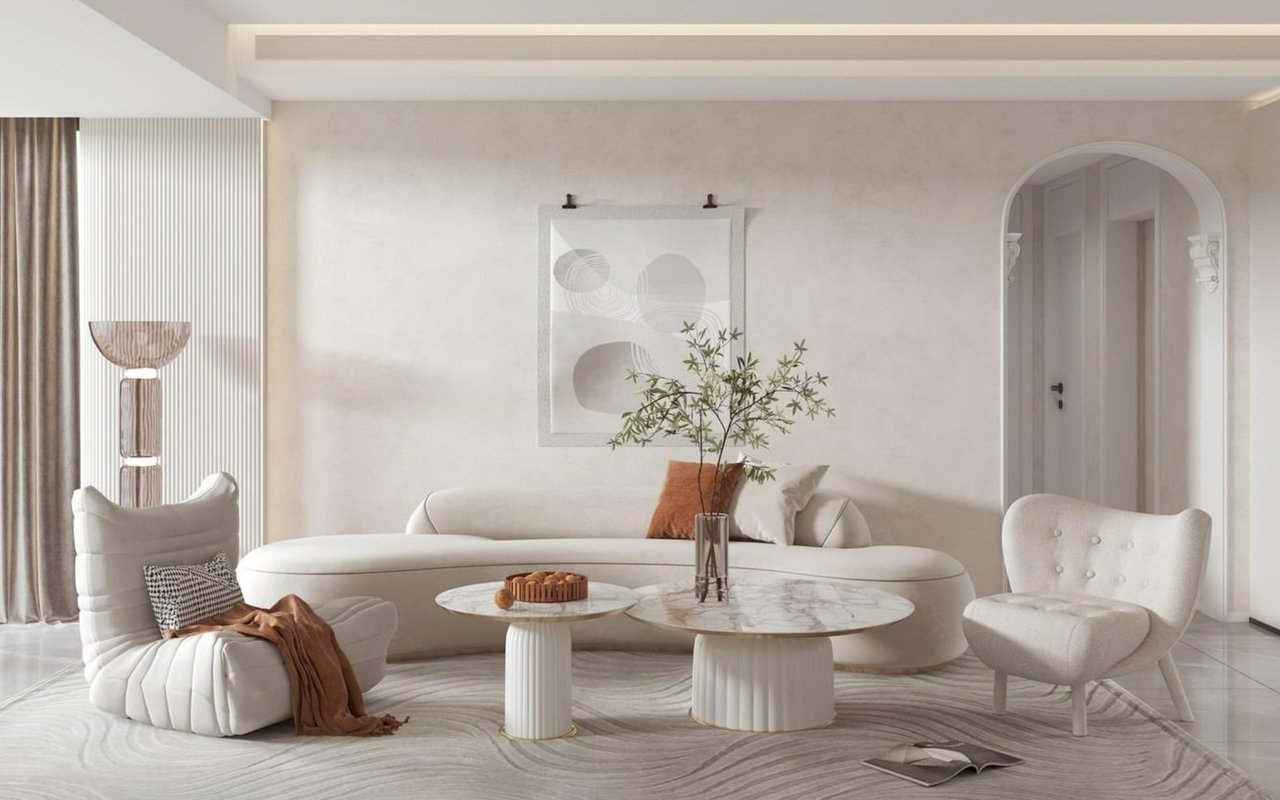
April 7, 2025
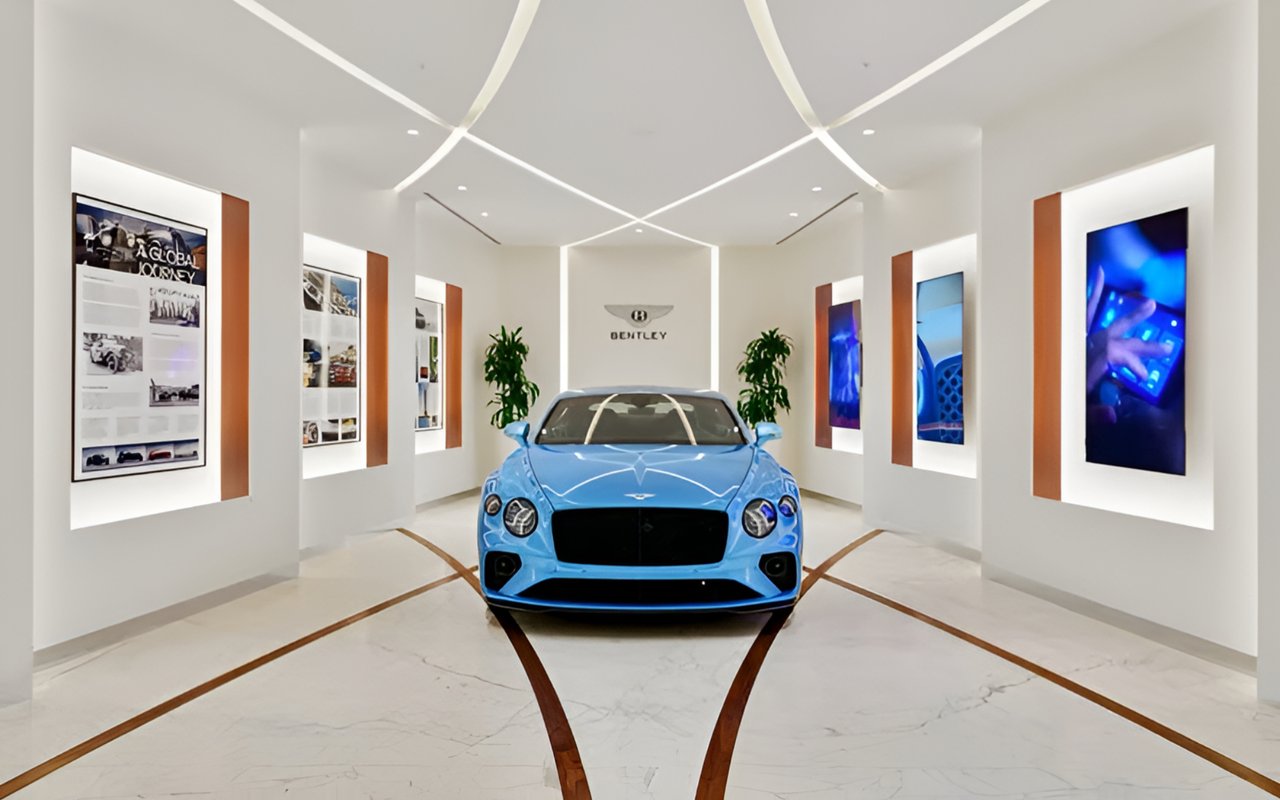
April 4, 2025
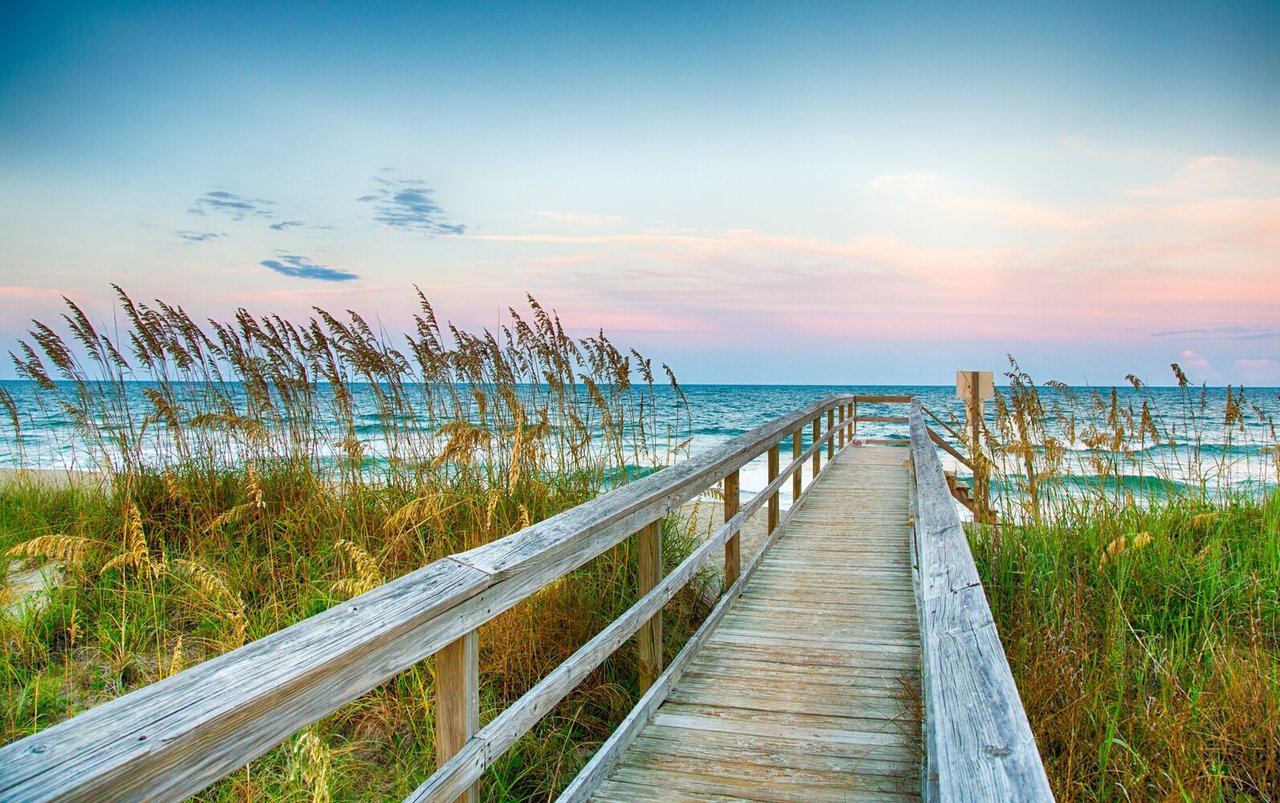
April 9, 2025
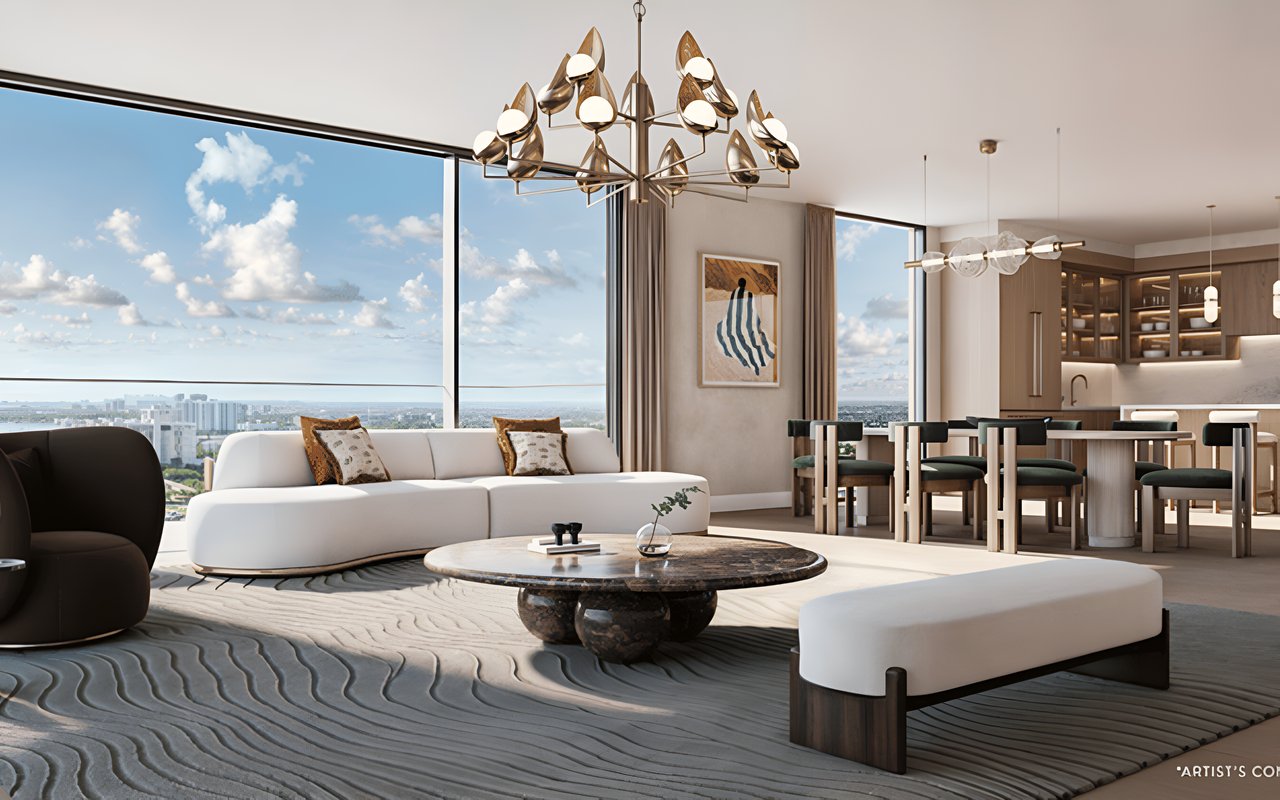
April 8, 2025
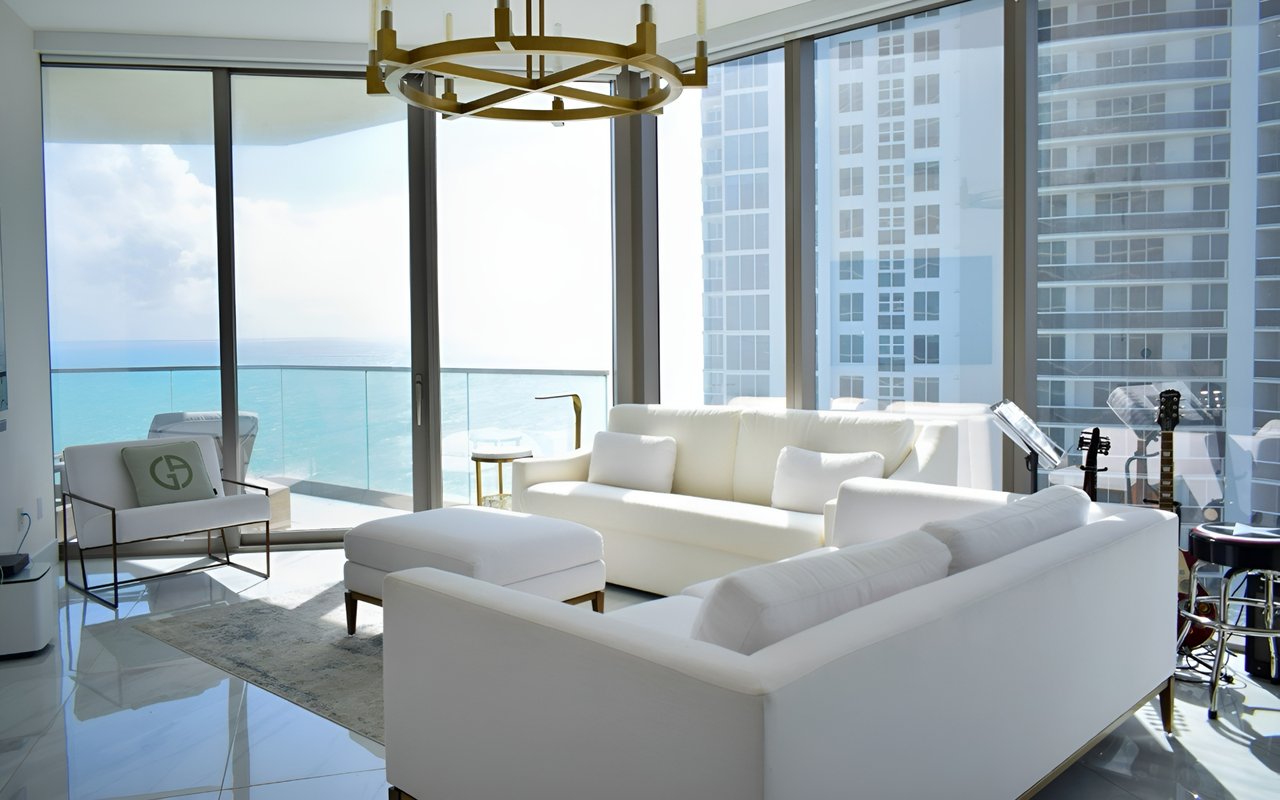
April 8, 2025
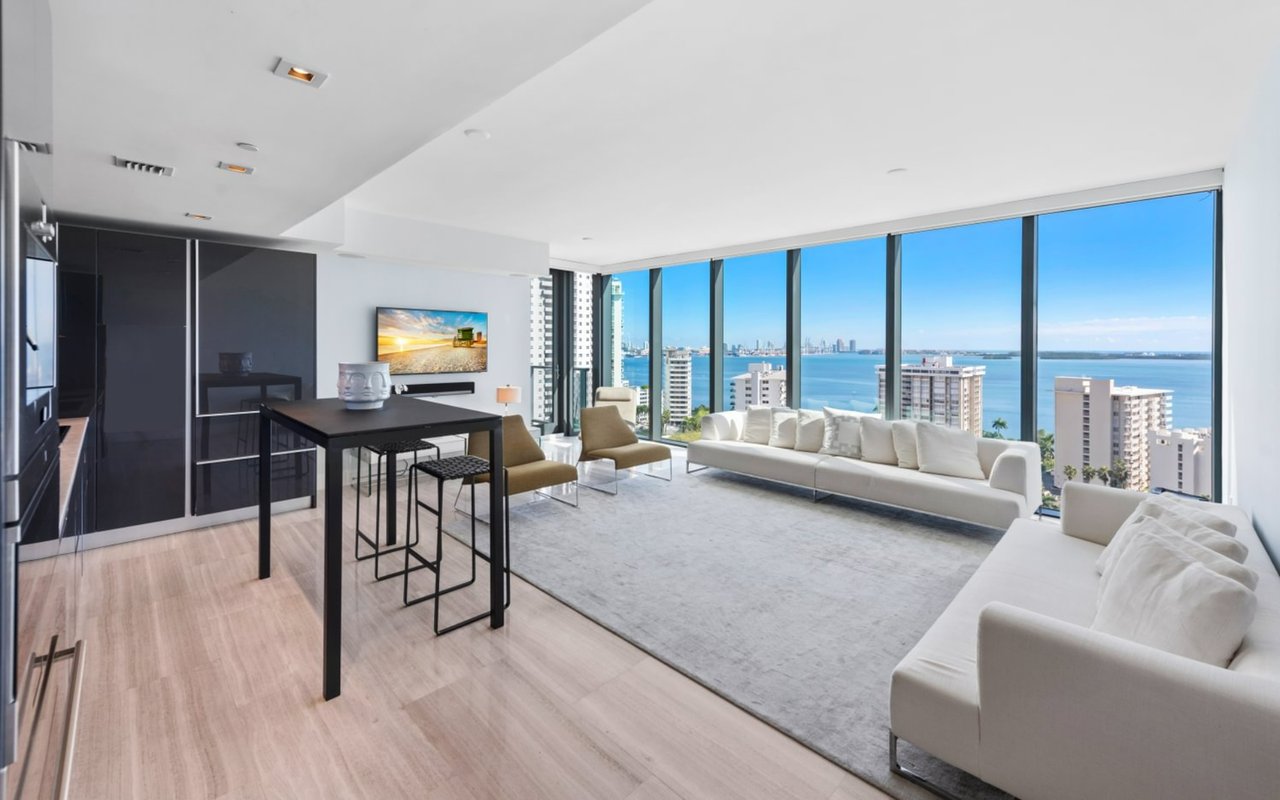
April 7, 2025

April 8, 2025
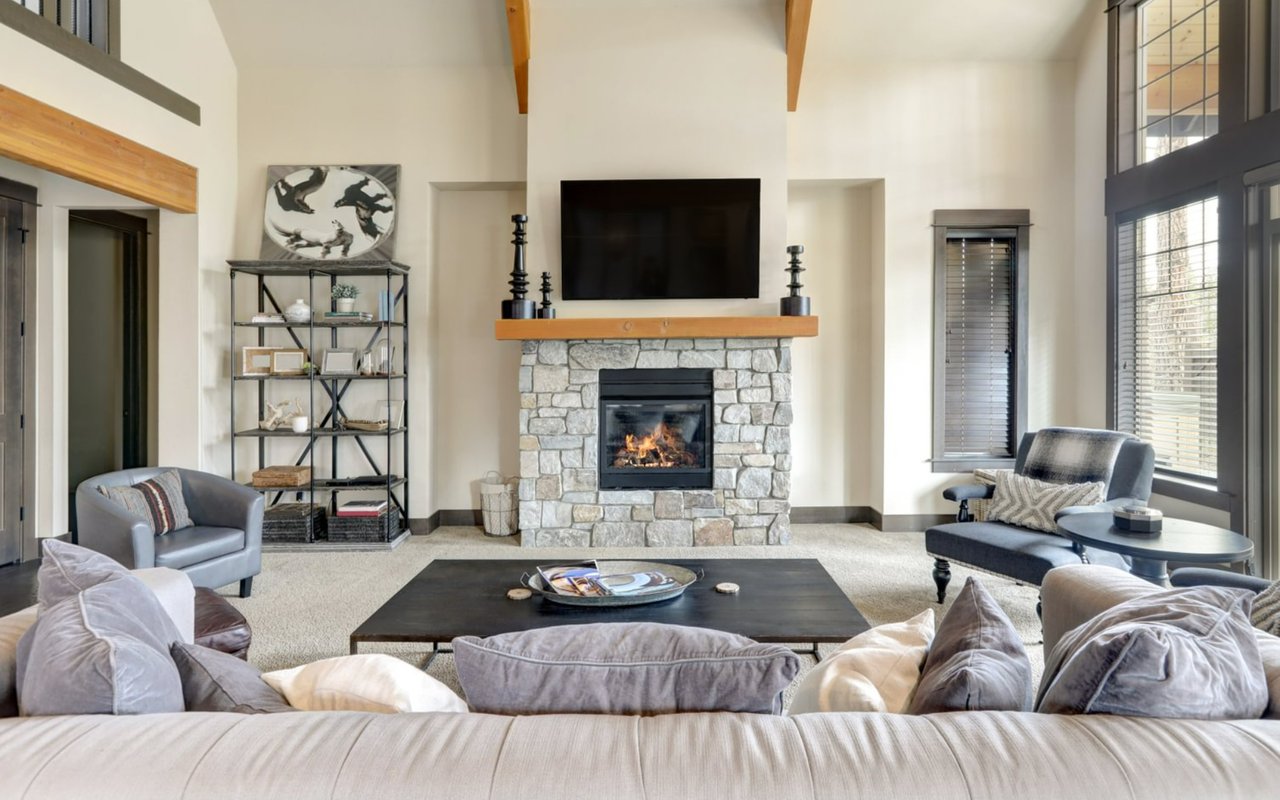
April 8, 2025
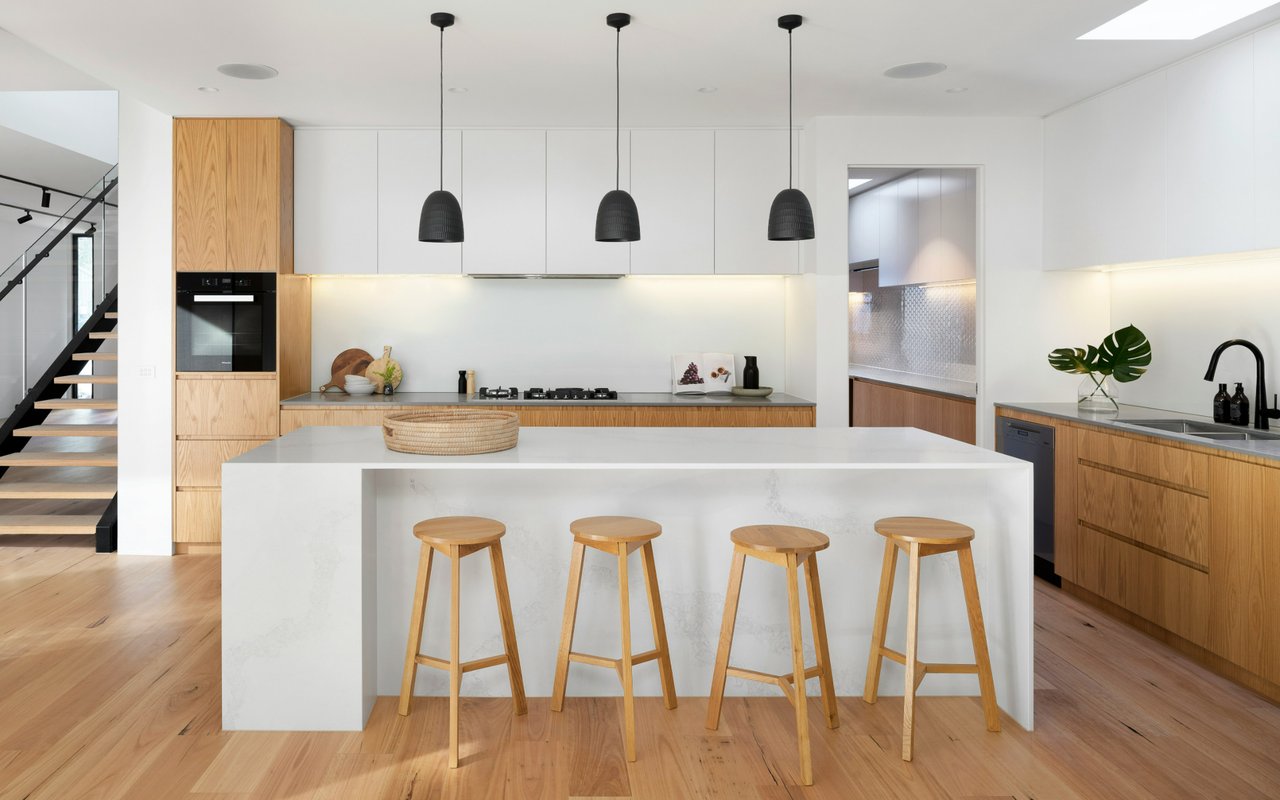
April 4, 2025
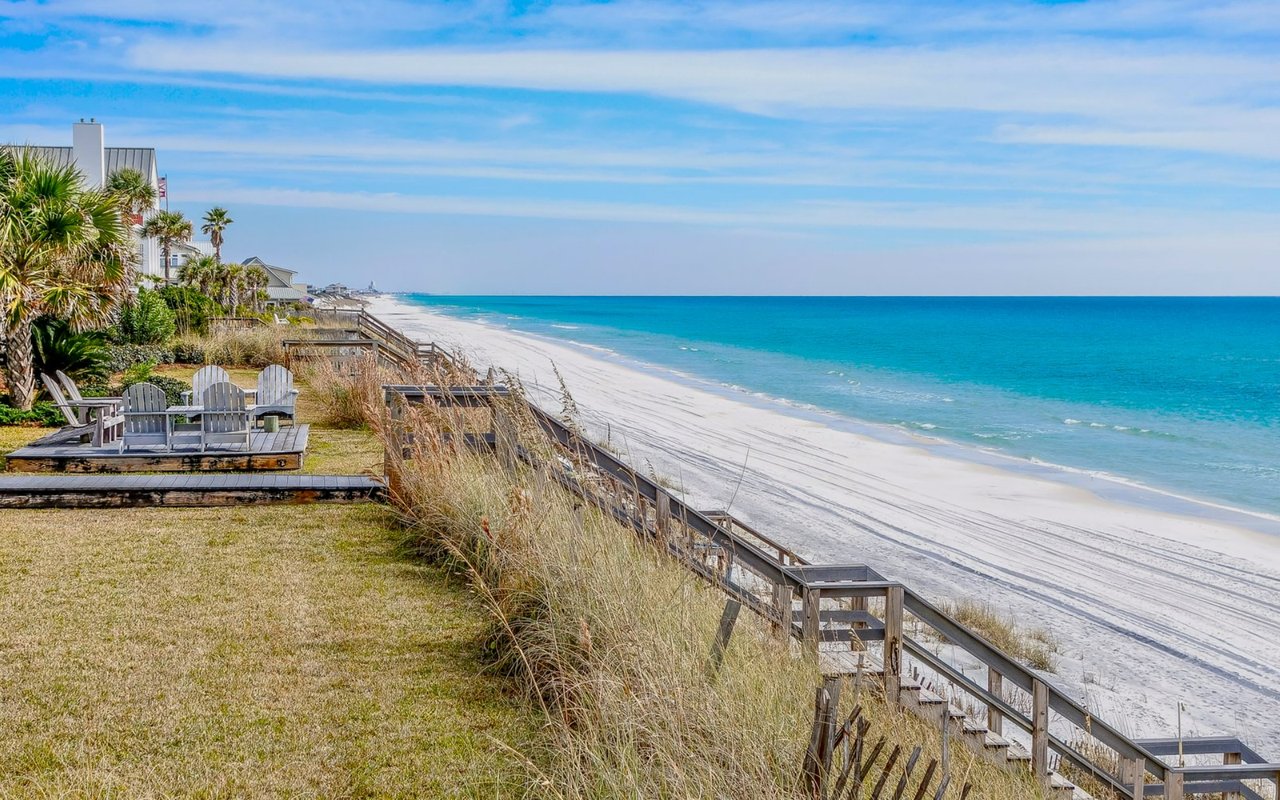
April 4, 2025
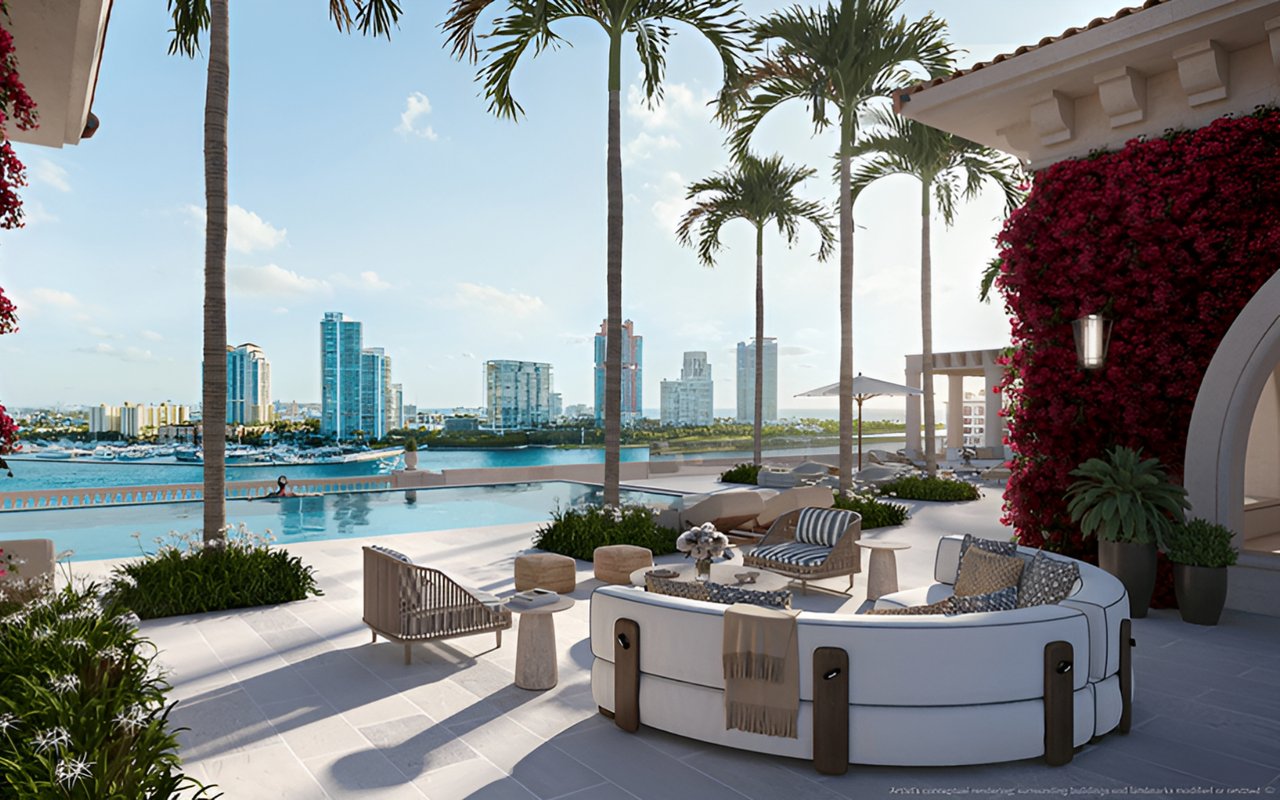
April 4, 2025
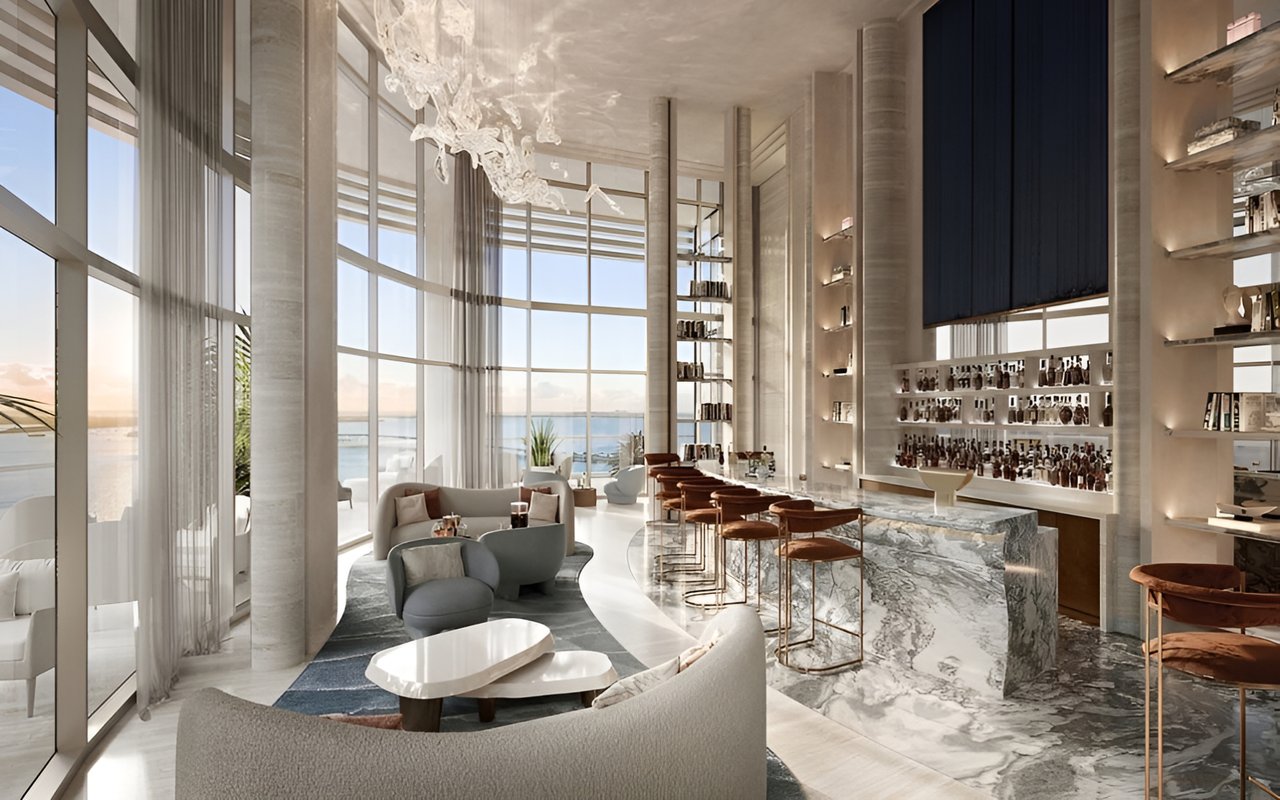
April 4, 2025
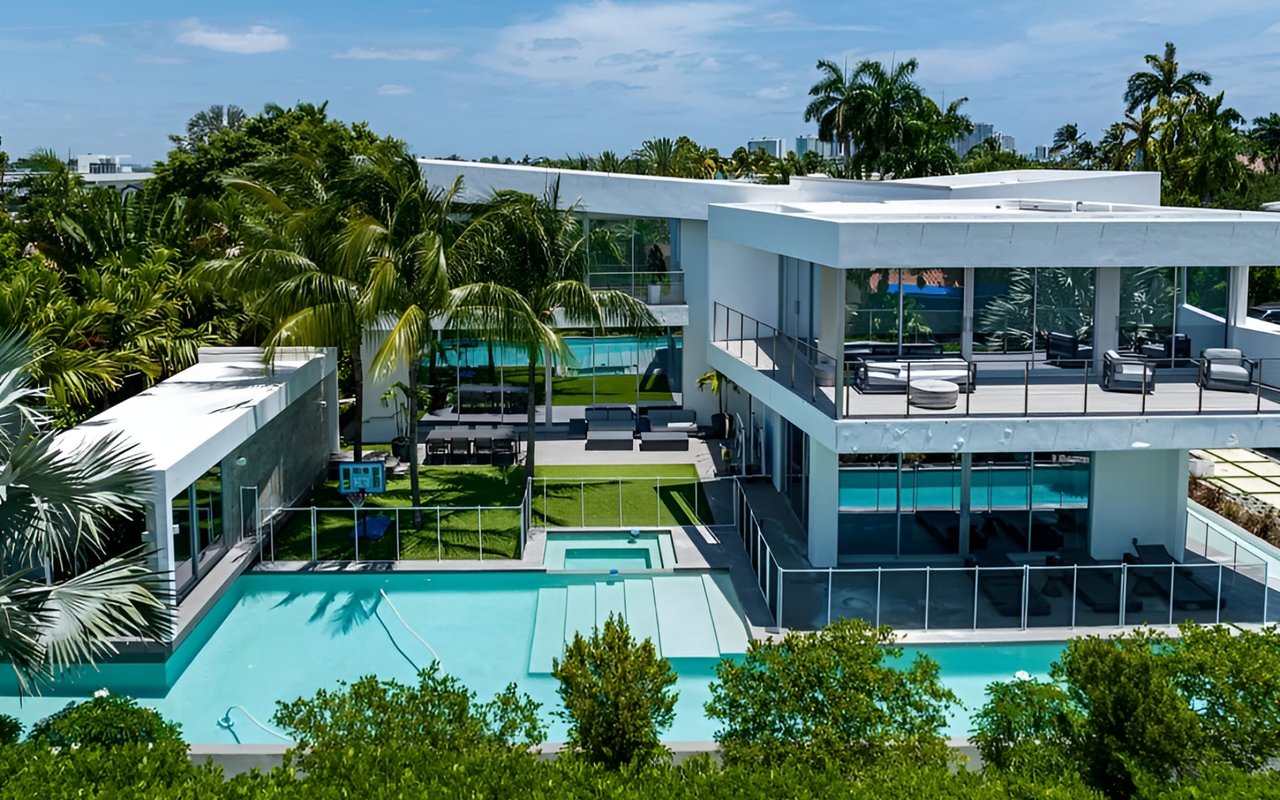
April 4, 2025
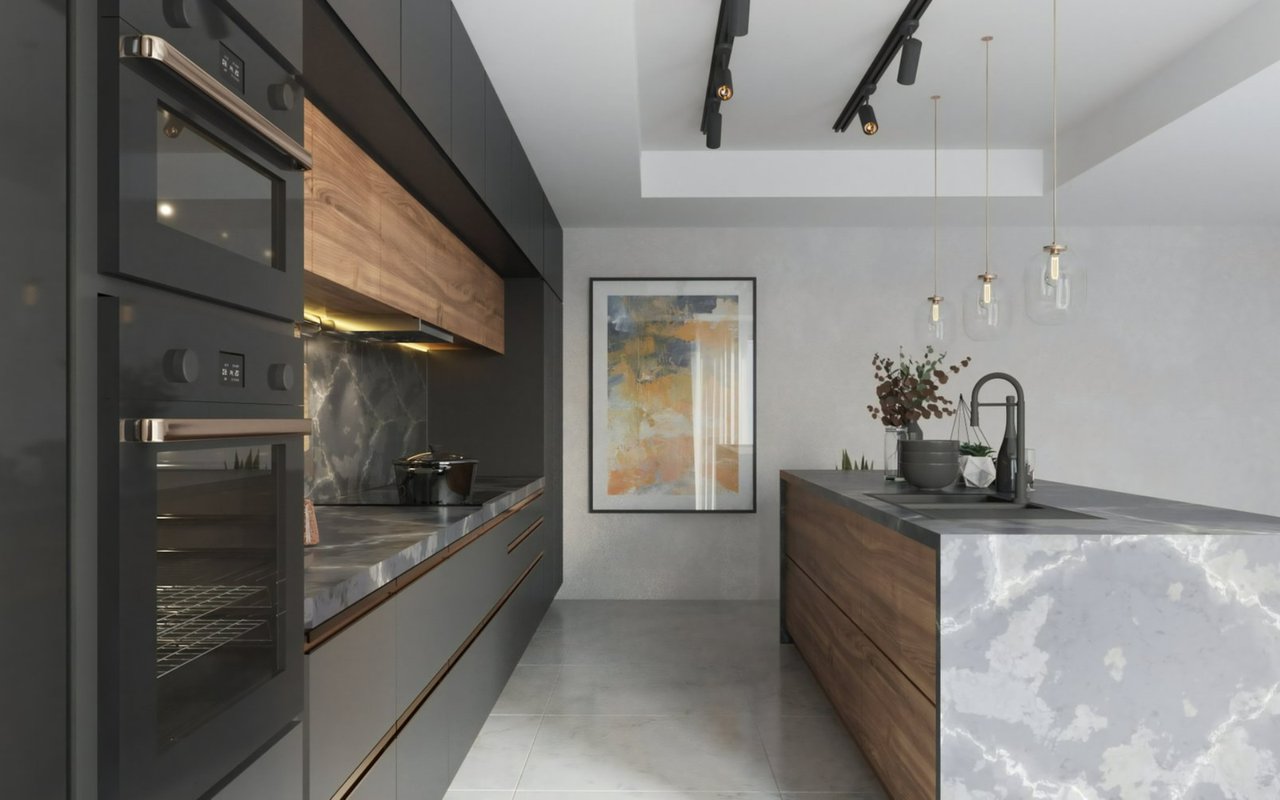
April 4, 2025
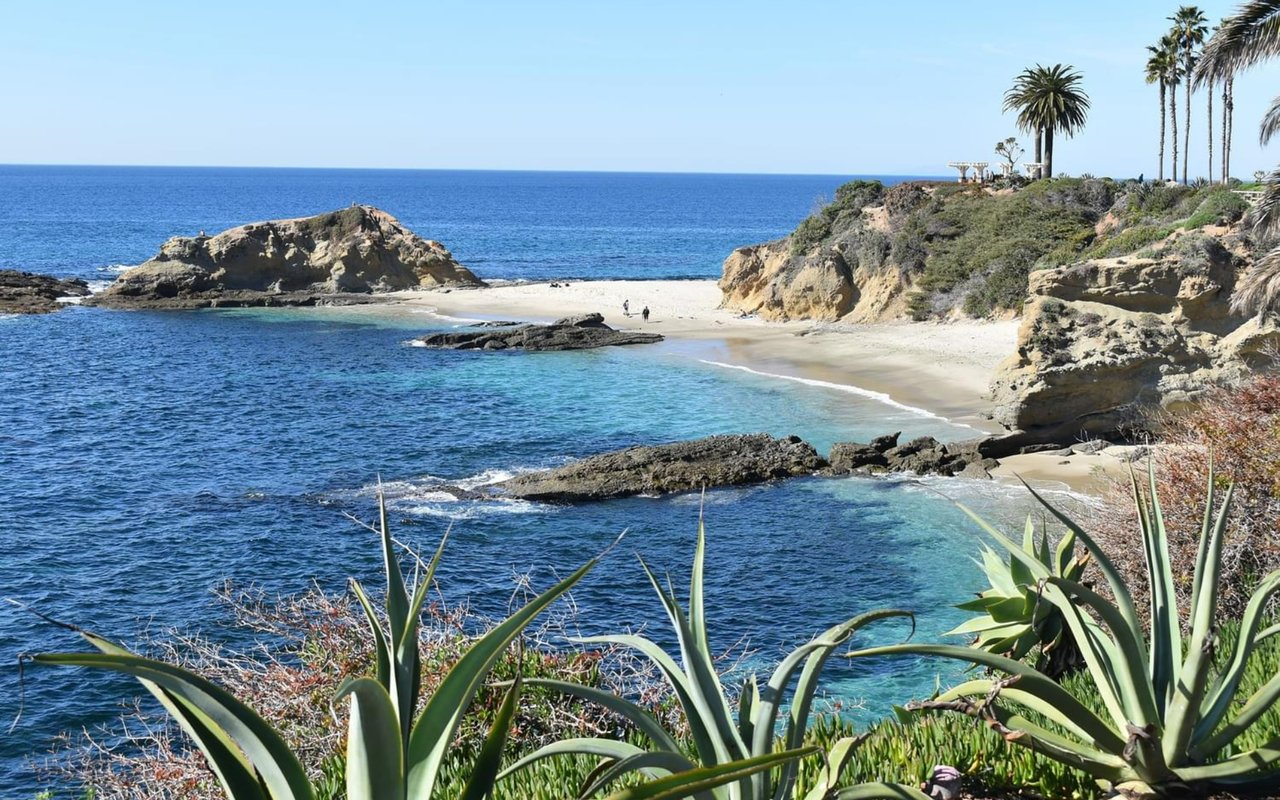
April 4, 2025
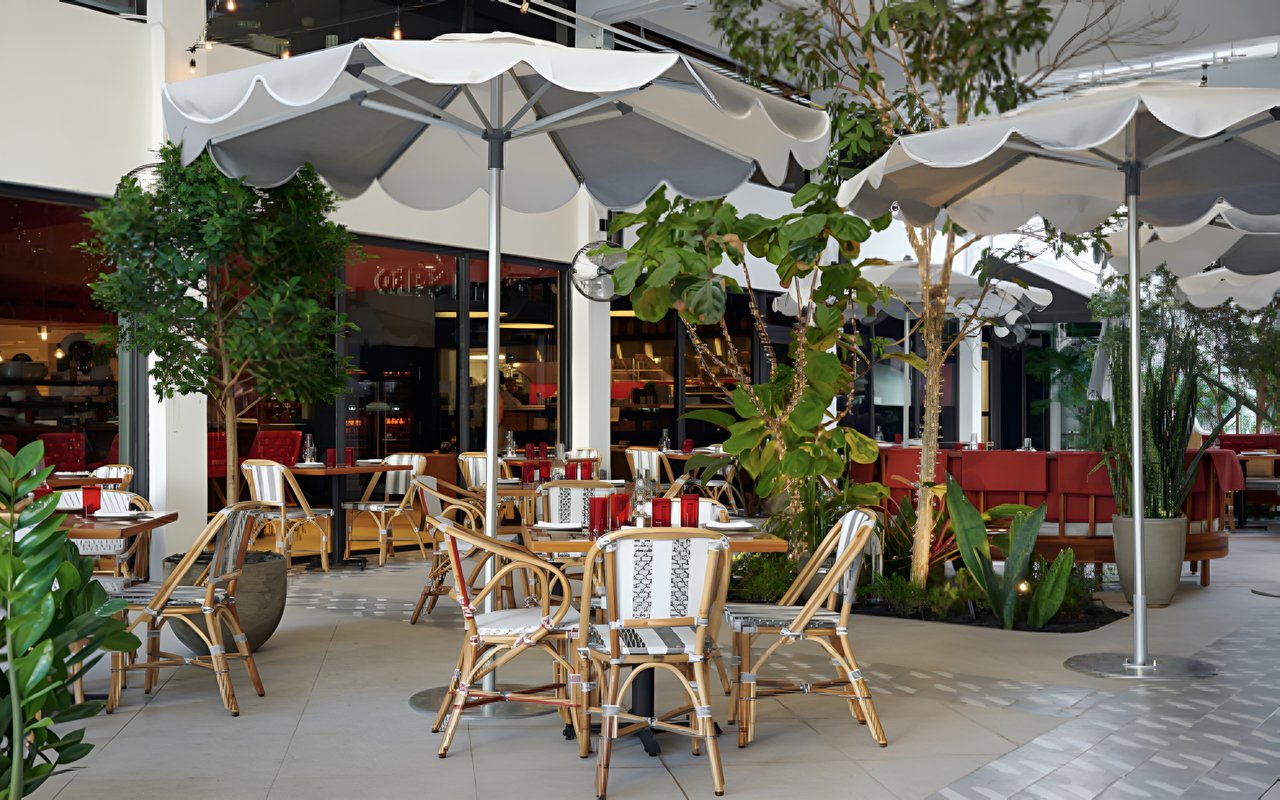
April 4, 2025
Stay up-to-date with exclusive news and market updates in Miami, FL.
Call or email and we will go to work the second we hear from you. We are always happy to offer our no-cost, no-obligation discussion to answer all your questions. Find out why thousands of Miami residents insist on working with Brosda & Bentley Realtors.

20200 W Dixie Hwy #604 Miami FL 33180
20200 W Dixie Hwy #604 Miami FL 33180
